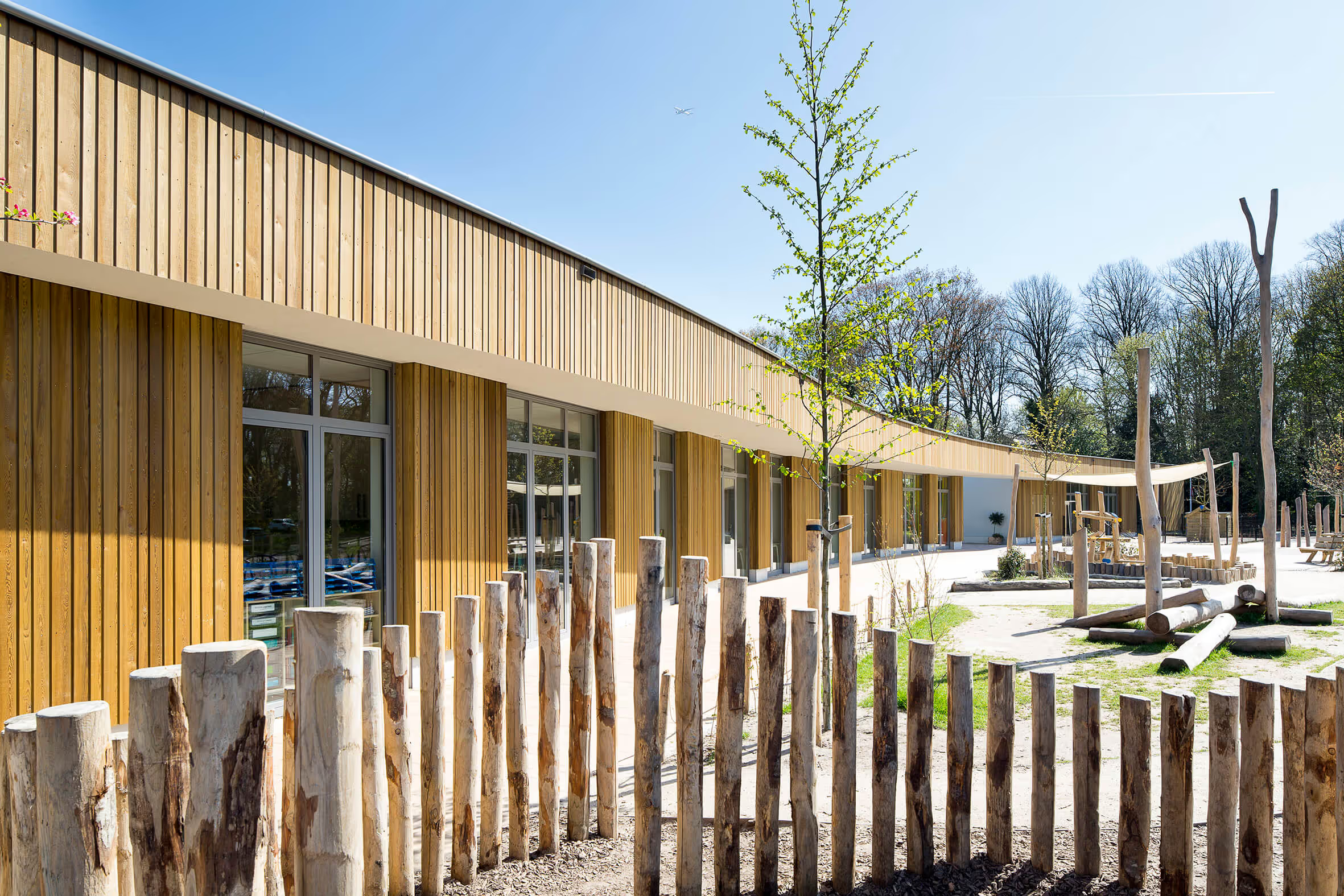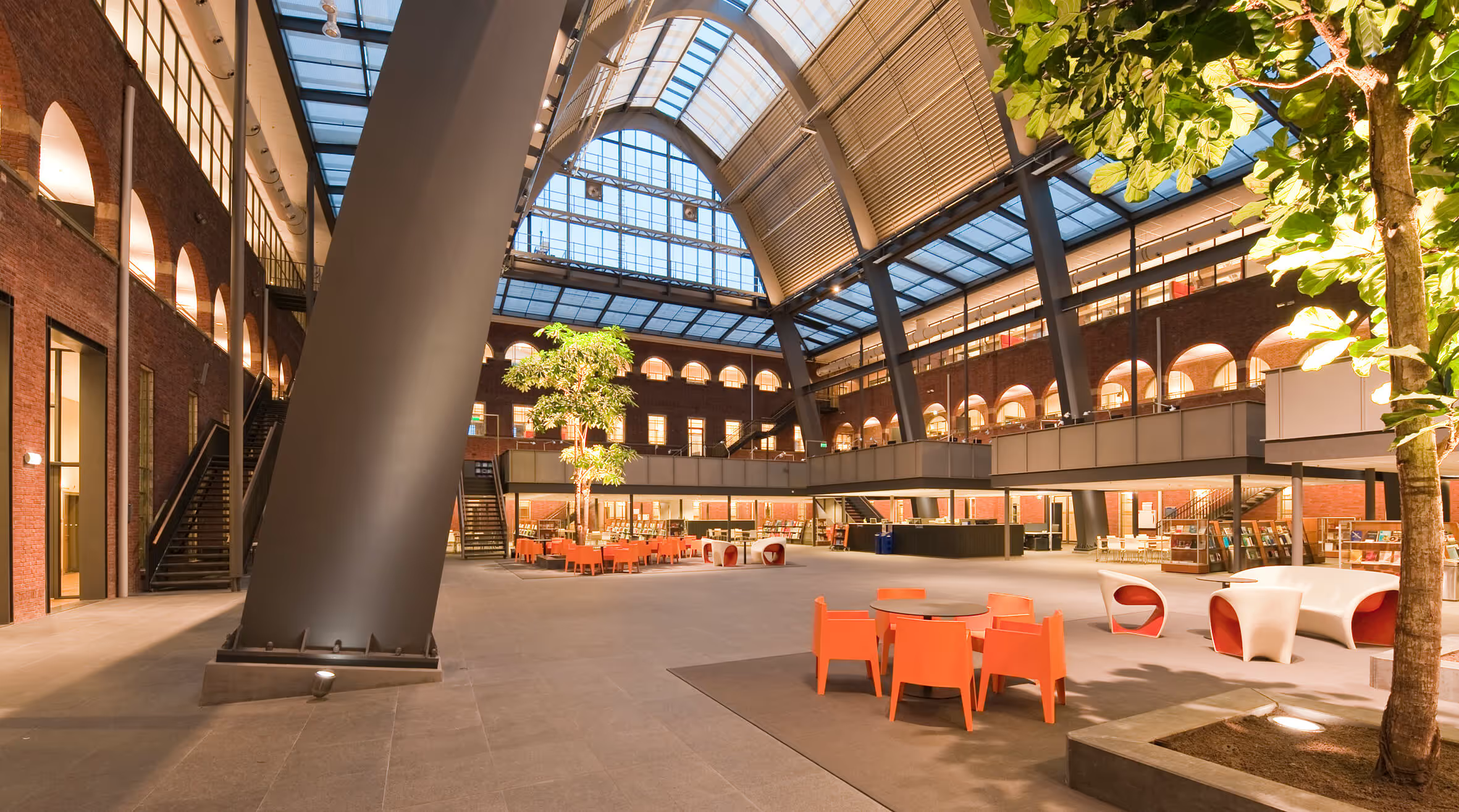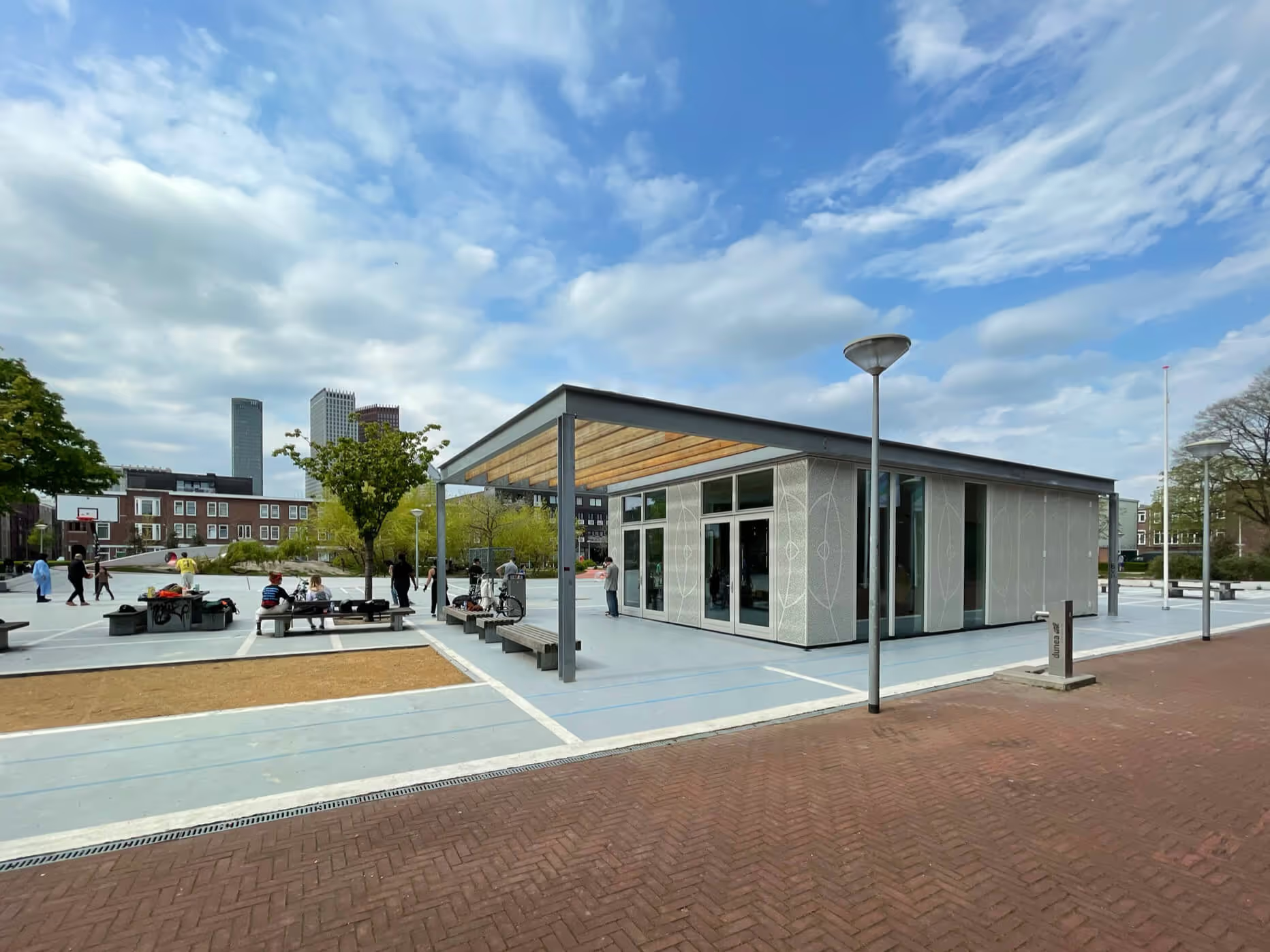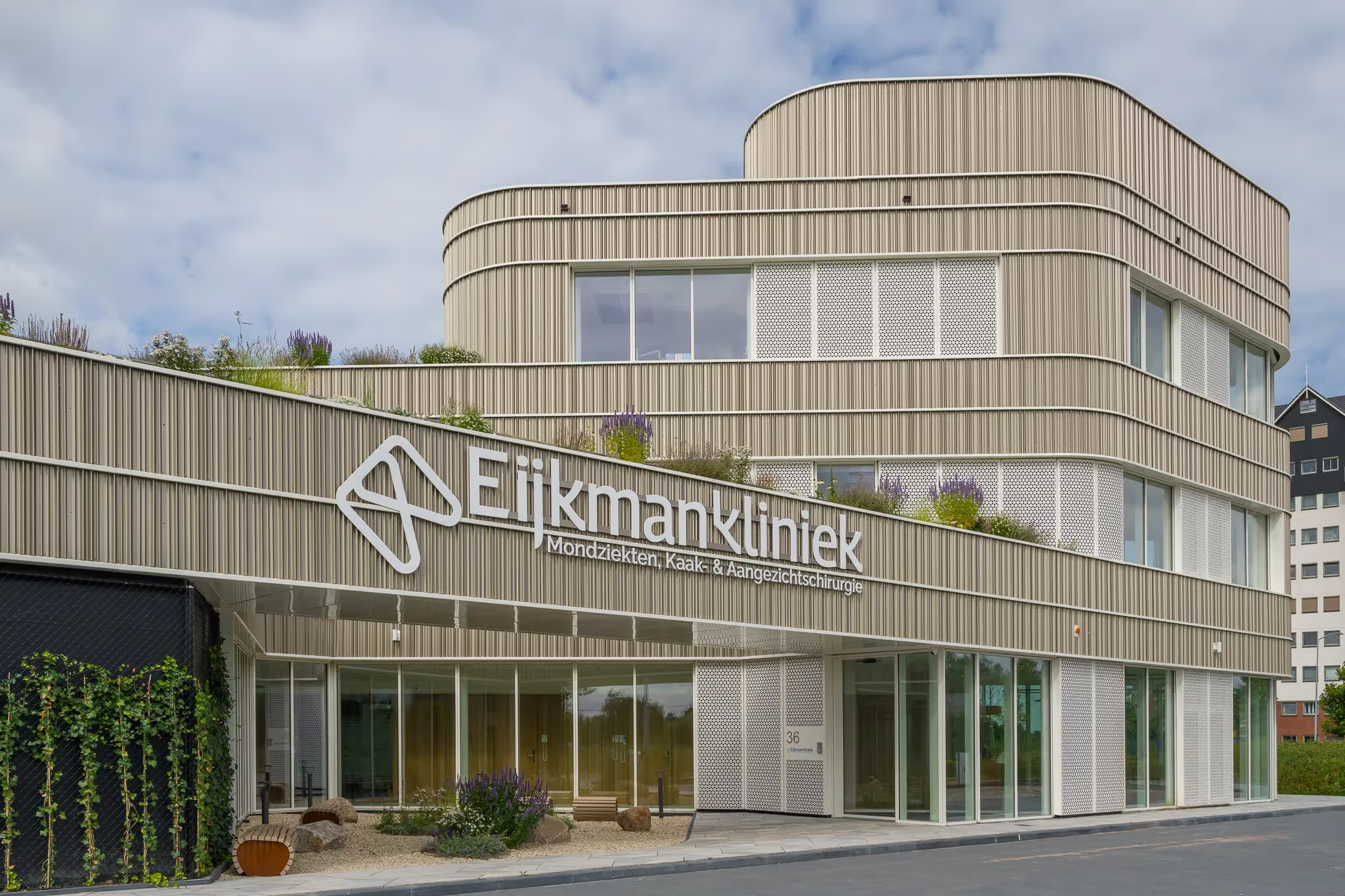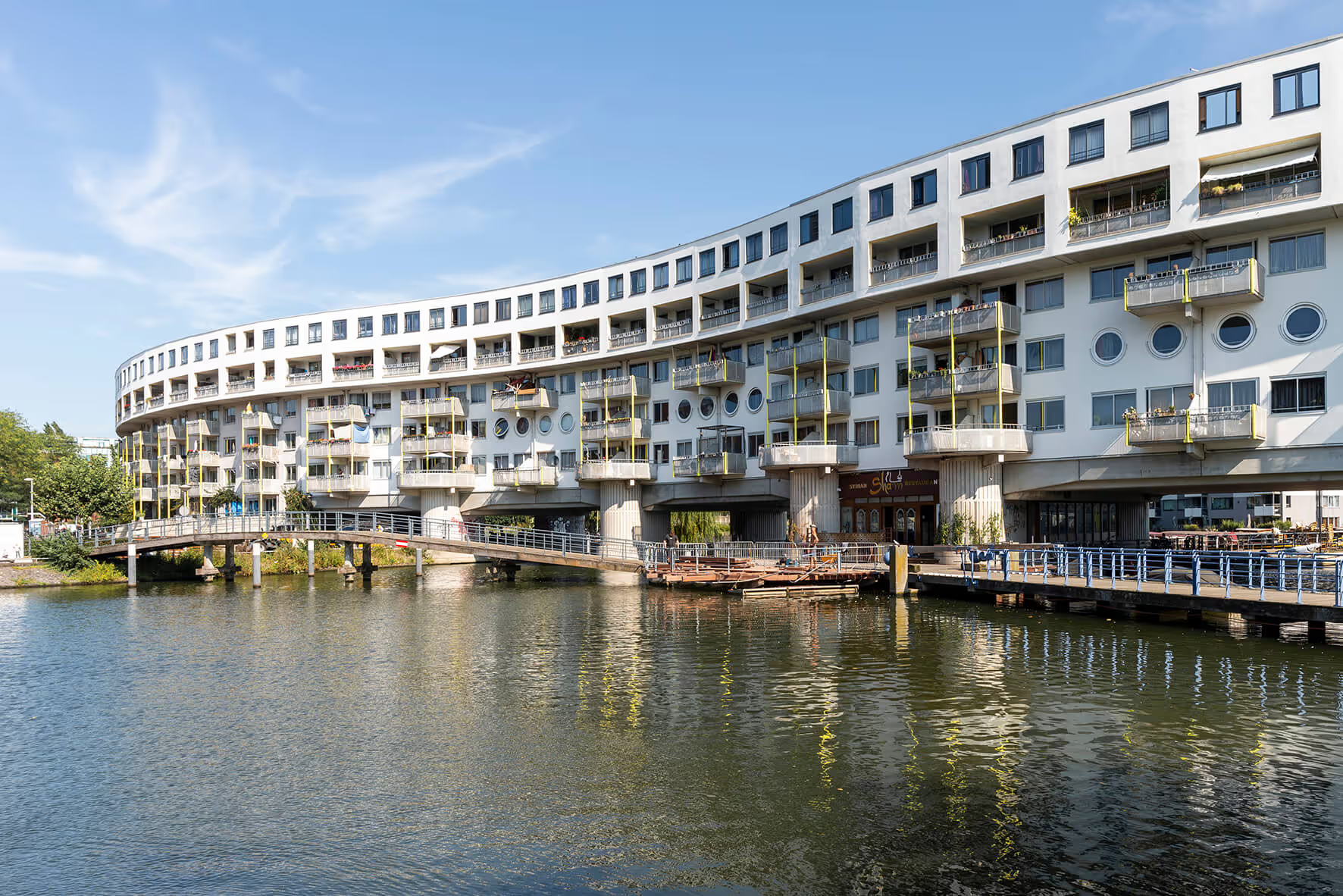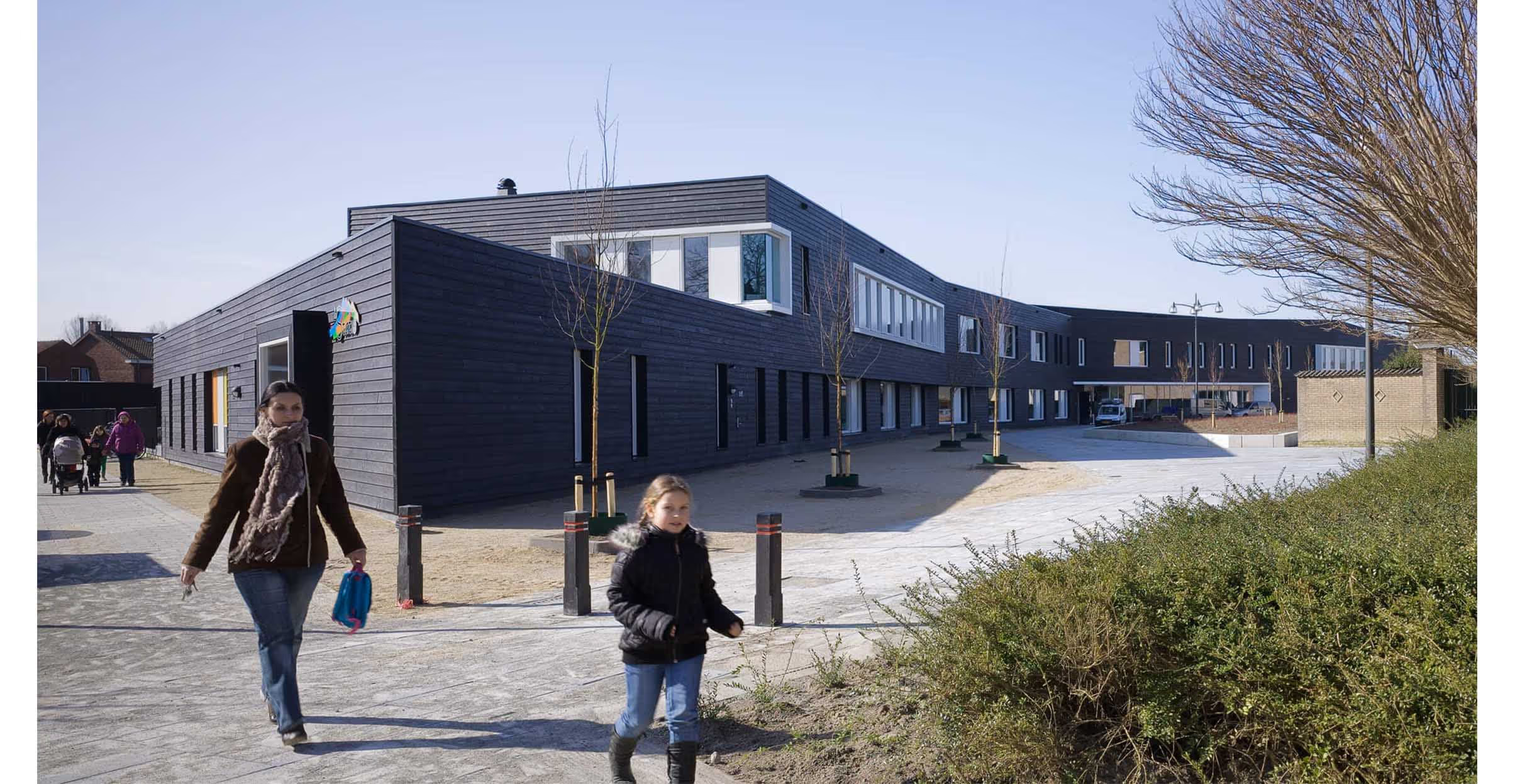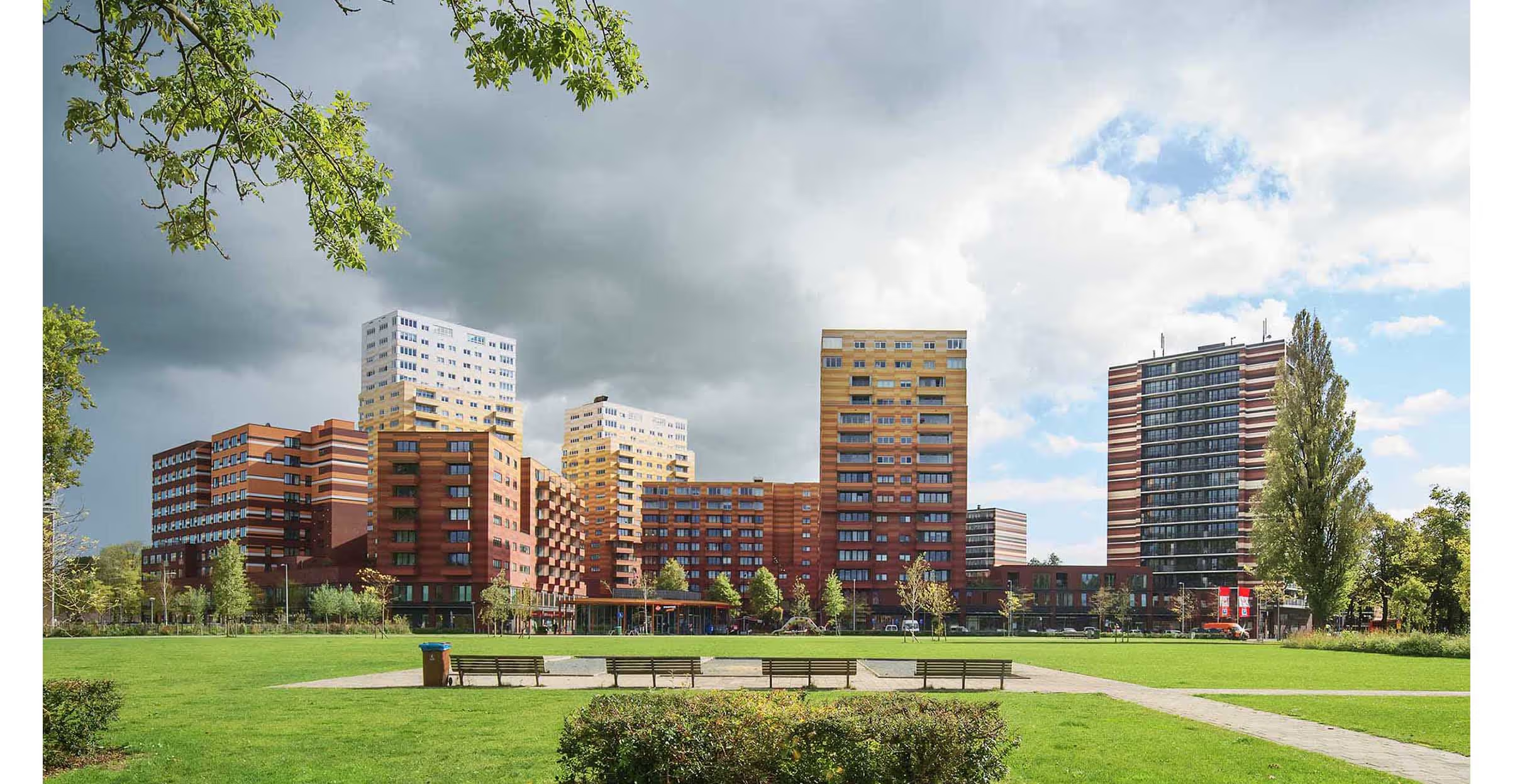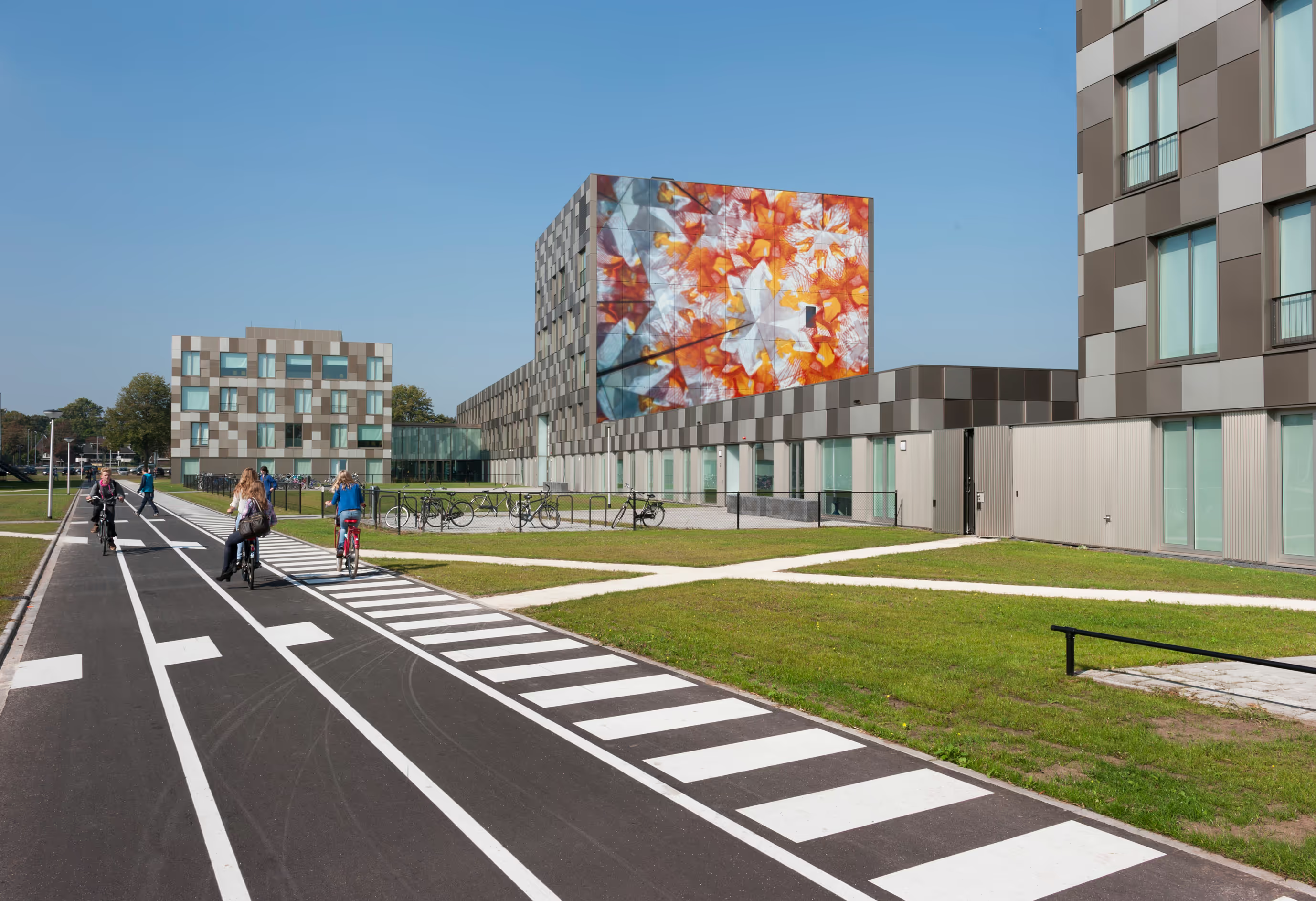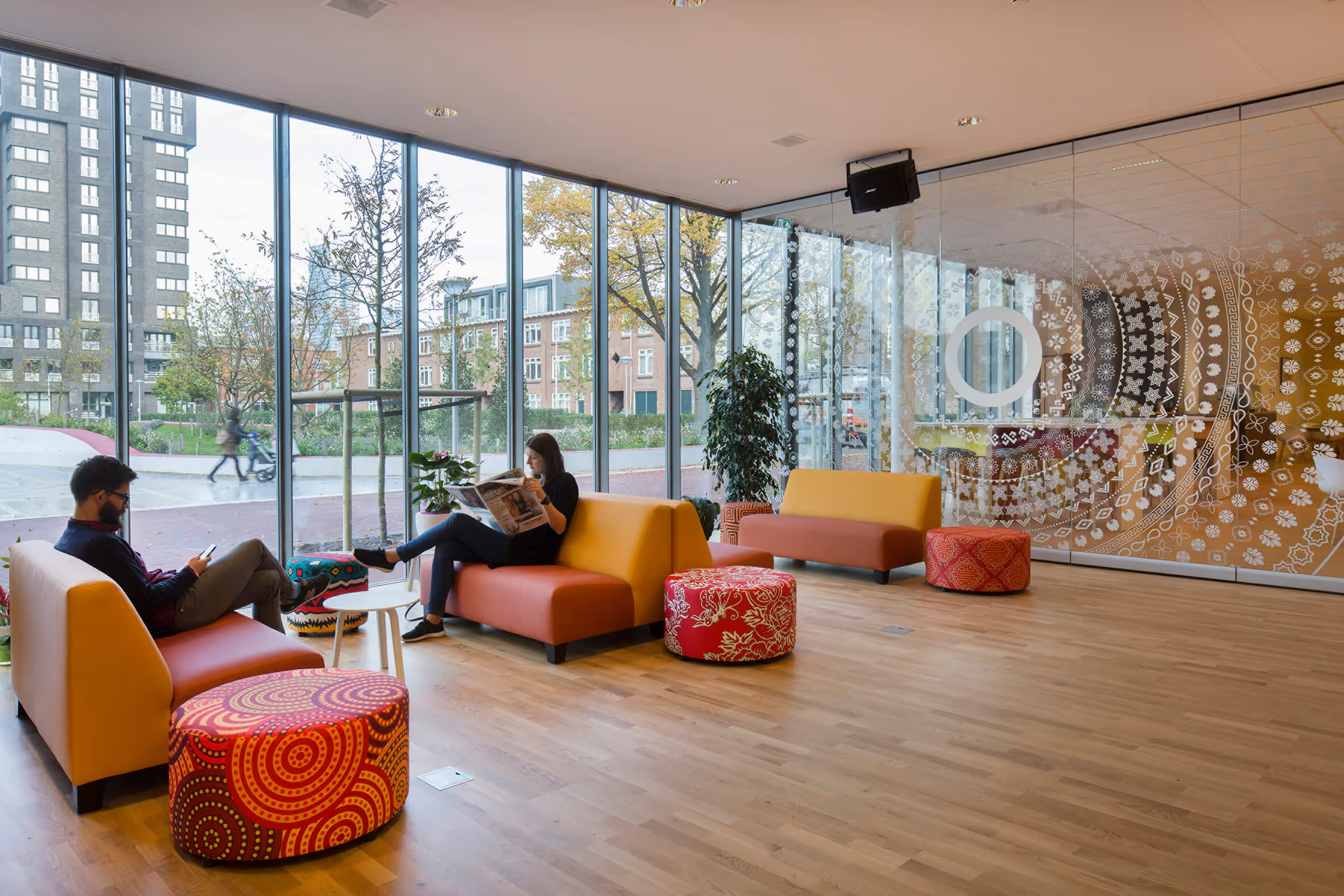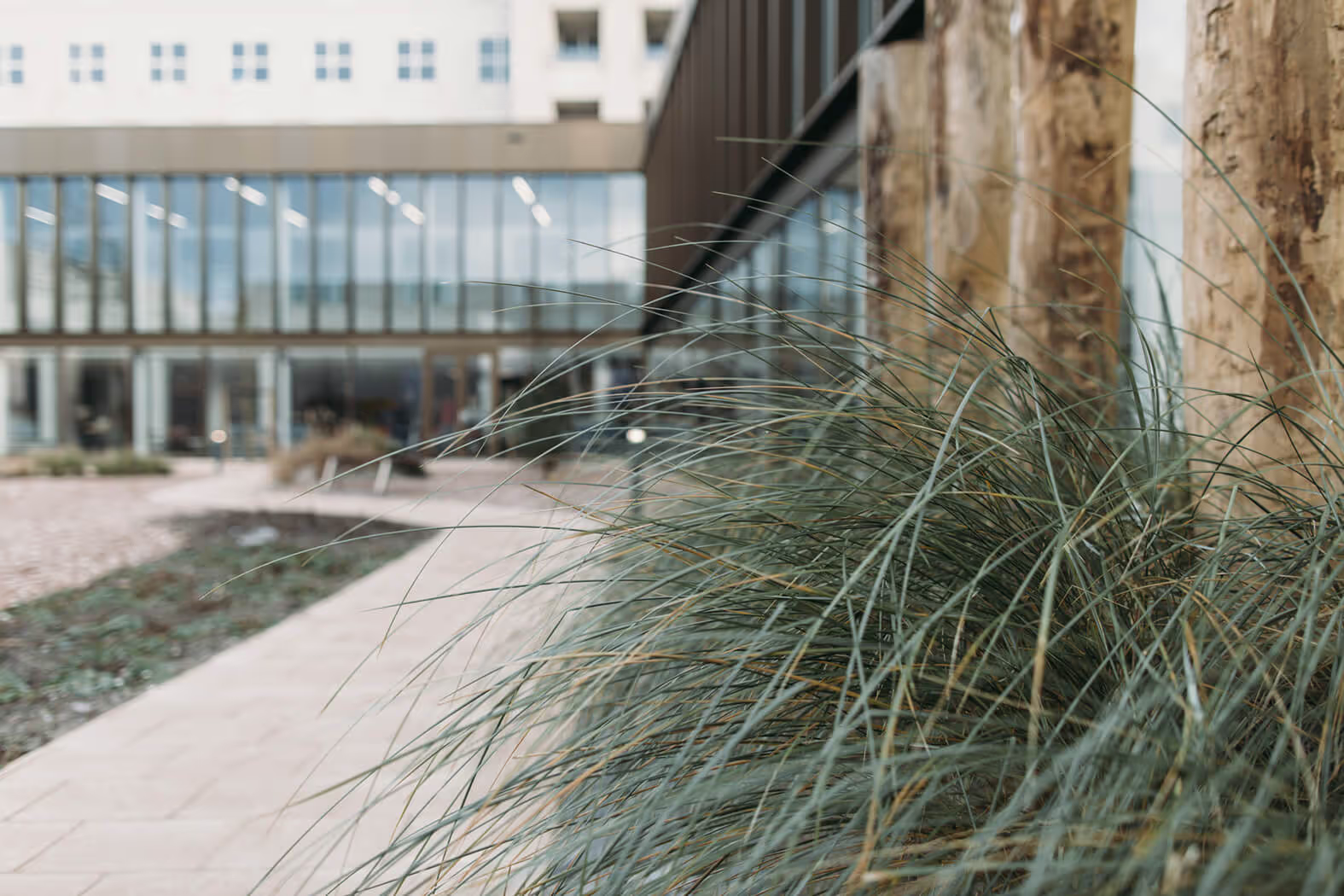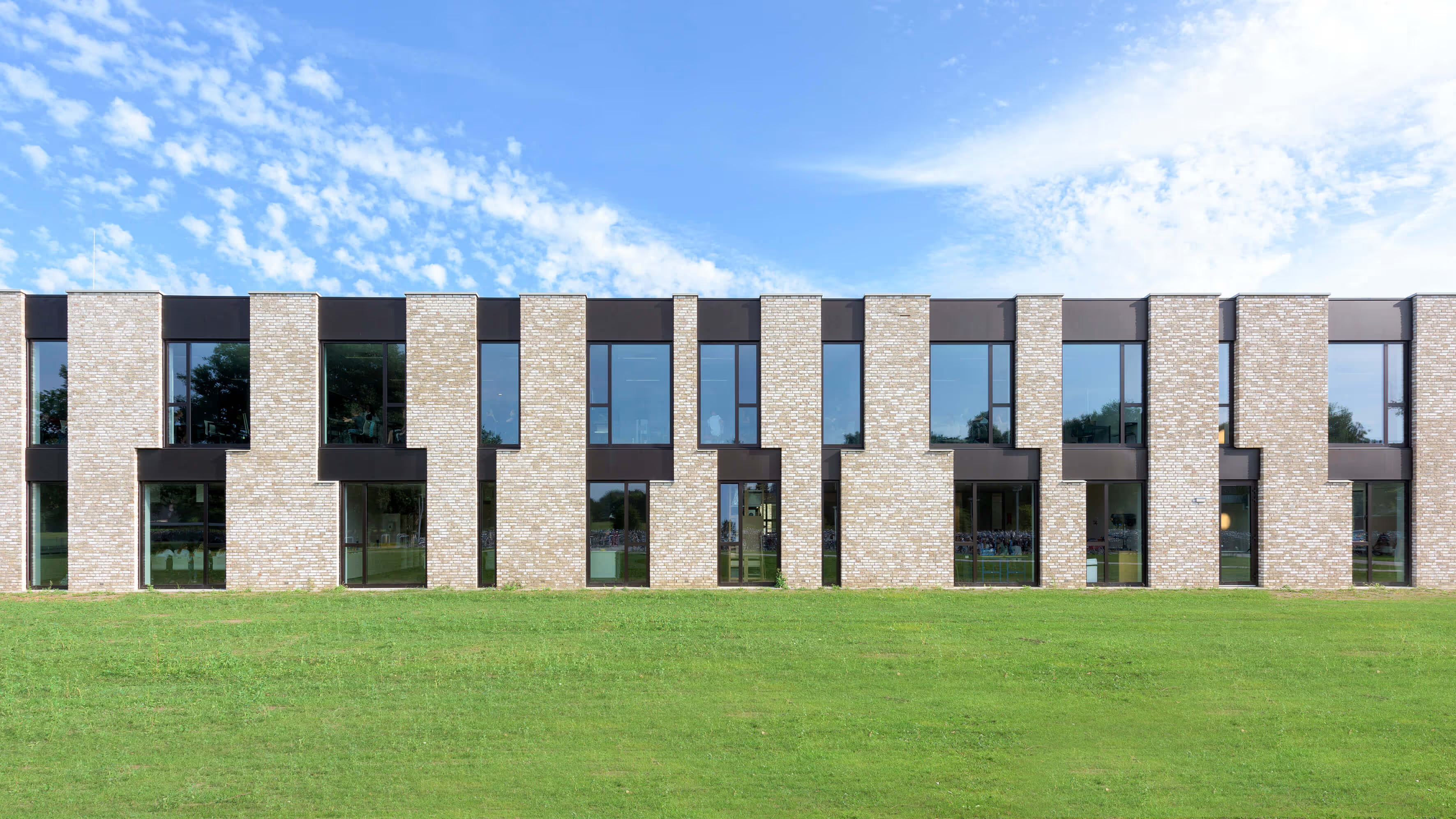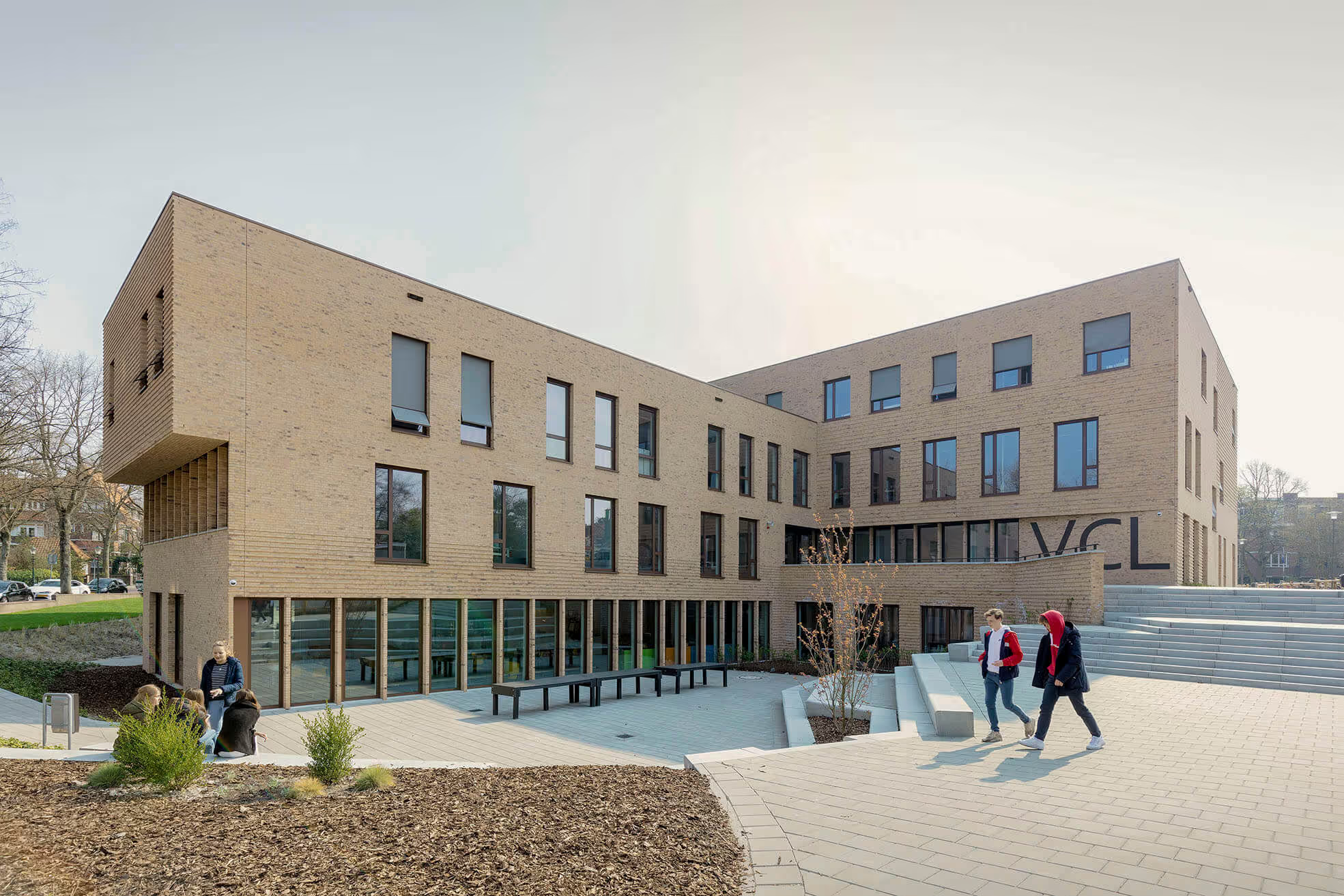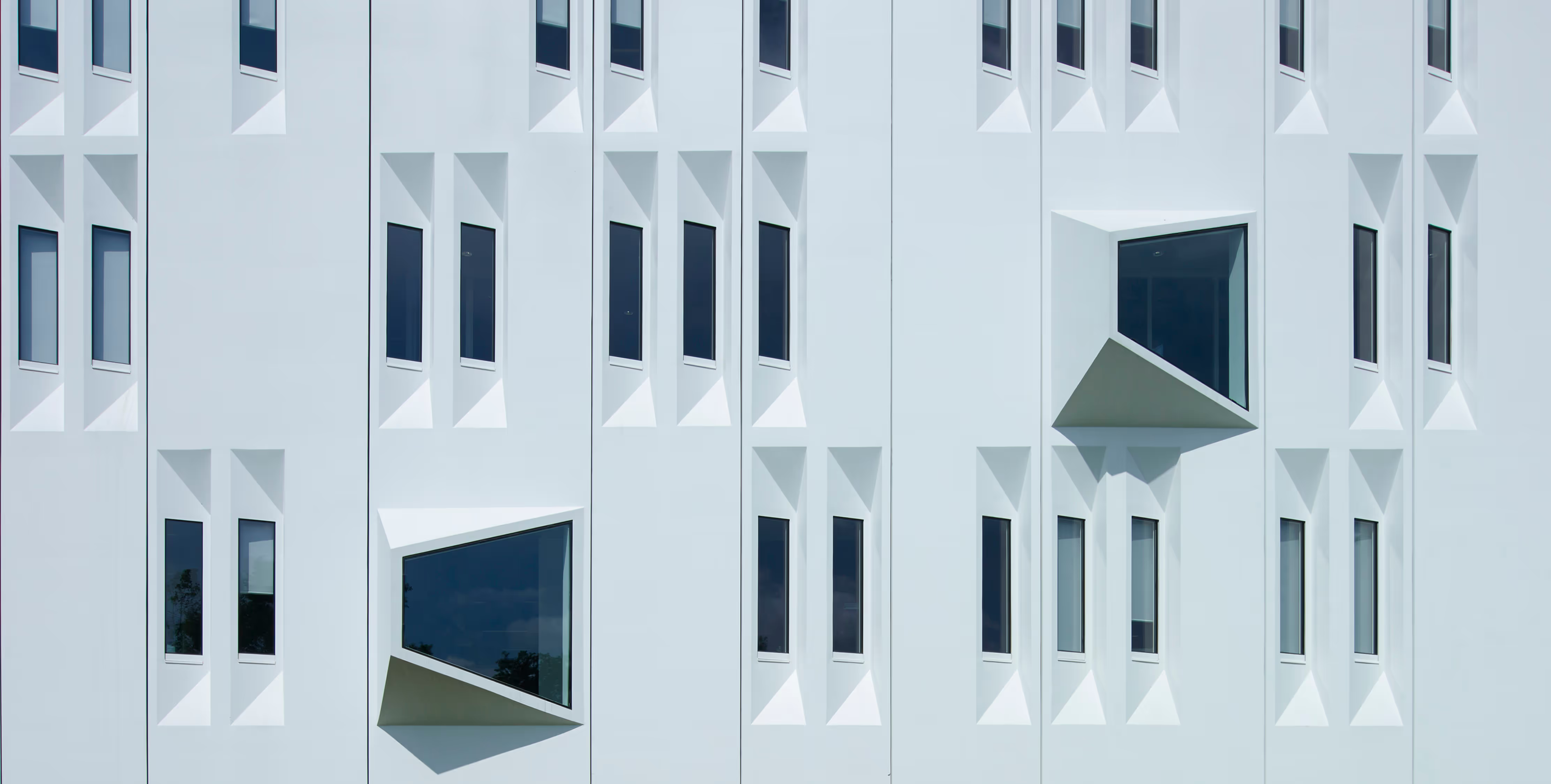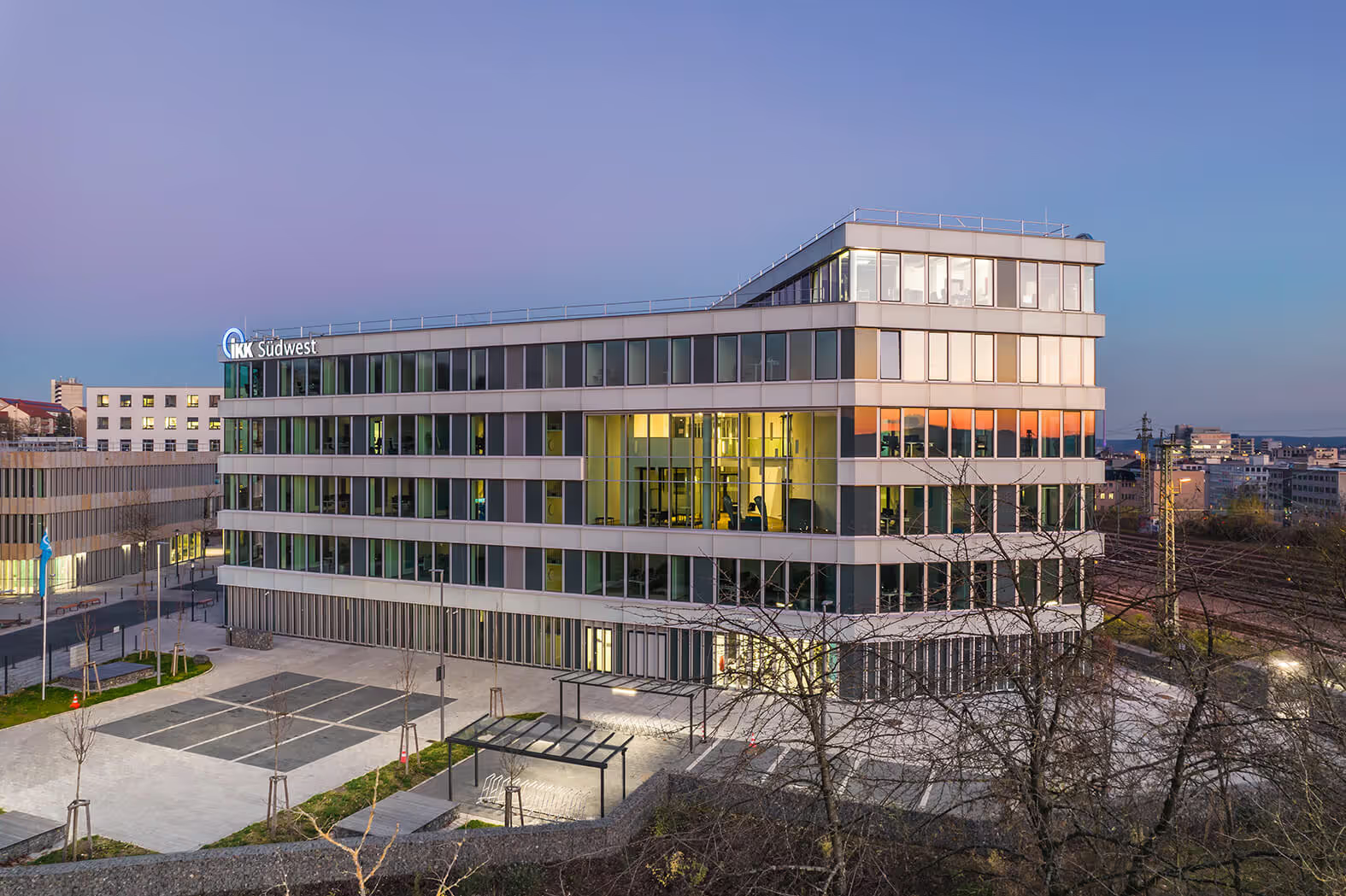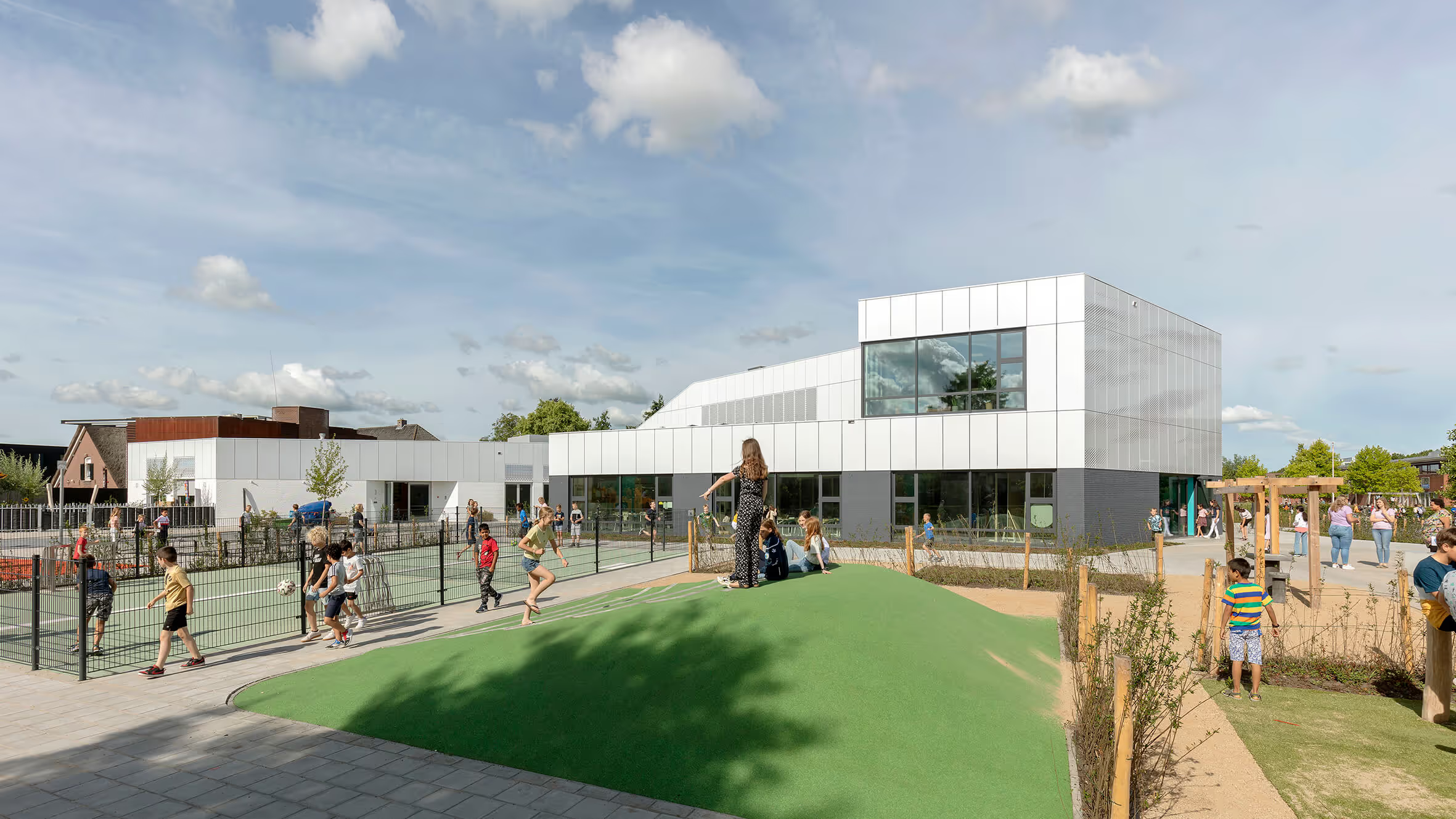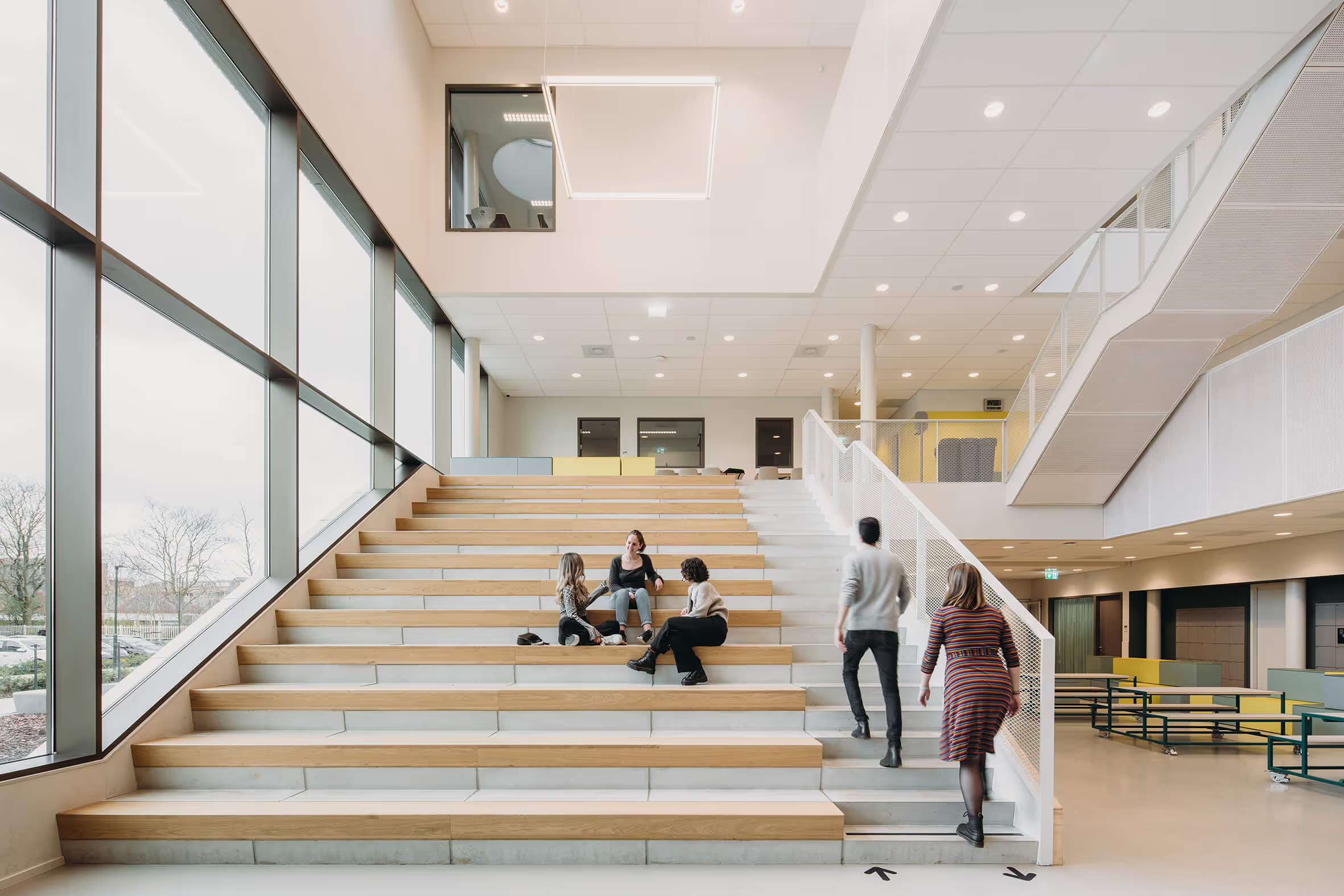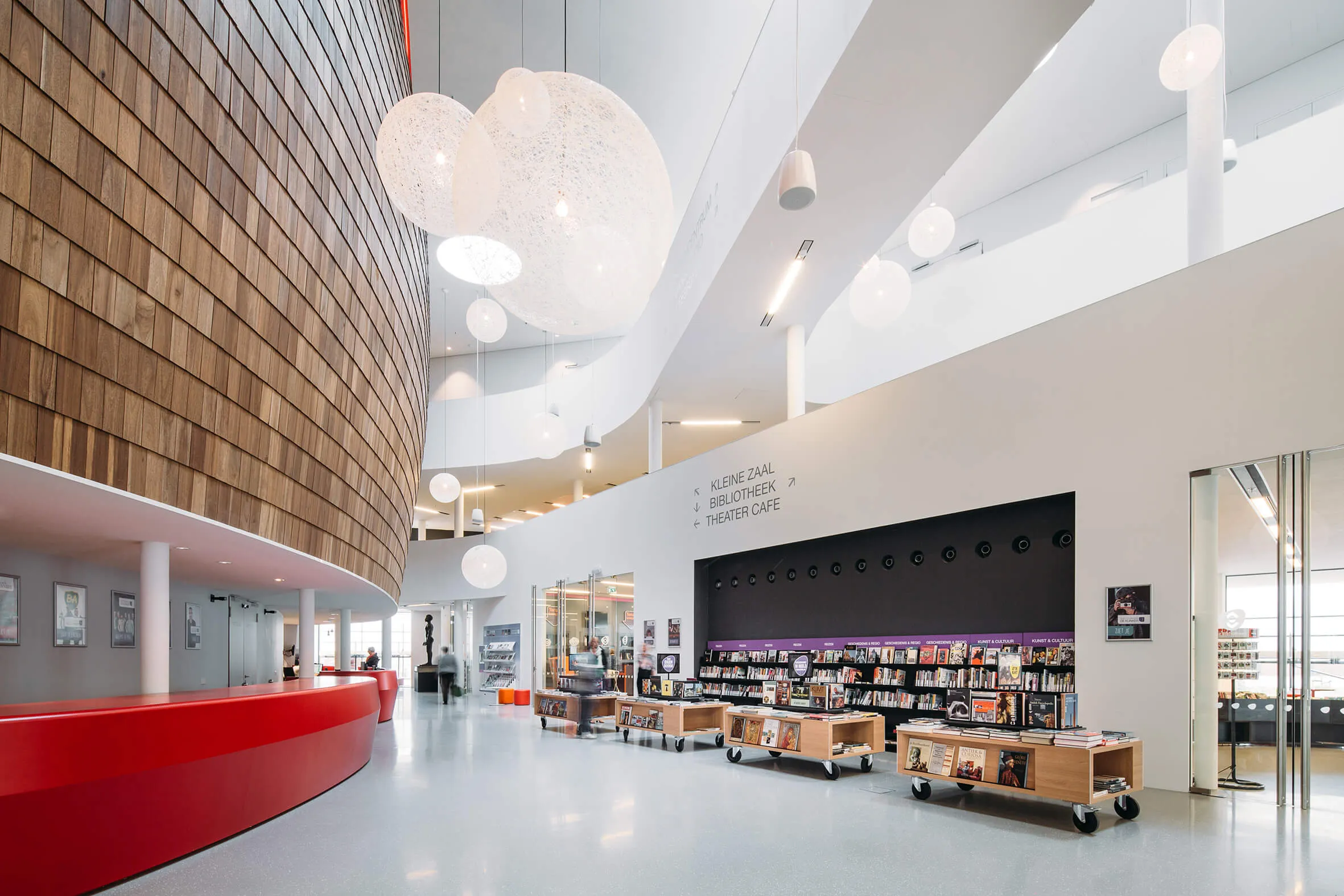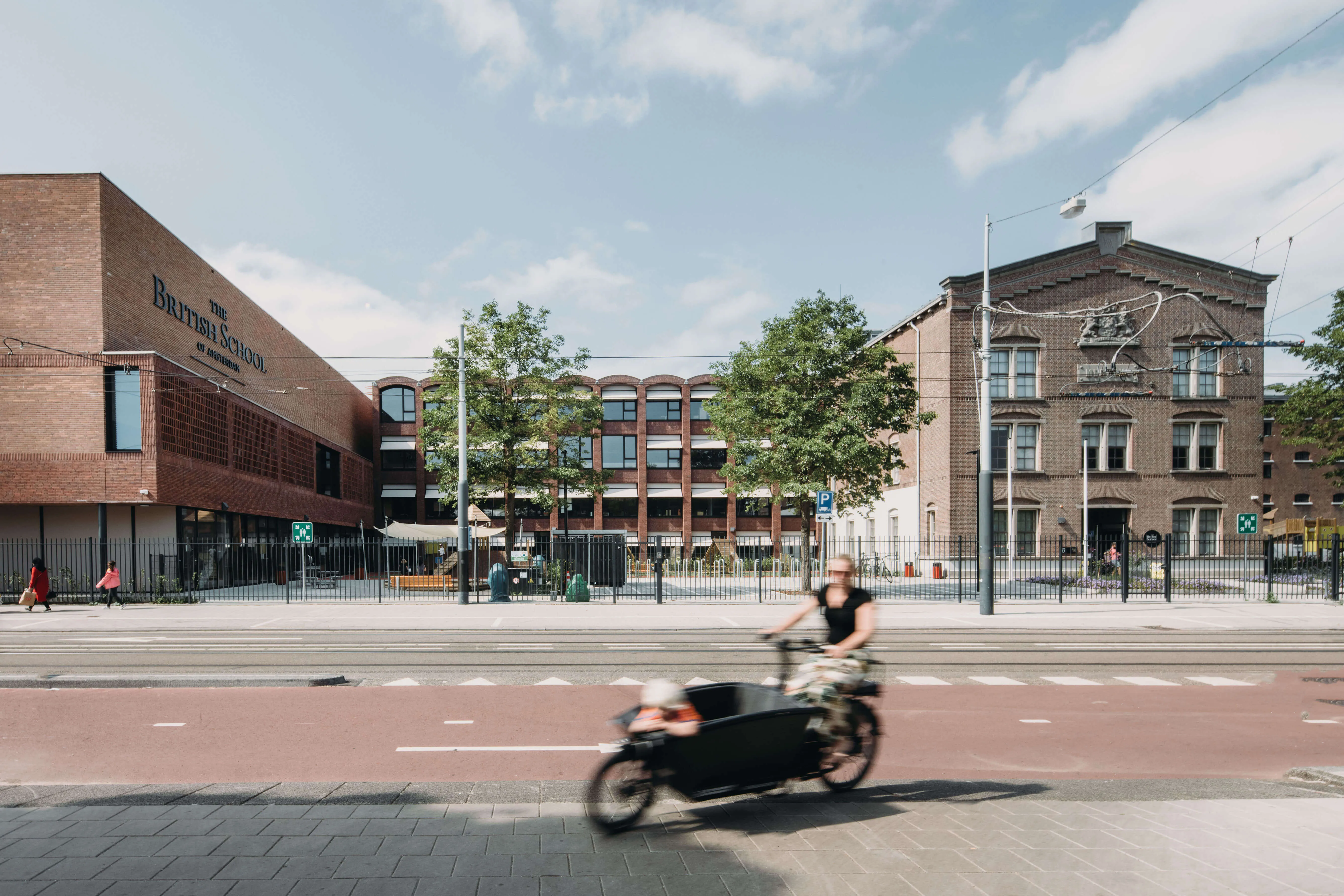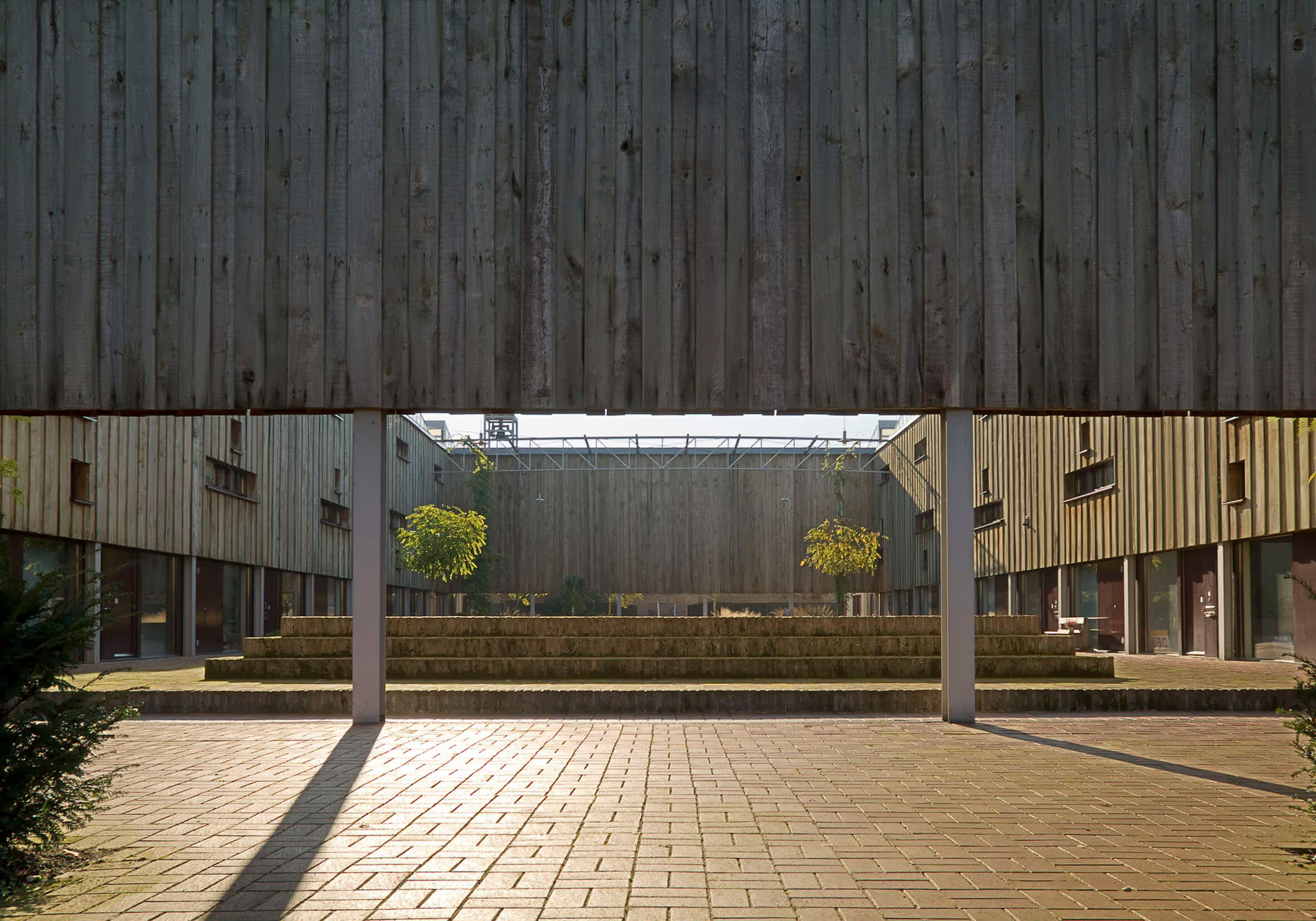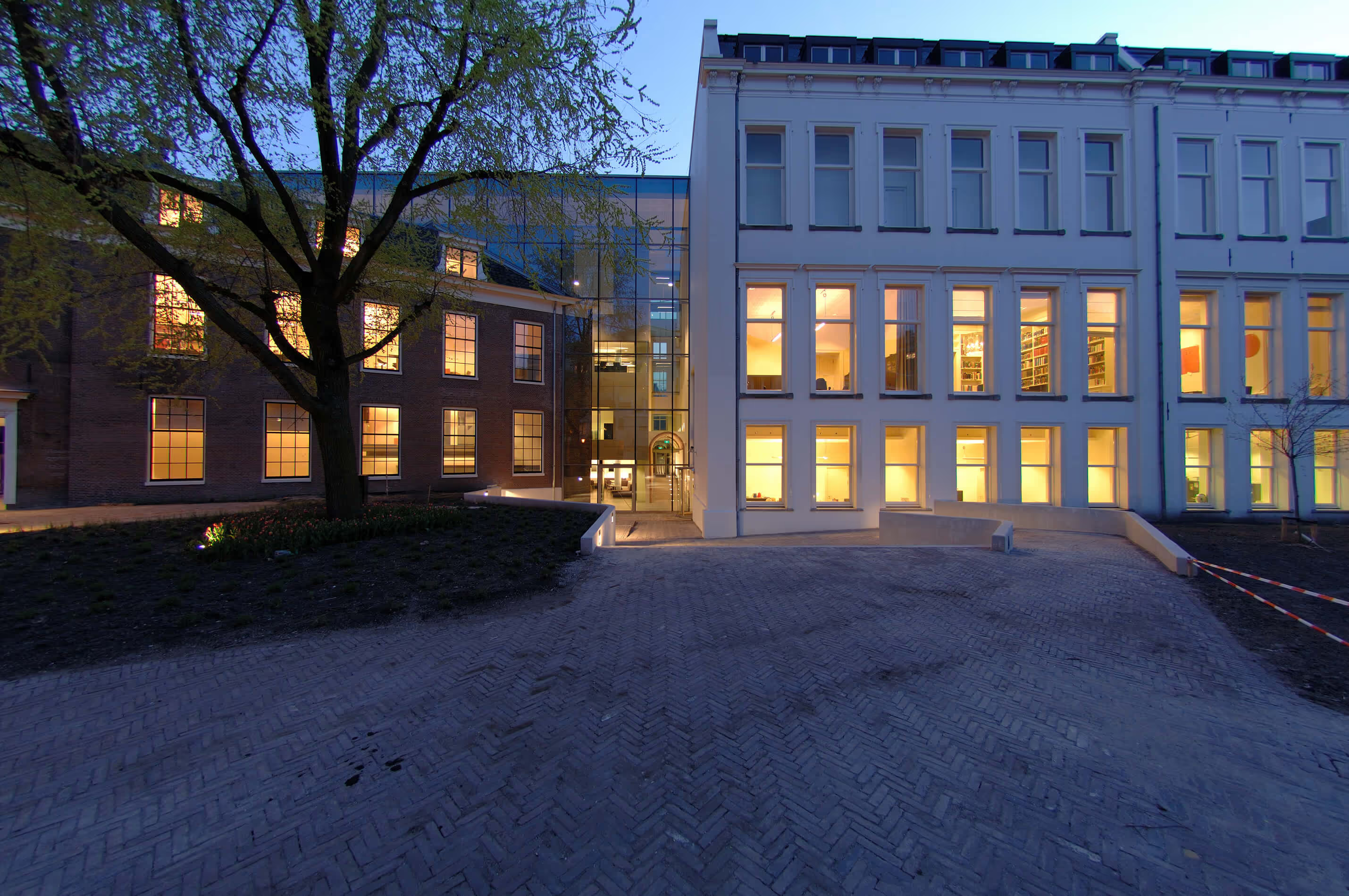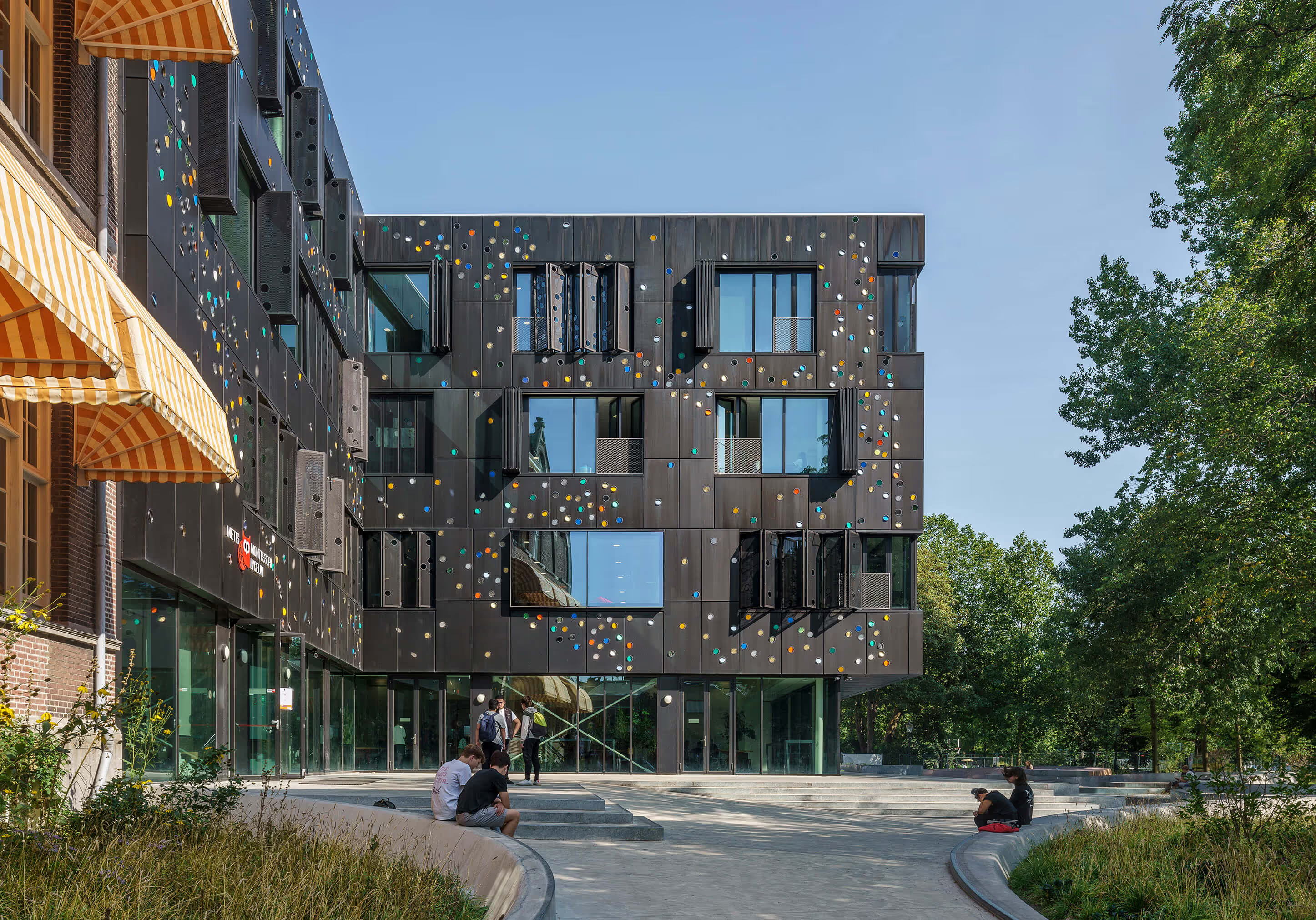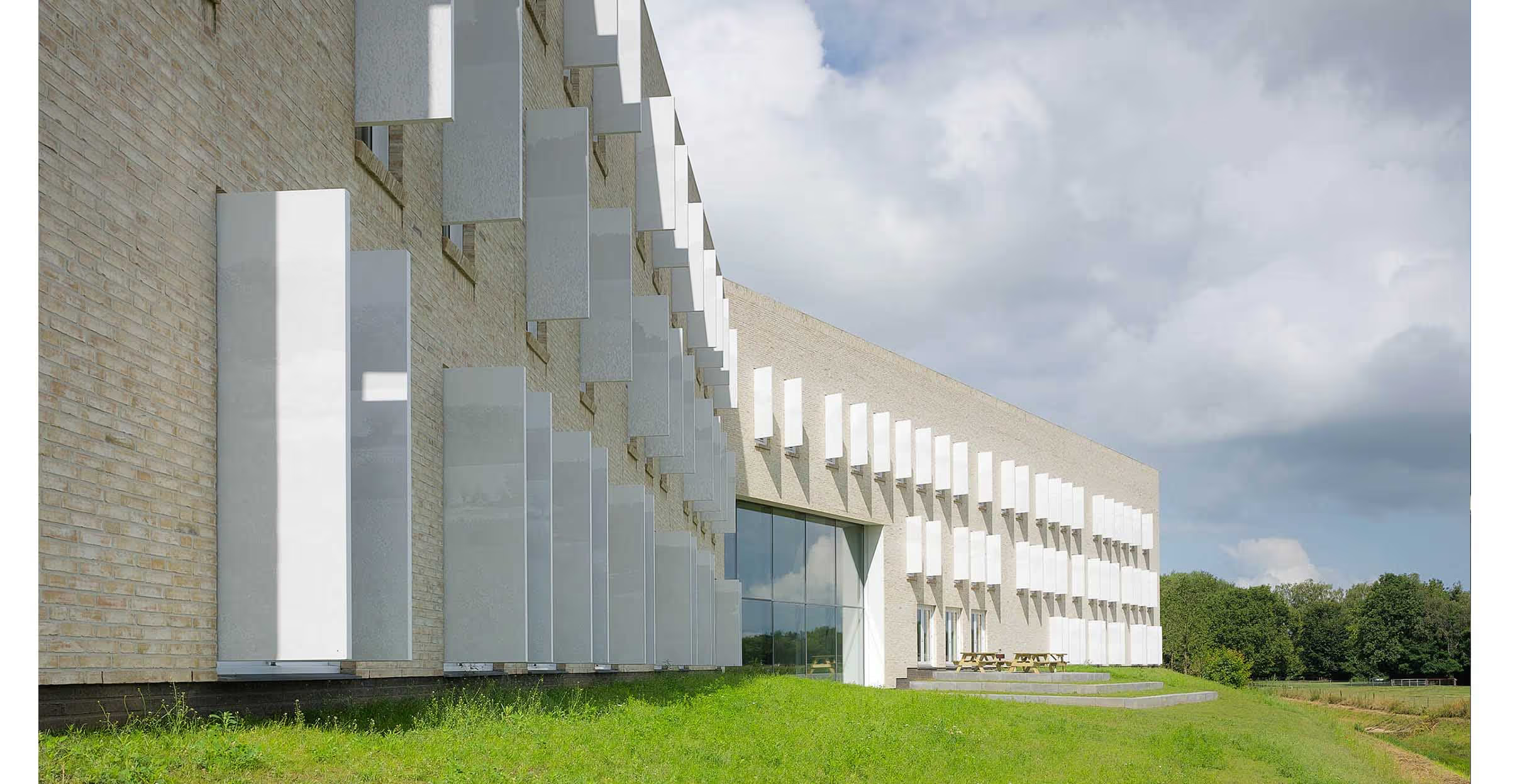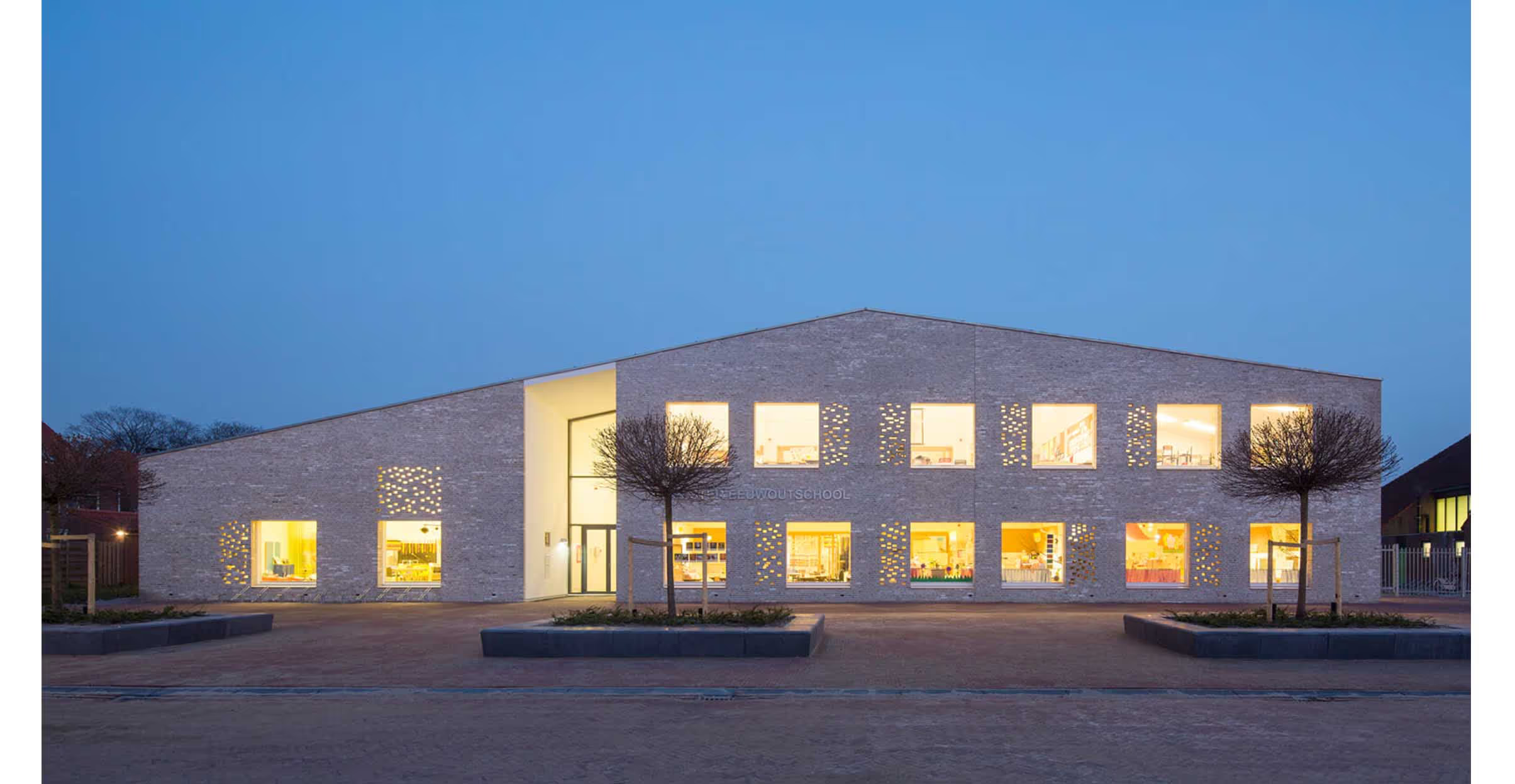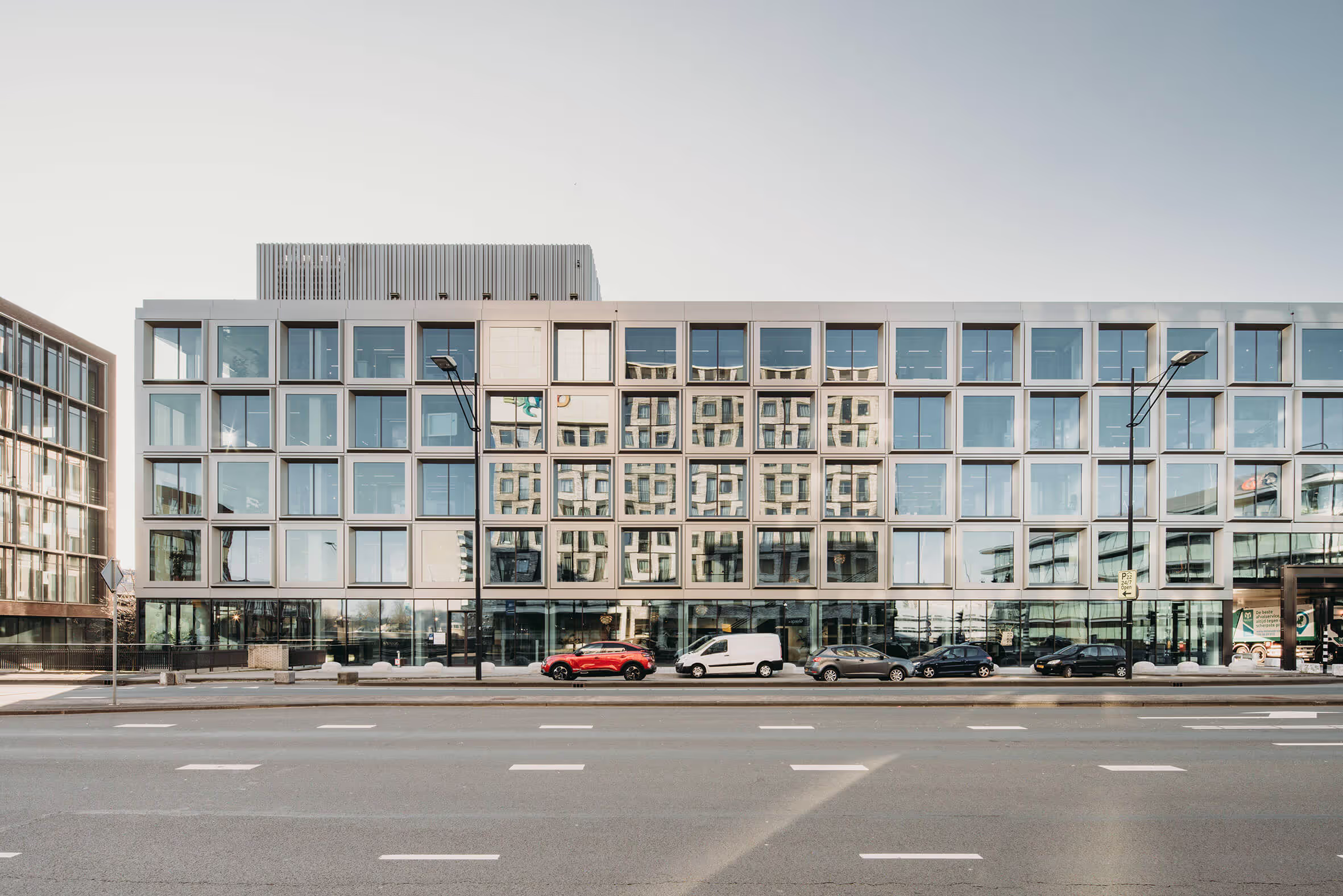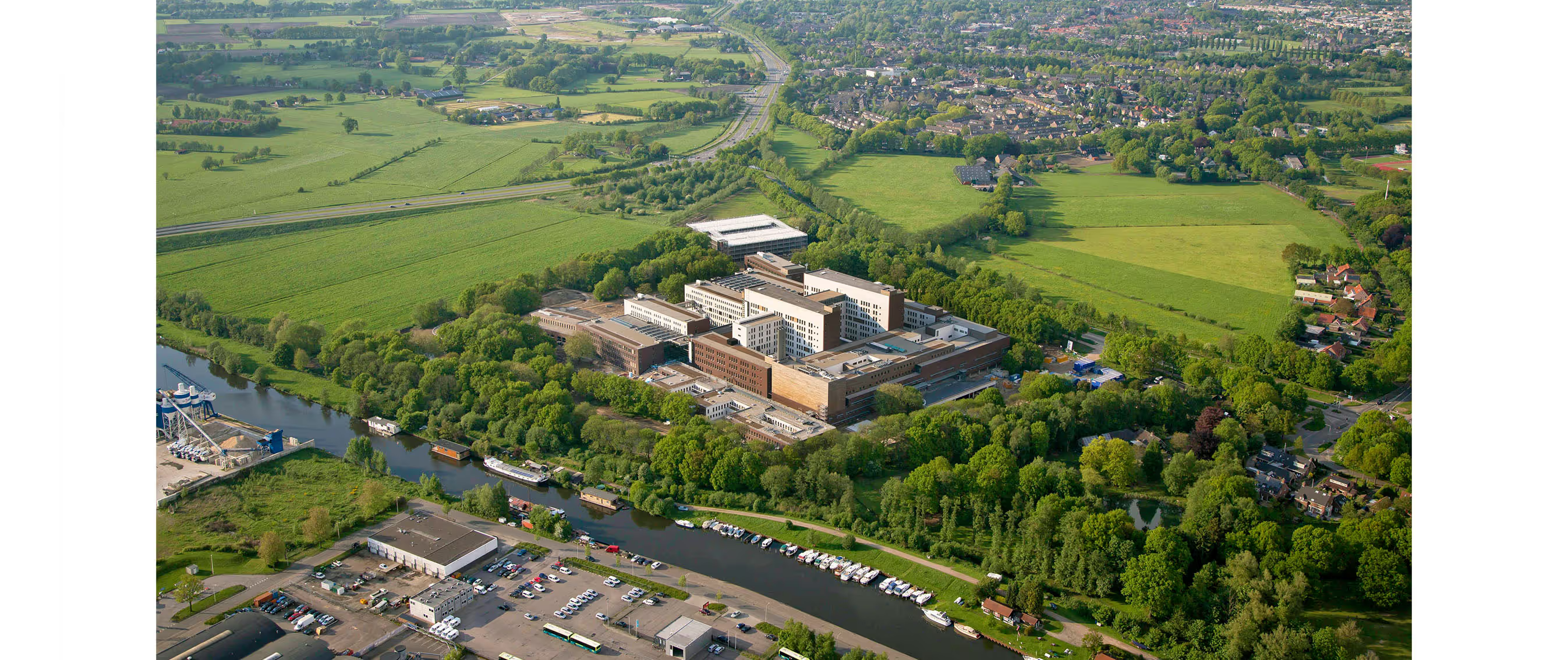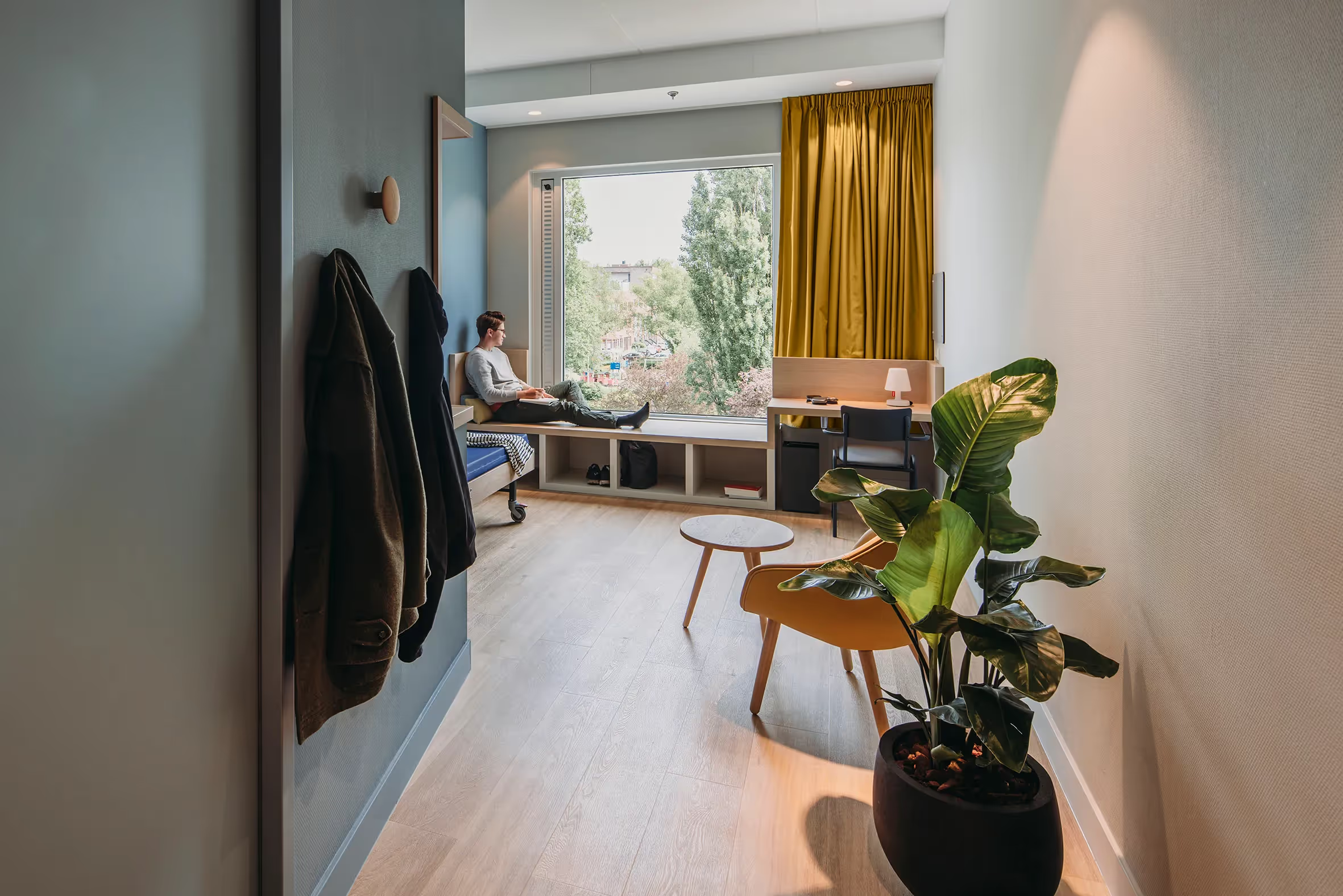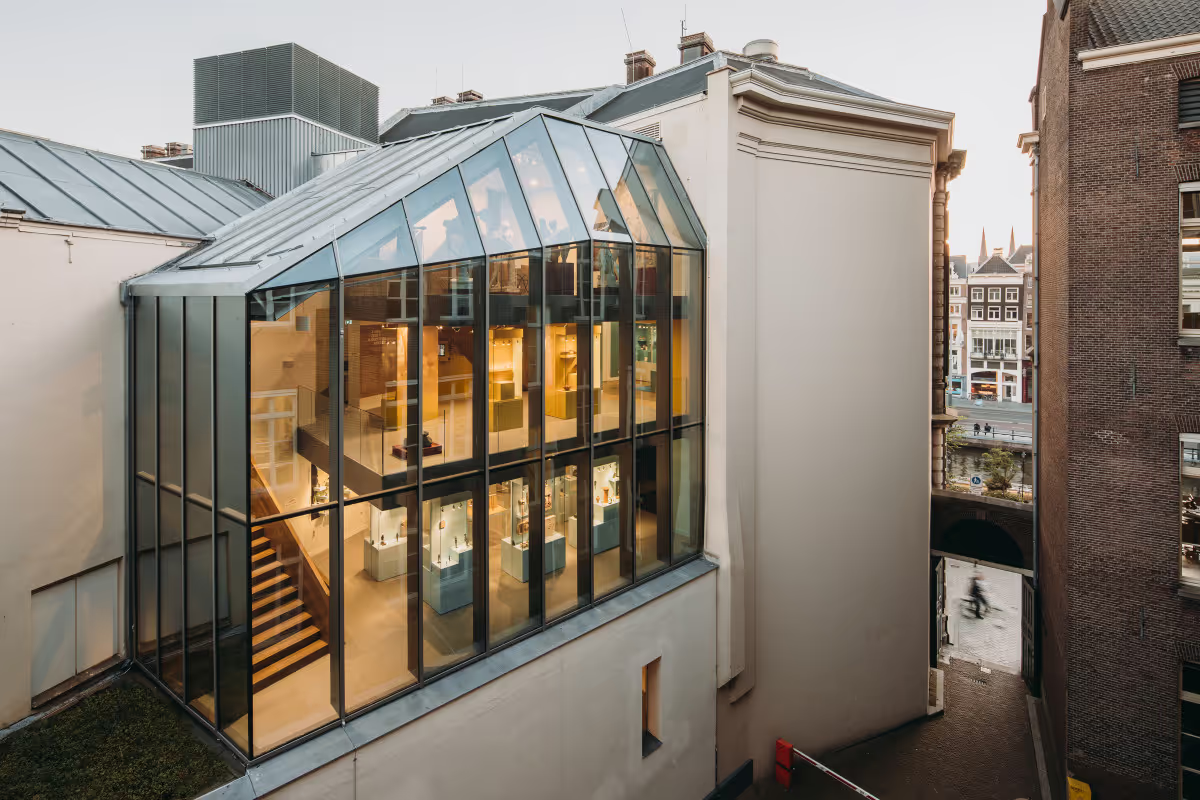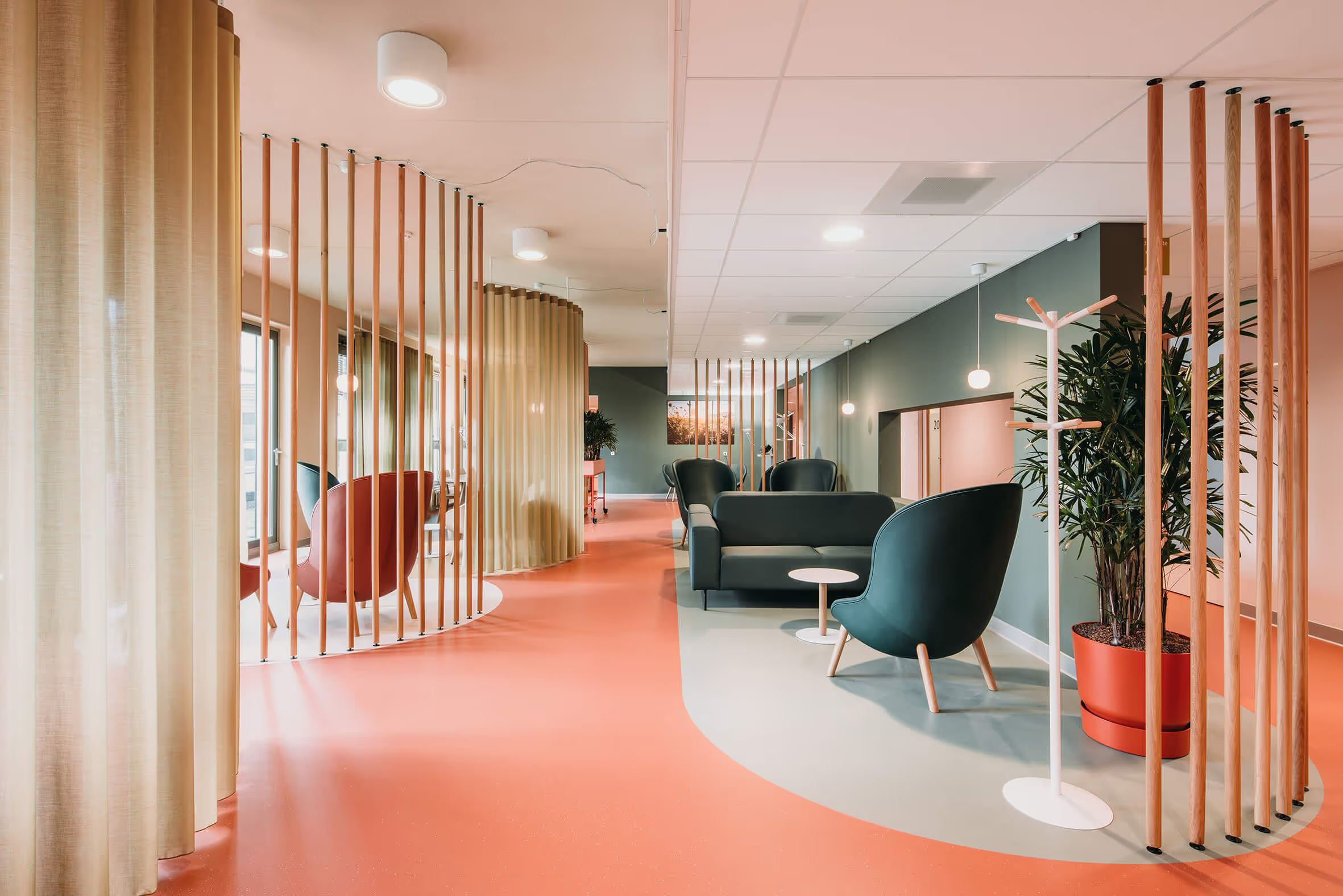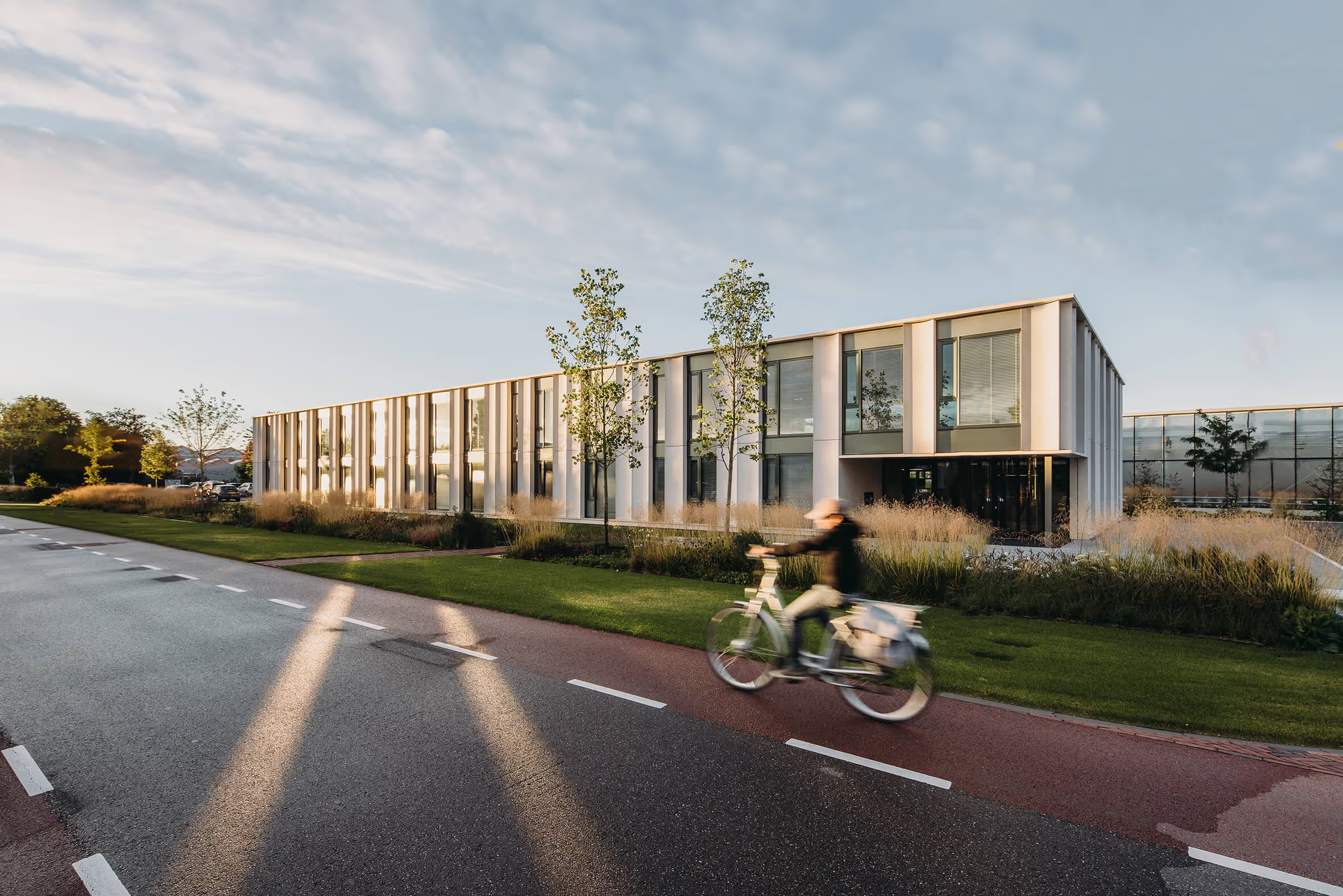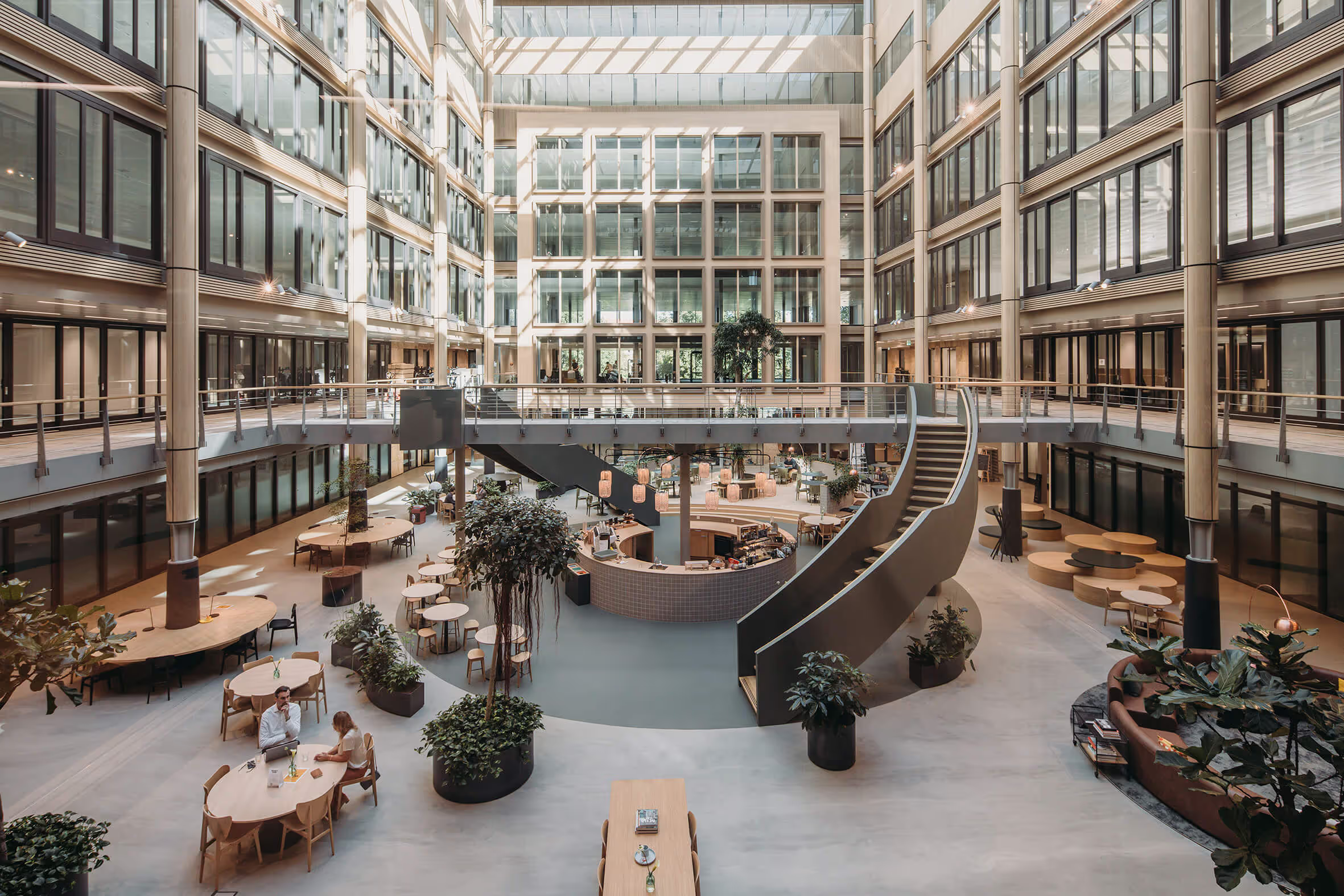Buurschap Roosenhorst

Buurschap Roosenhorst
Buurschap Roosenhorst

A landscape to live in
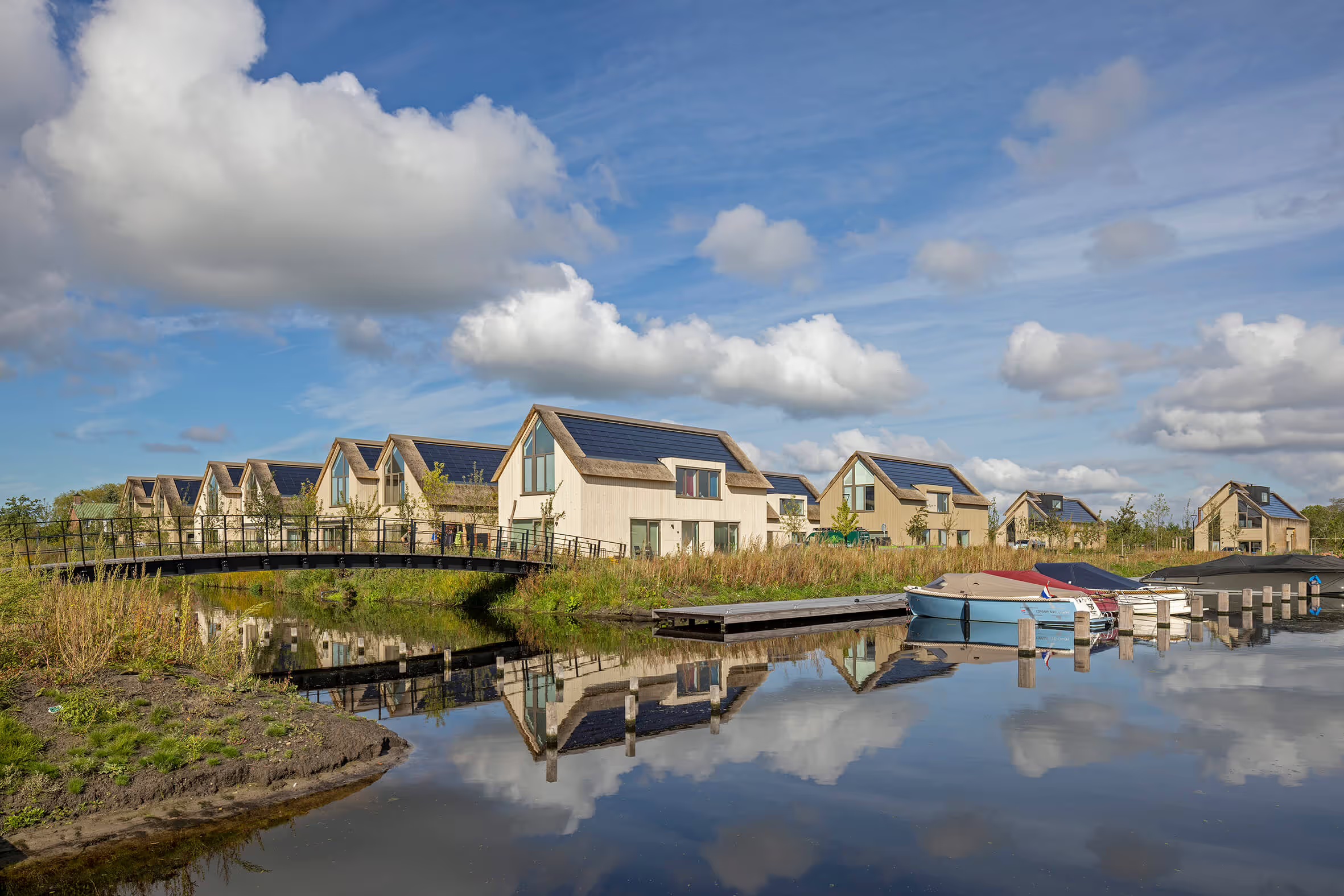
A residential area as a 'community'
We deliberately chose to set up Roosenhorst as a “neighborhood”. What makes a neighborhood different from a neighborhood is that neighbours work together as much as possible. The idea is that the residents of Roosenhorst can make shared use of the outdoor spaces and also manage them collectively - and are also self-sufficient as possible; this means that residents garden with their neighbours, take care of their environment together and thus also come closer to each other. Due to its small-scale and intricate design, the car is always a guest in Roosenhorst: playing, meeting and living together get plenty of opportunities.
A unique landscape under pressure
Roosenhorst is located in the Duivenvoordecorridor, a semi-open area northeast of The Hague with country estates, villas, monumental farms and ribbon buildings; on one side are the dunes, and on the other side the classic Dutch meadow landscape. Over time, much of the agricultural land in the Duivenvoordecorridor was used for greenhouse horticulture, putting pressure on the unique character of the landscape.

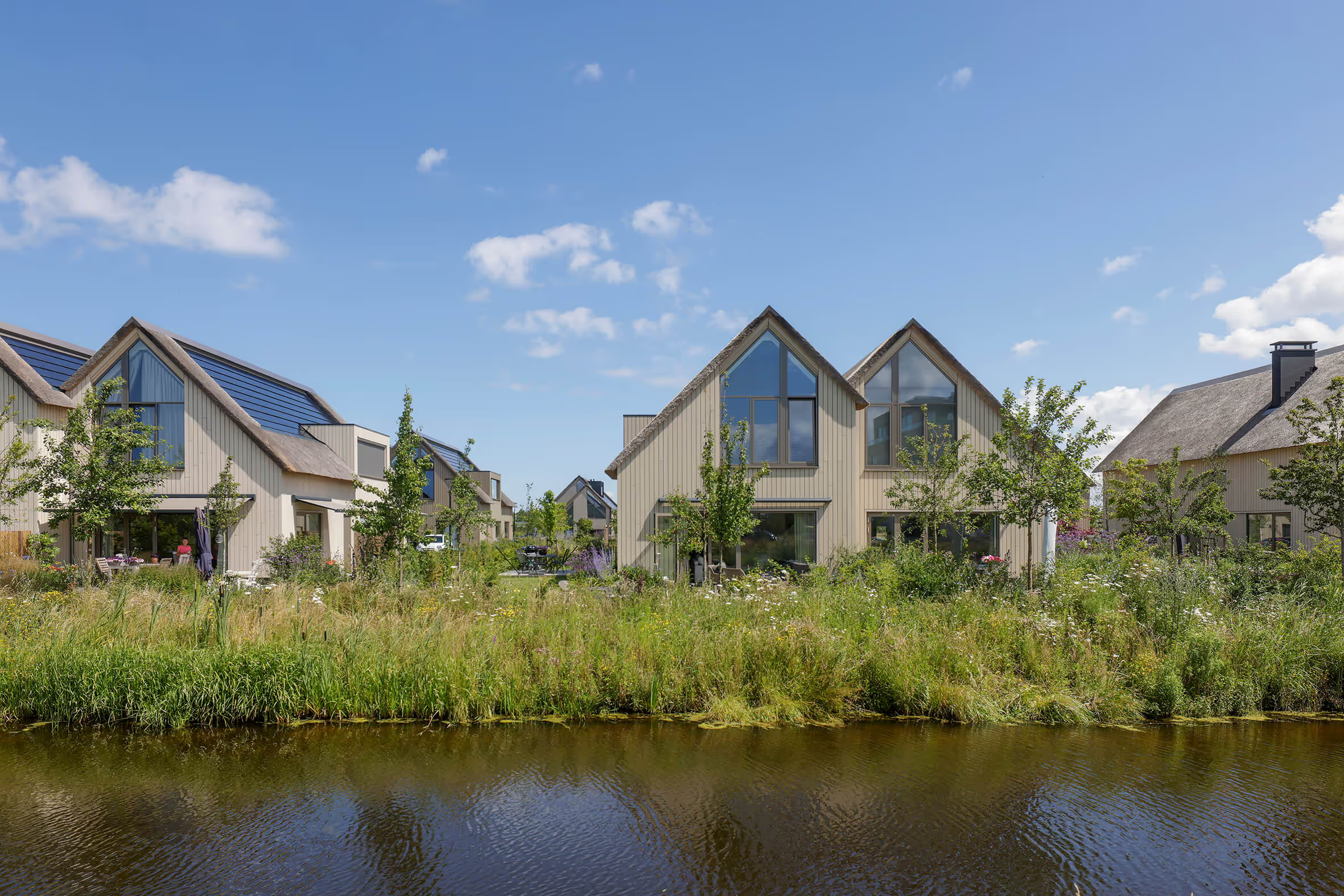

Landscape restoration through design
A large-scale operation is currently underway to give the Duivenvoordecorridor back its green and open character. Housing is allowed at certain locations, such as Roosenhorst. In doing so, Atelier PRO wanted to go beyond just designing a new residential area, and contribute to restoring the historic landscape by transforming it from a cluttered area with greenhouses and outbuildings to a neighborhood based on local examples.


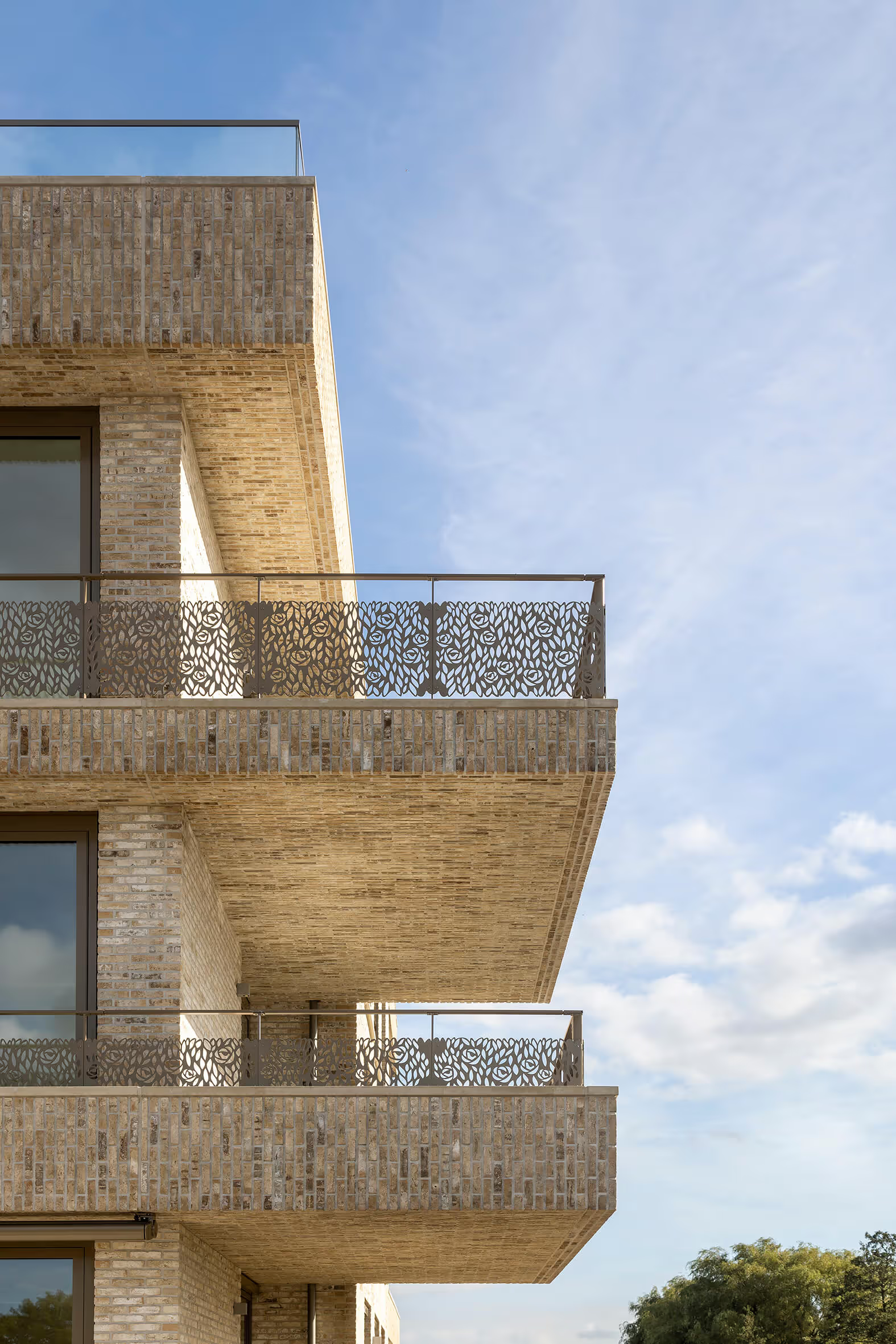
Homes with an architecture that matches
The houses are divided into four rooms, each with its own type of home and outdoor areas. The rooms have a low building density and follow the existing lock pattern. The outdoor spaces refer to the old cultural landscape and build on the agricultural functions in the area - forests, pastures, vegetable gardens and orchards. The new buildings also build on local historical examples: the ribbon buildings along the dikes, farms with stables and orchards, villas surrounded by woods, and stately country houses with tree lanes. We translated this into the four different rooms: Het Lint, with terraced houses built of brick, accessible via a bridge; De Boomgaard, with twin thatched farmhouses surrounded by fruit and nut trees; De Bosrand, with ecological villas in an upward forest full of birches and willows; and Het Landhuis, with apartments, Roosenhorst's eye-catcher.
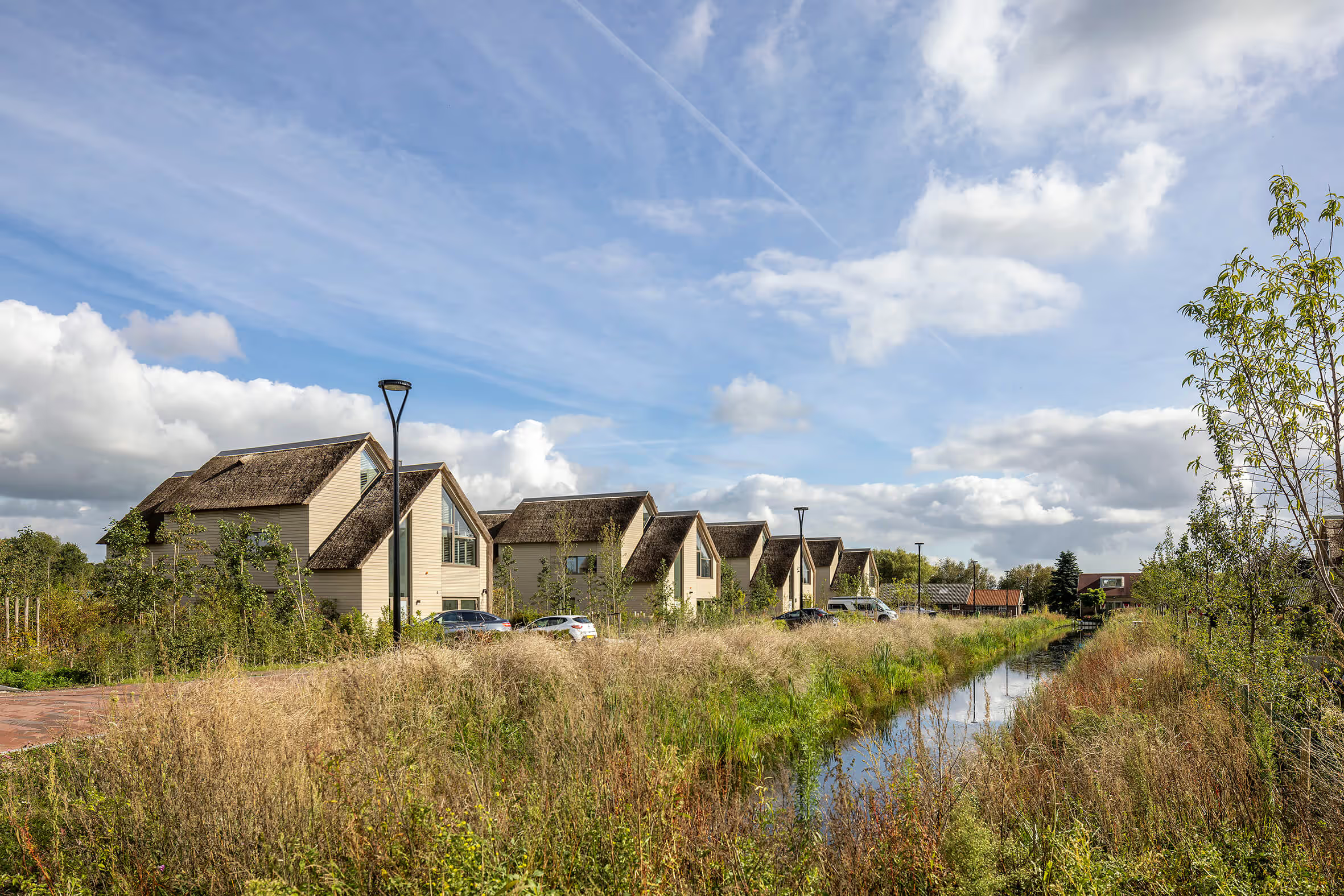
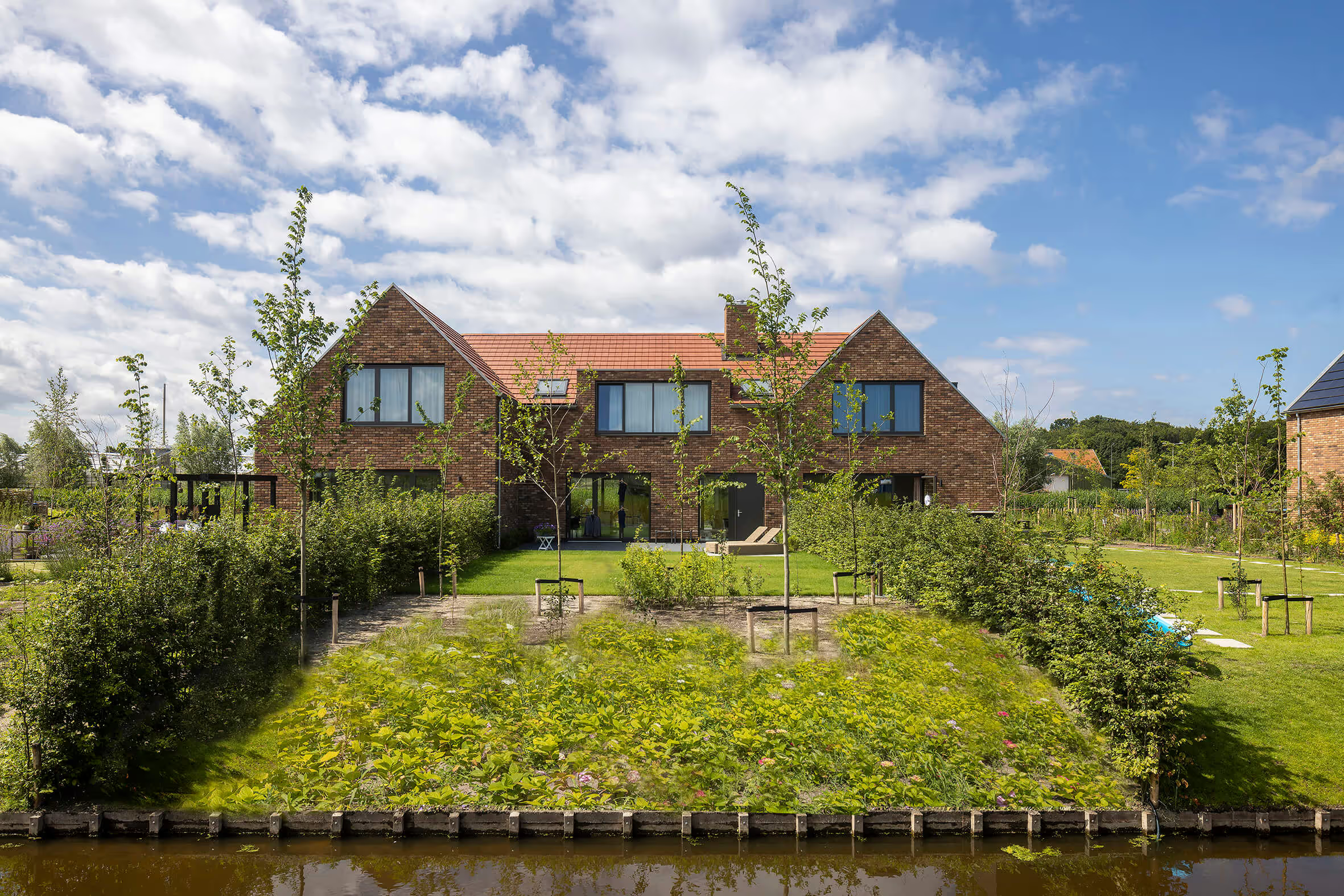

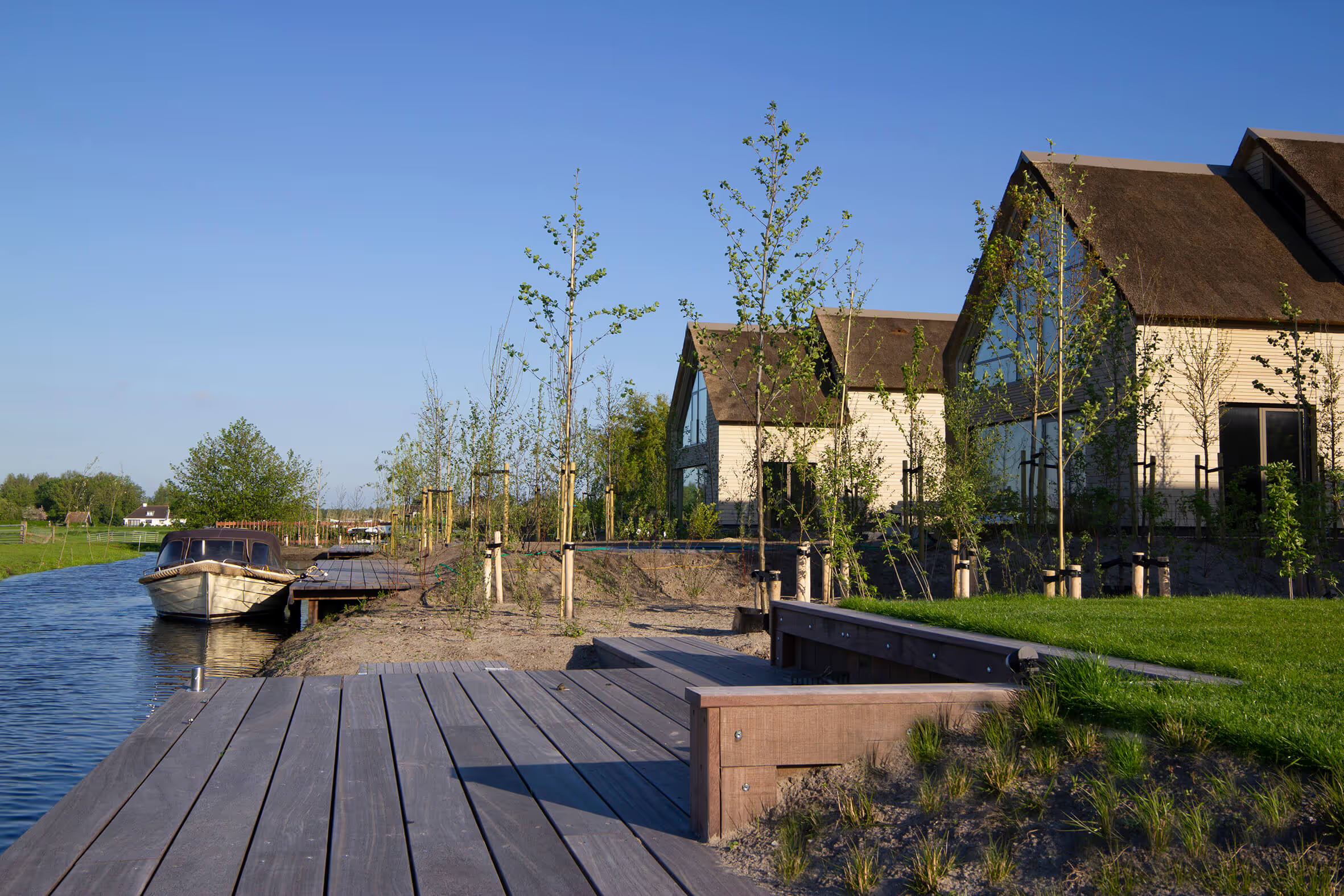

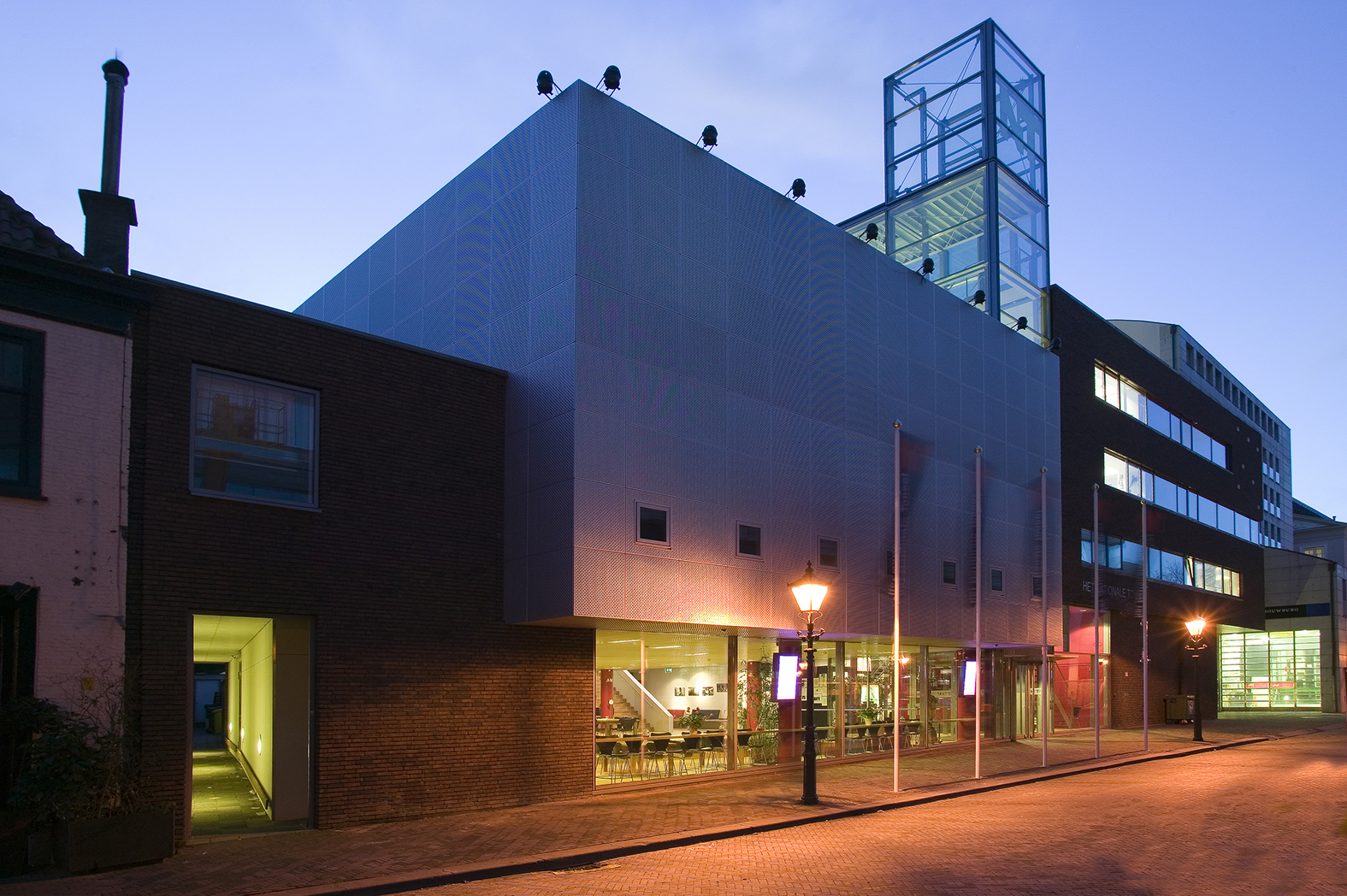
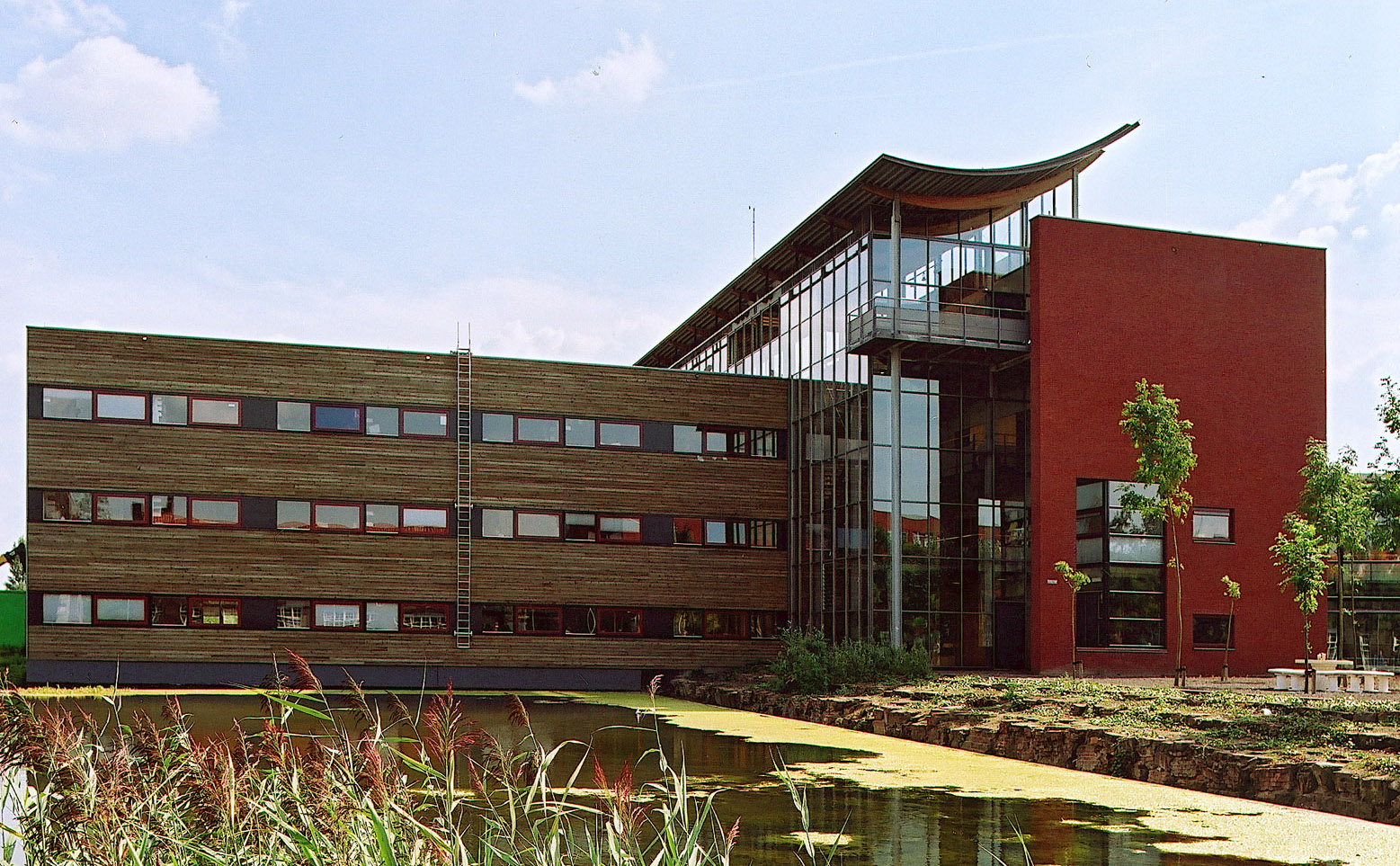
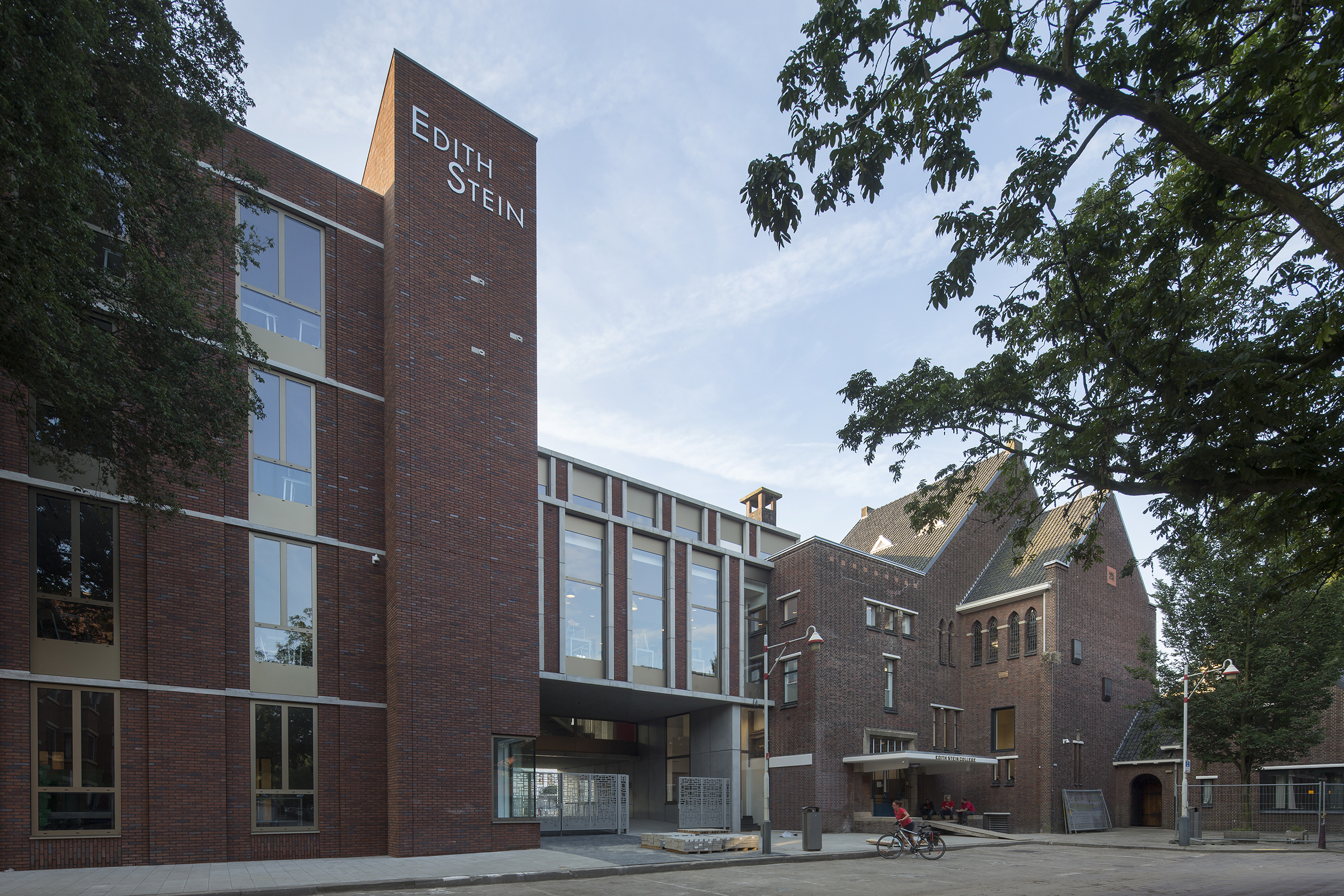




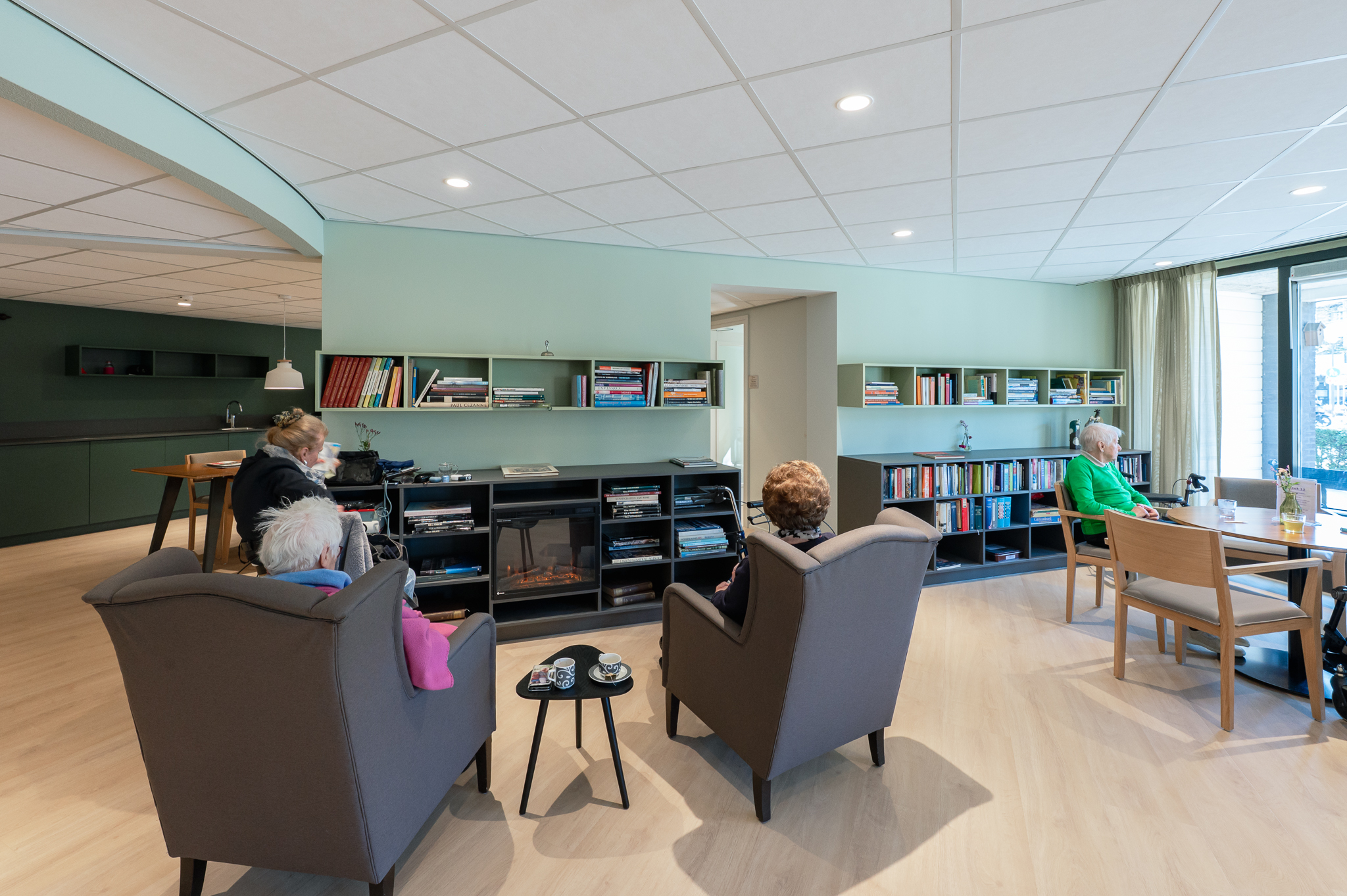
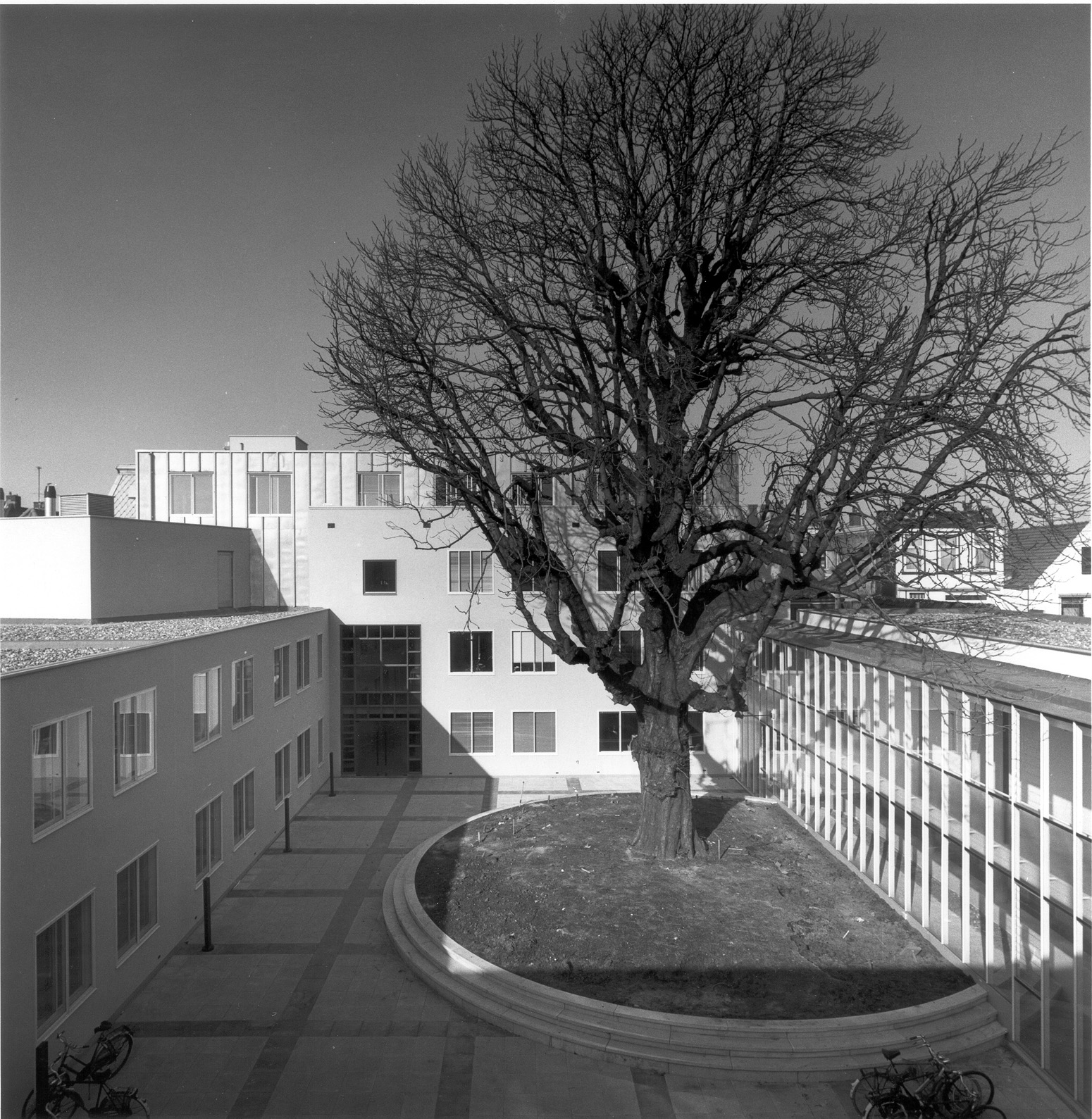

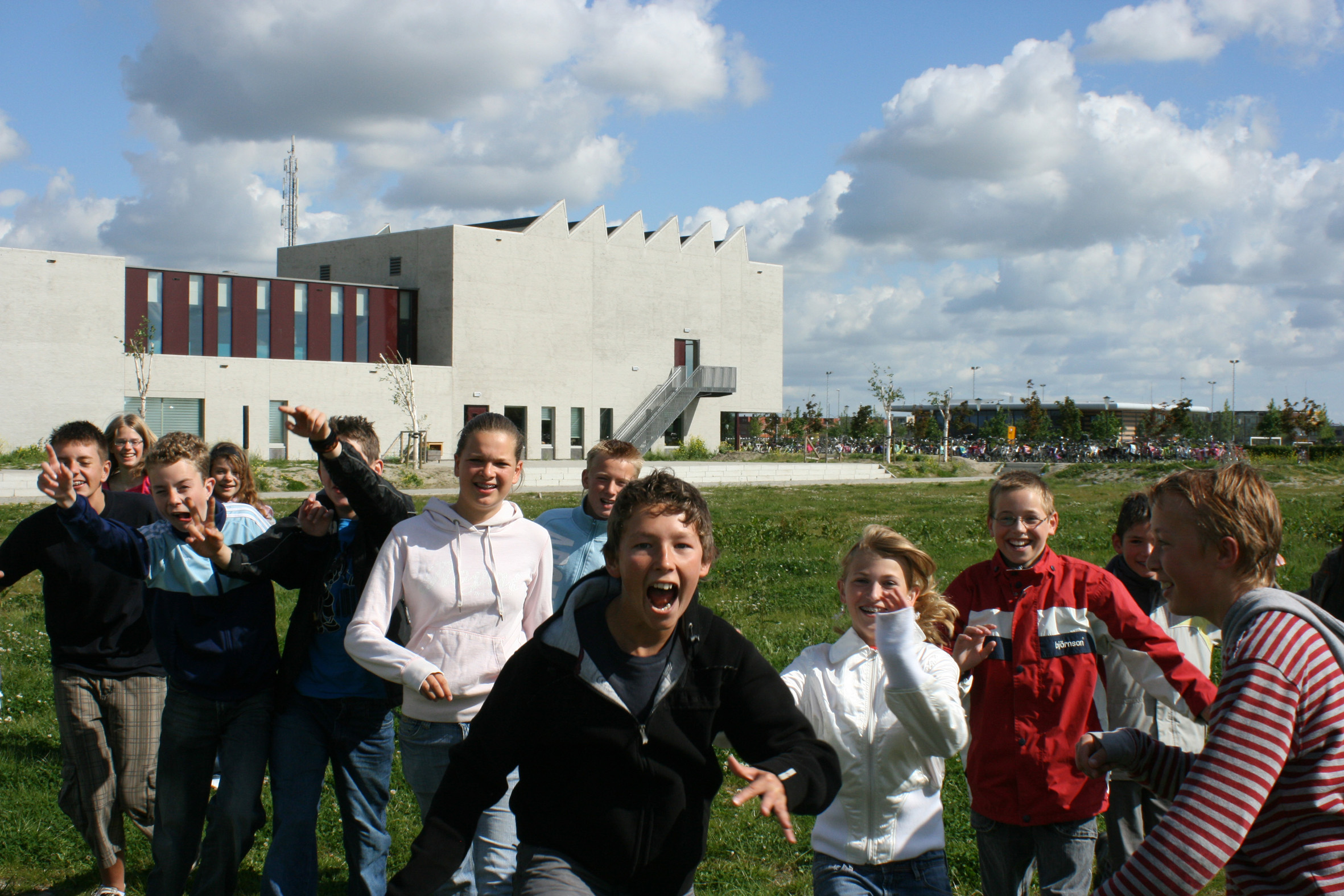

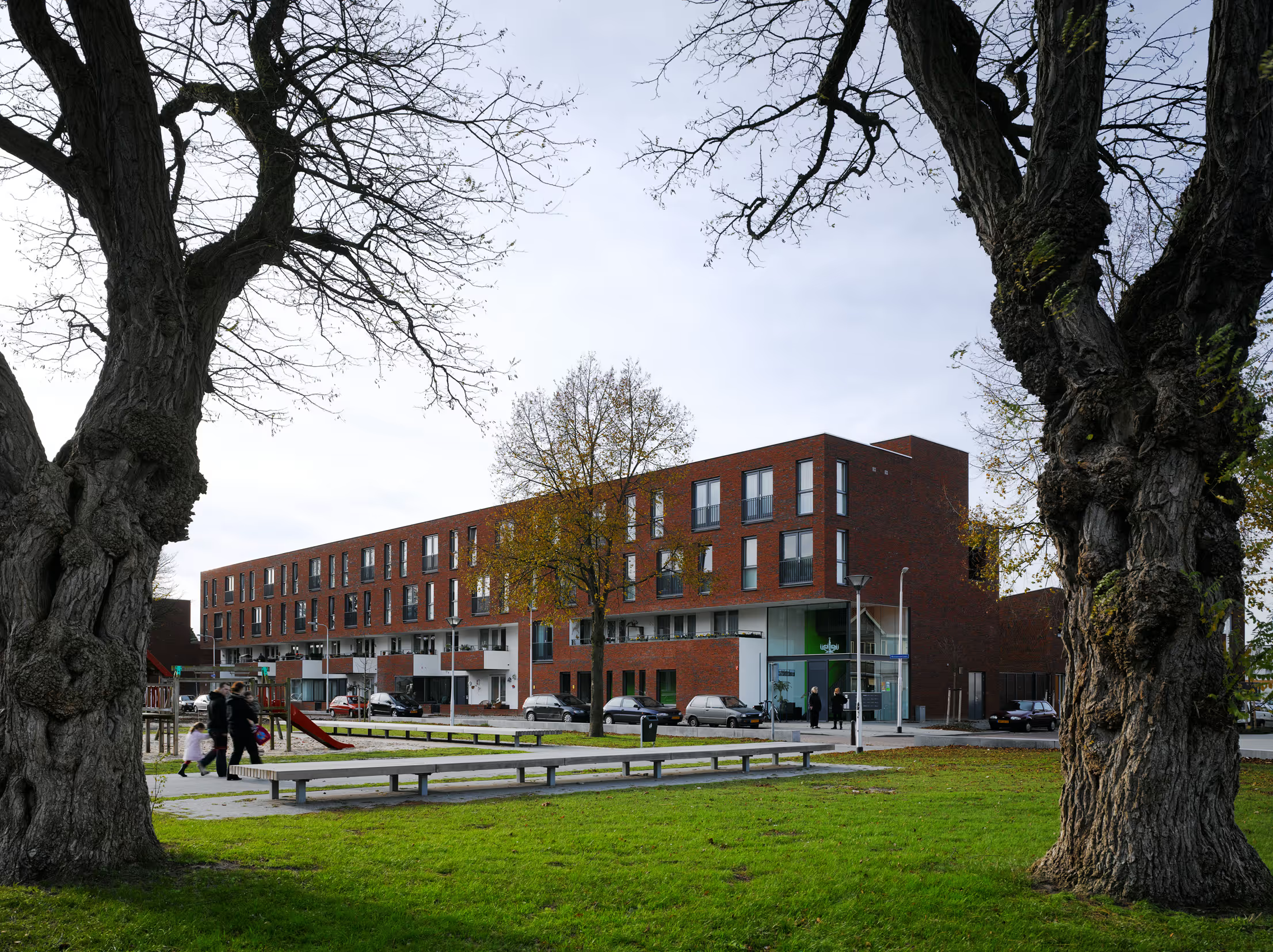
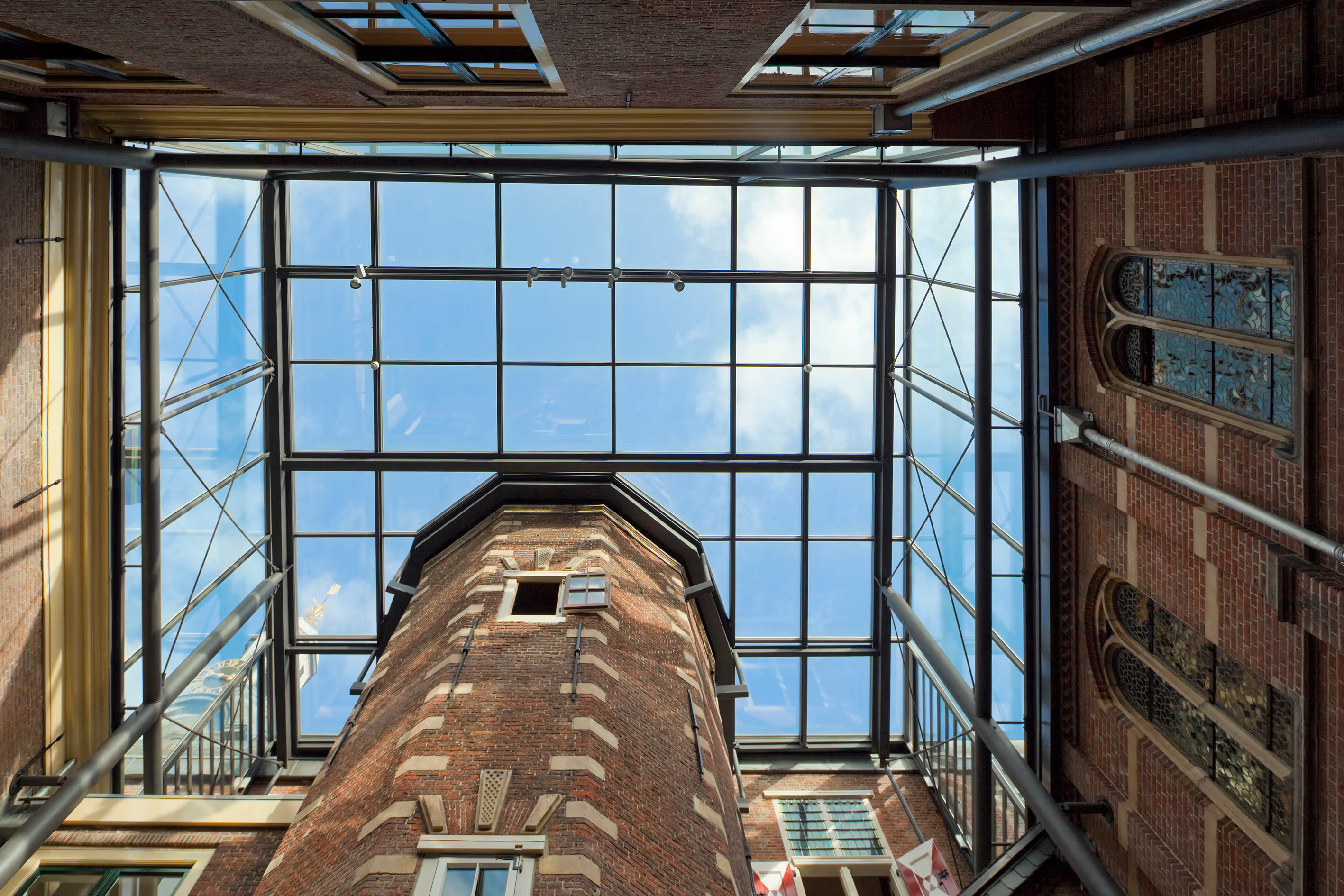

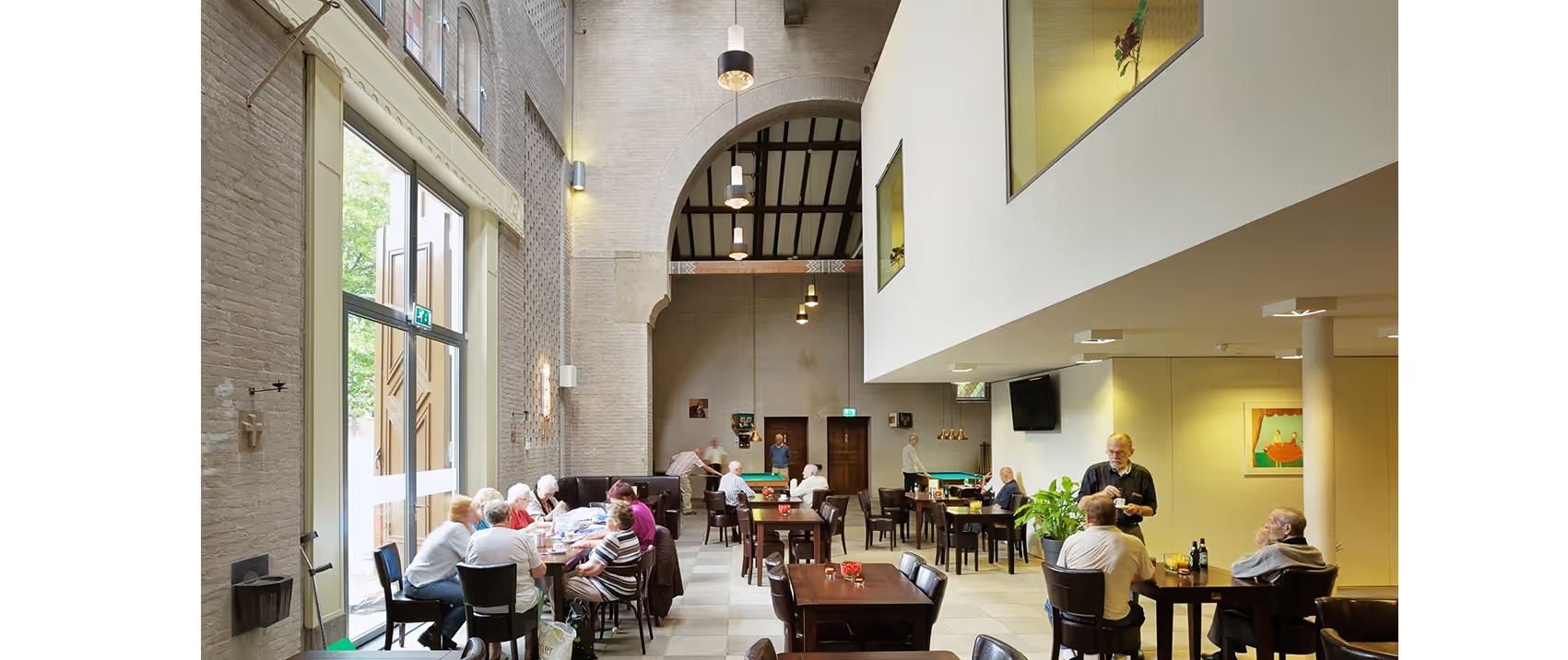

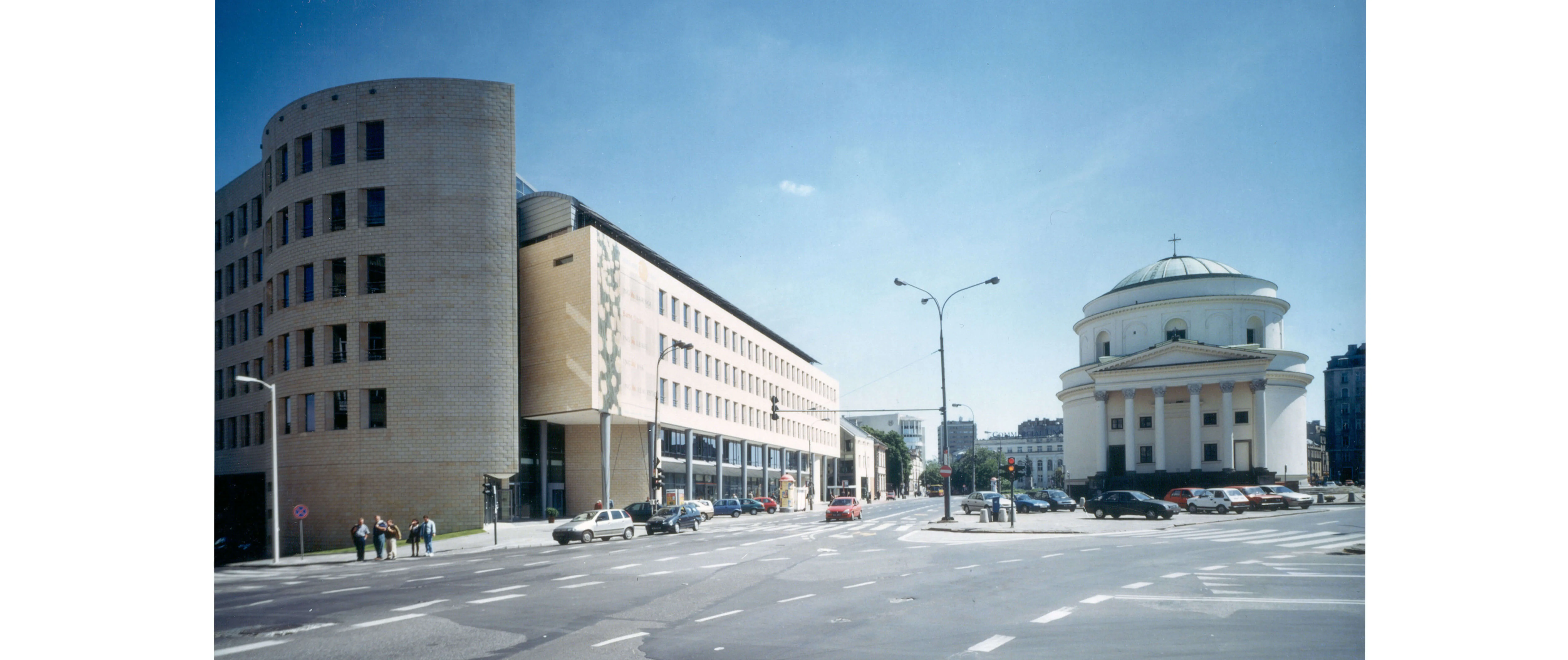

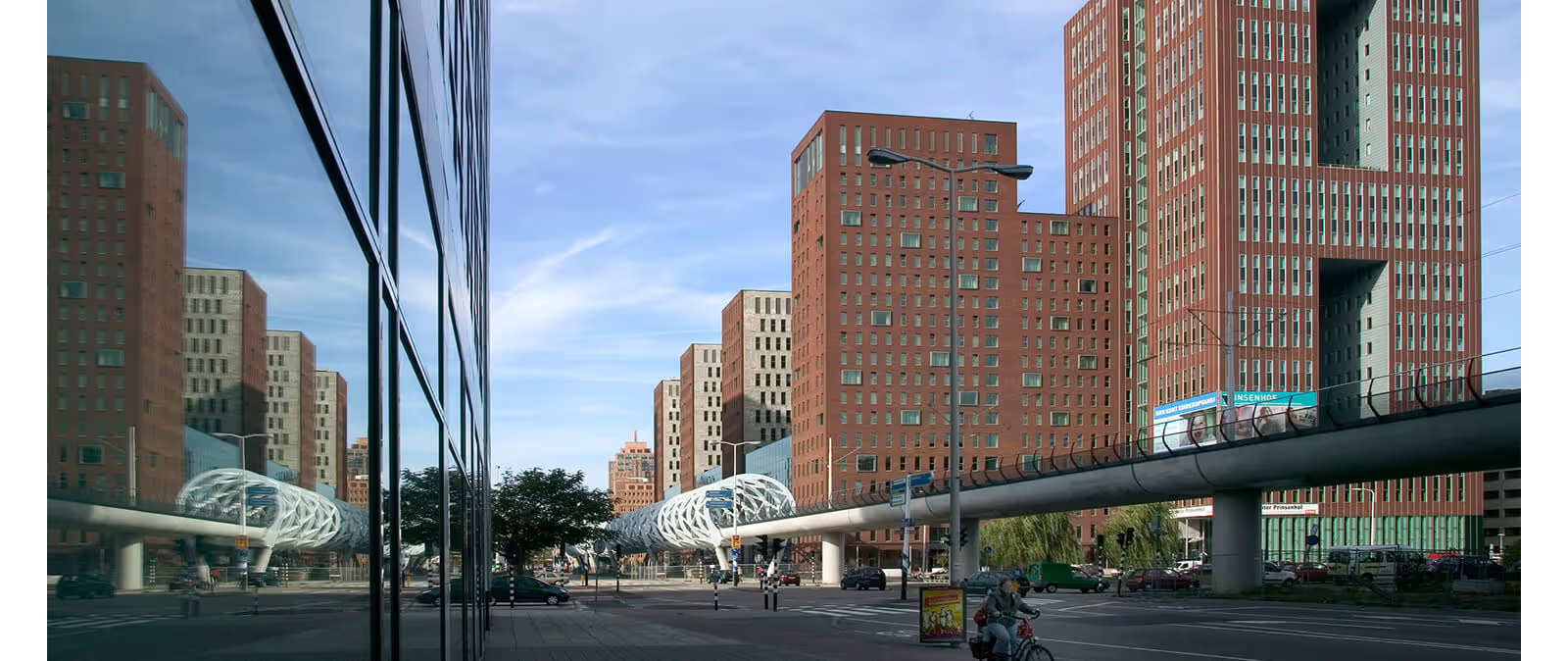
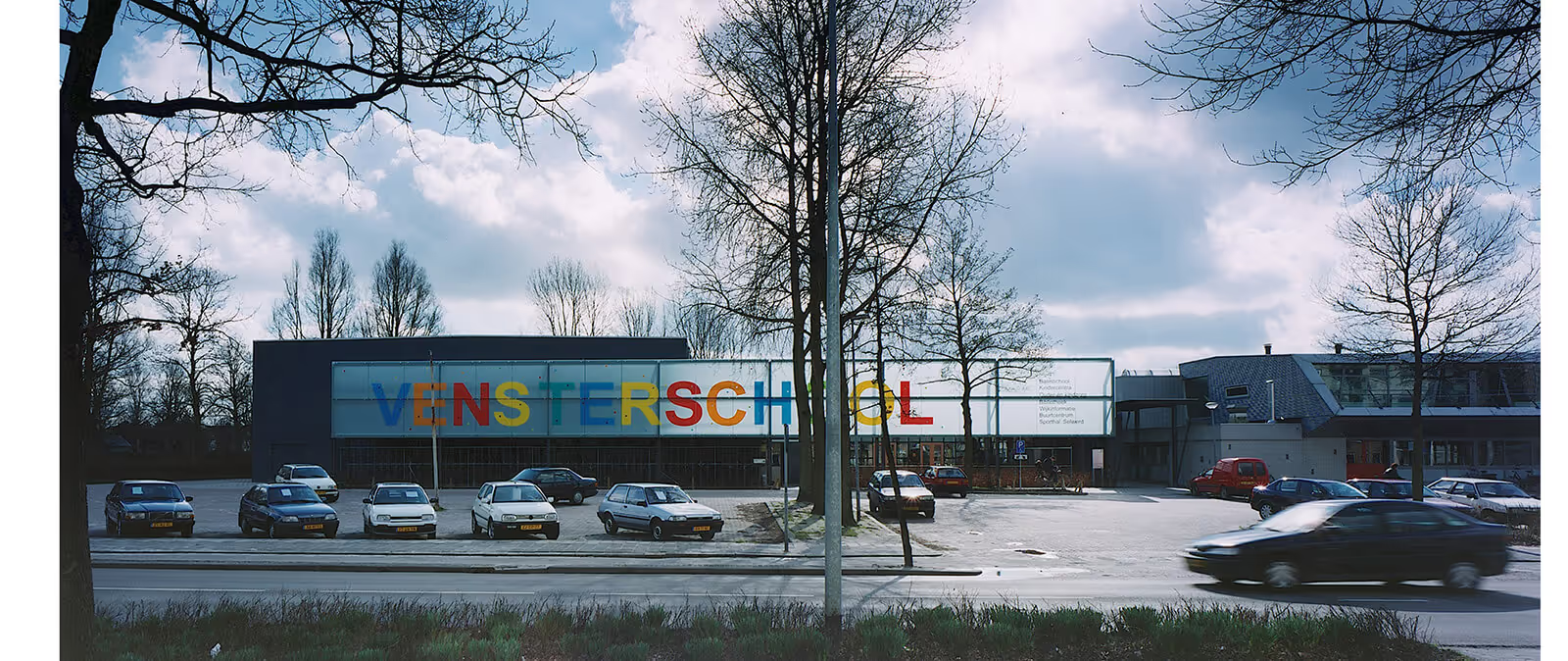

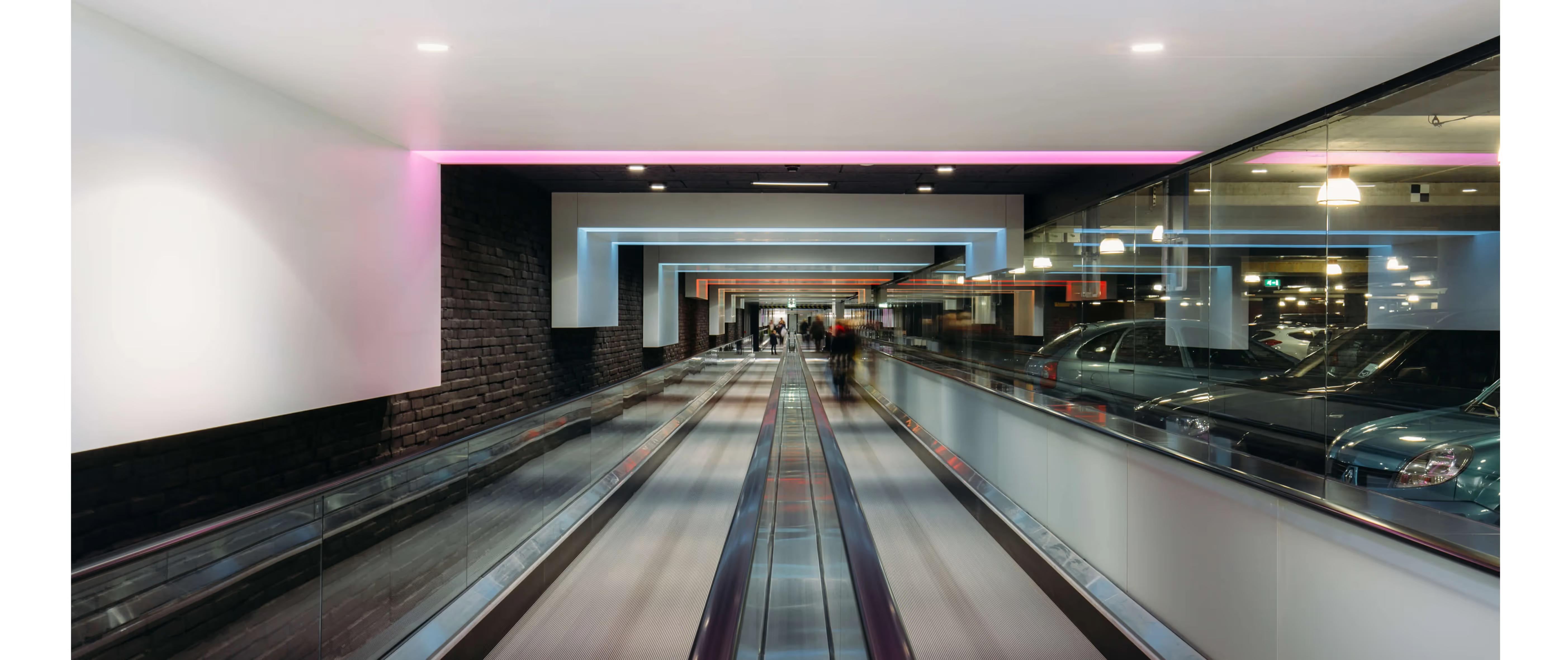

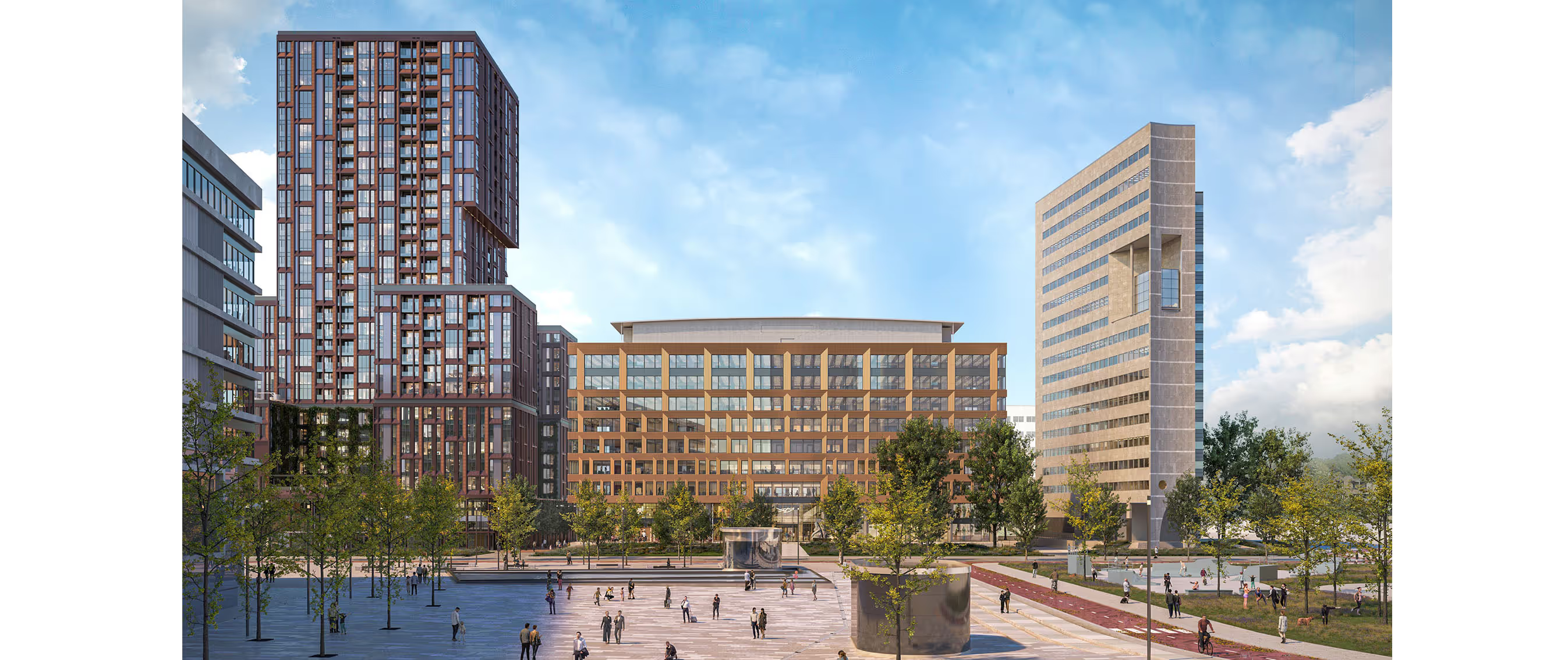

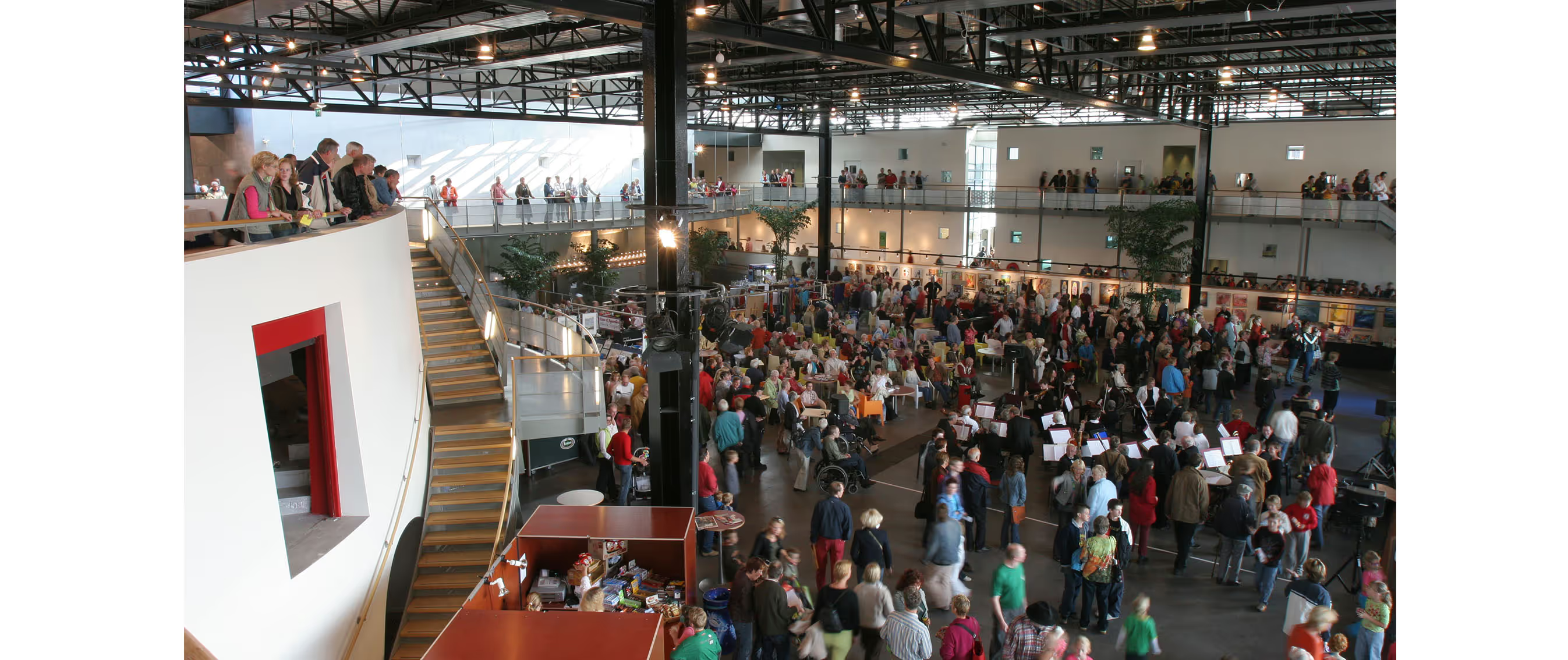
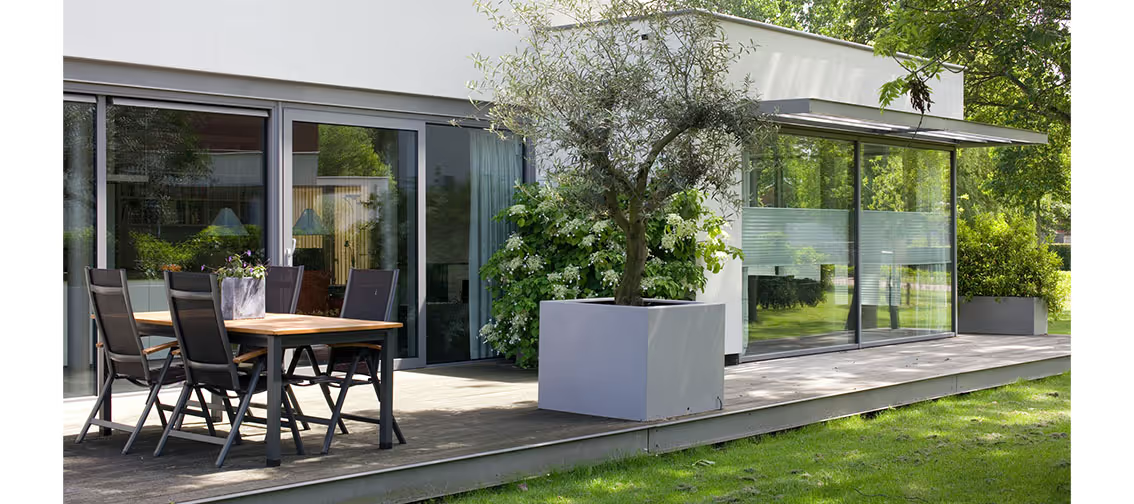
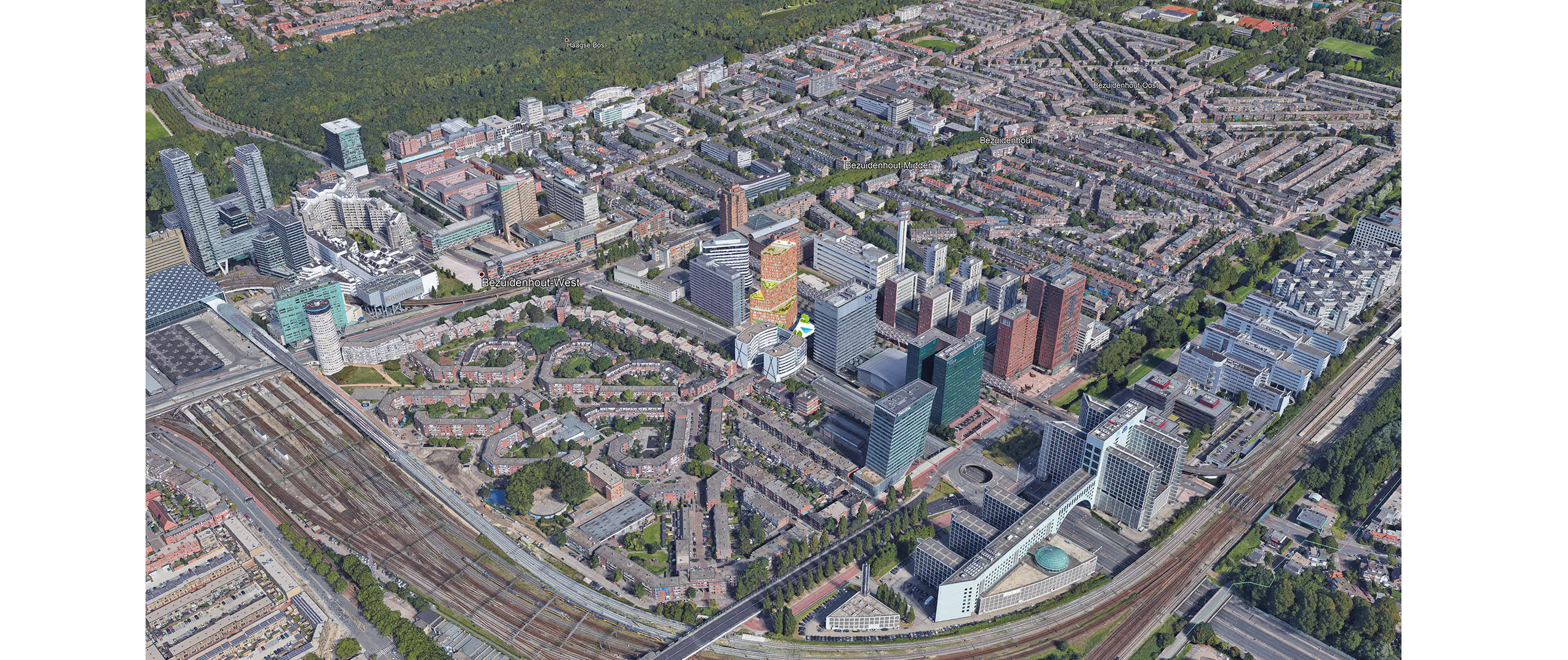


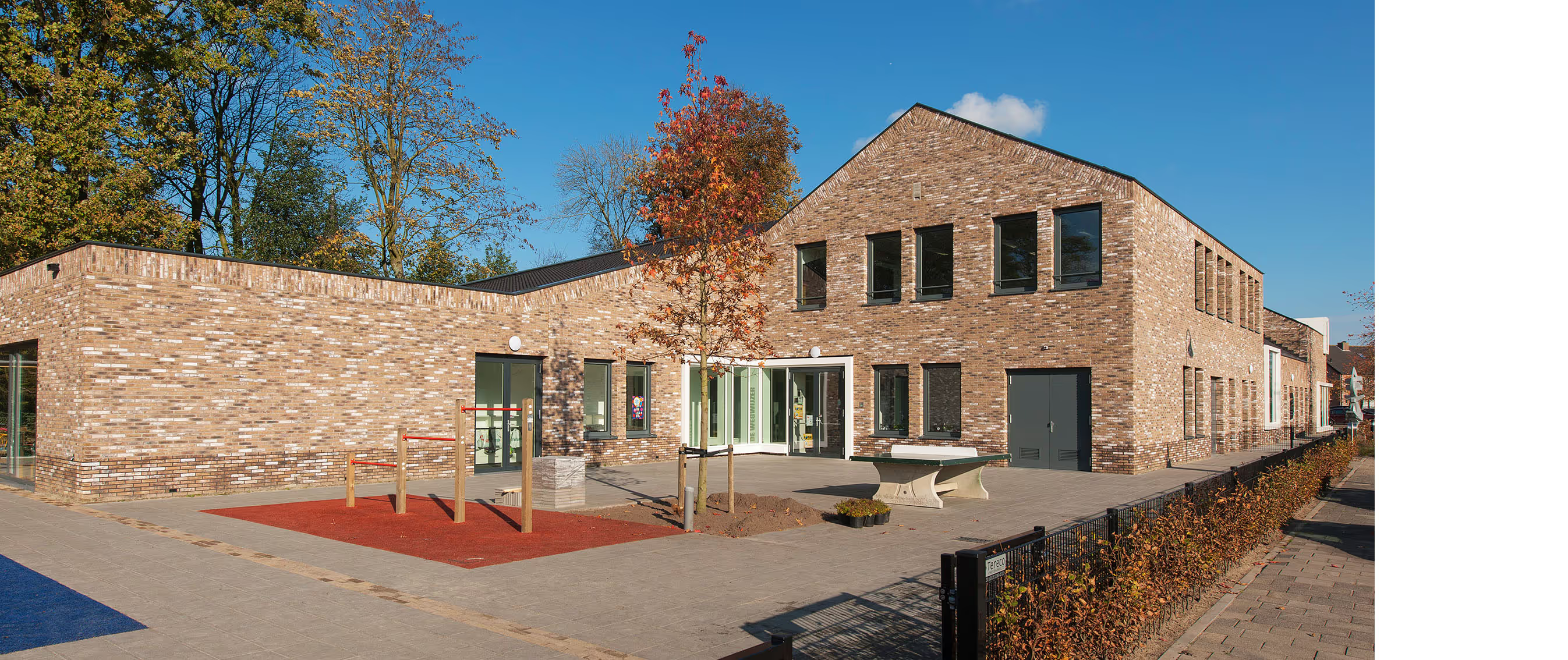

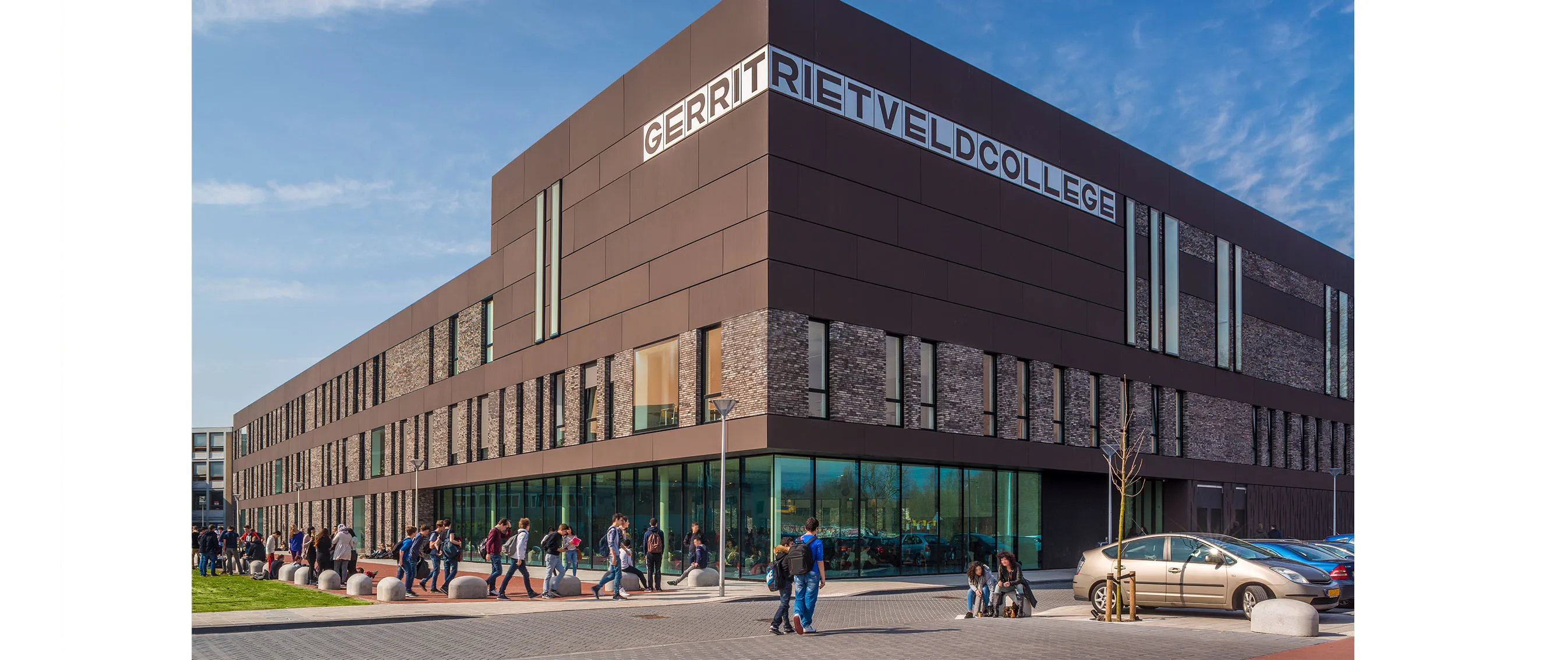

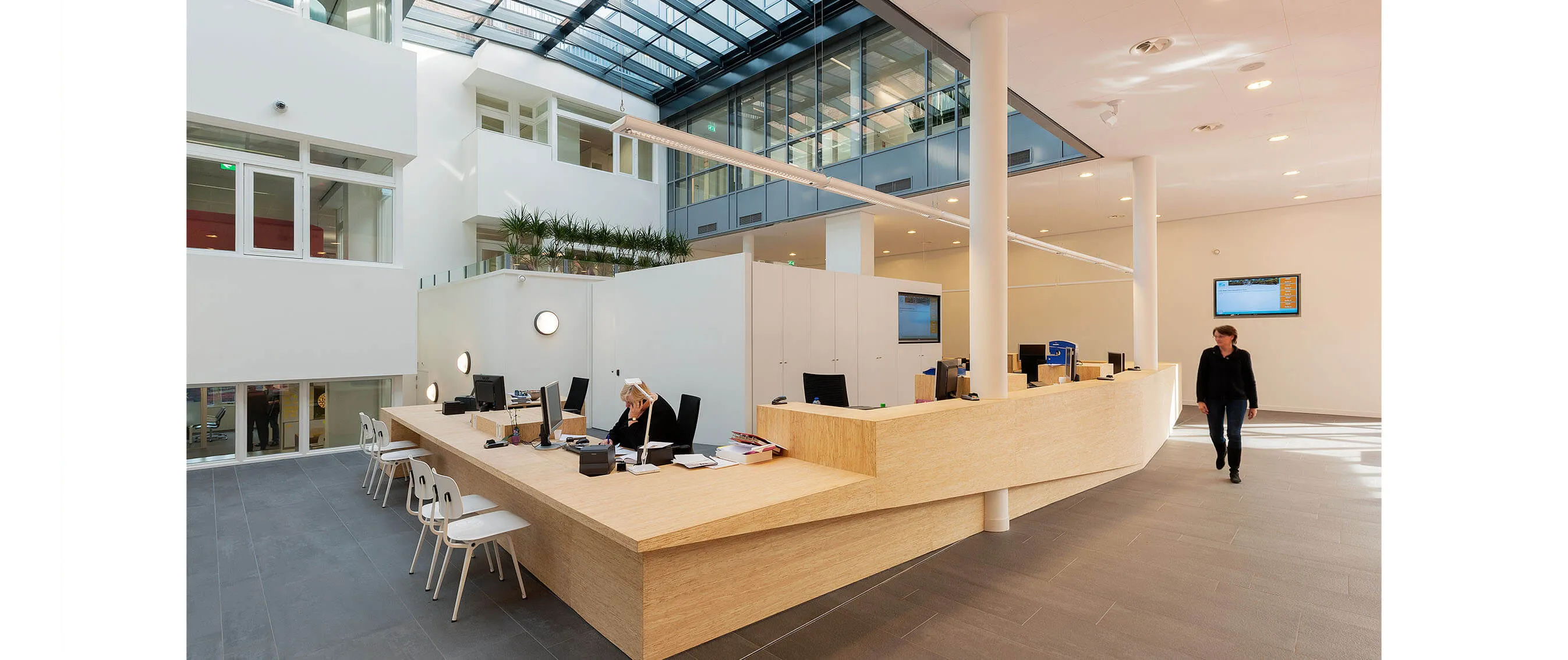
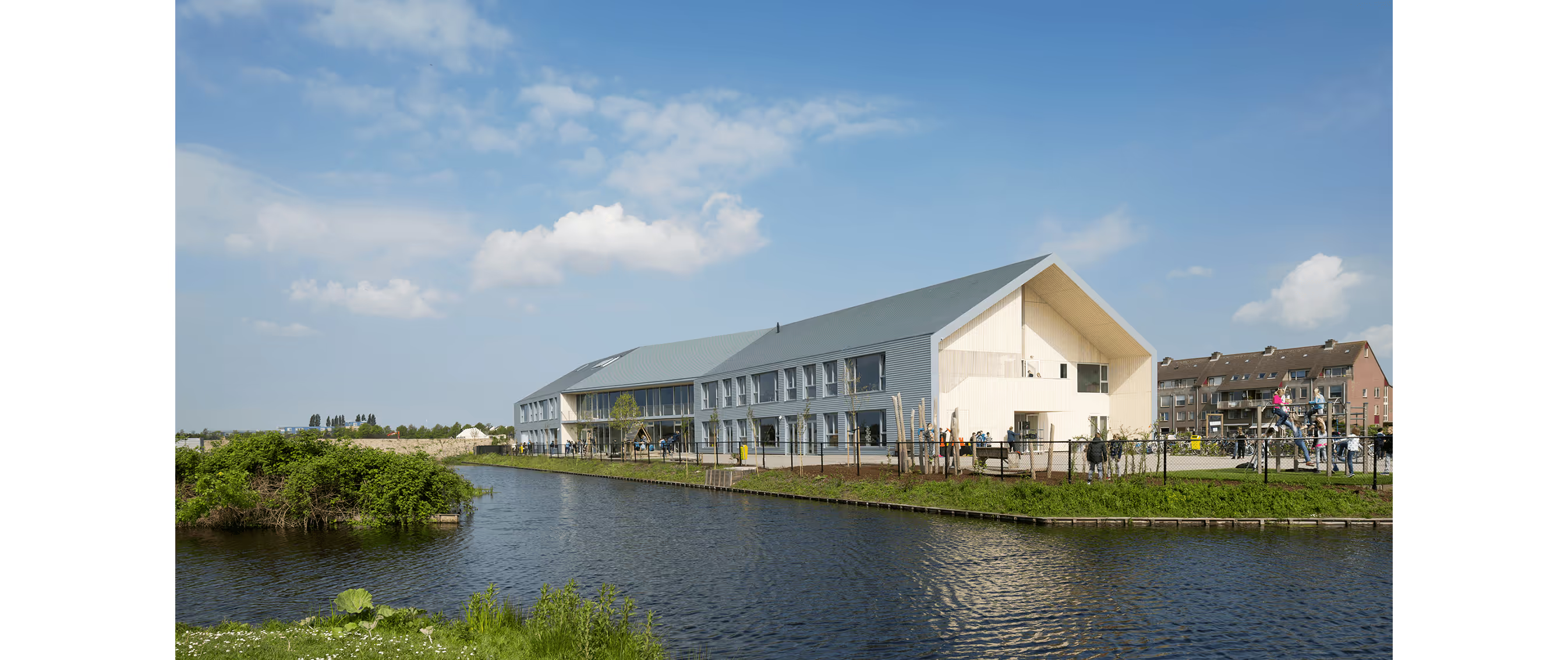

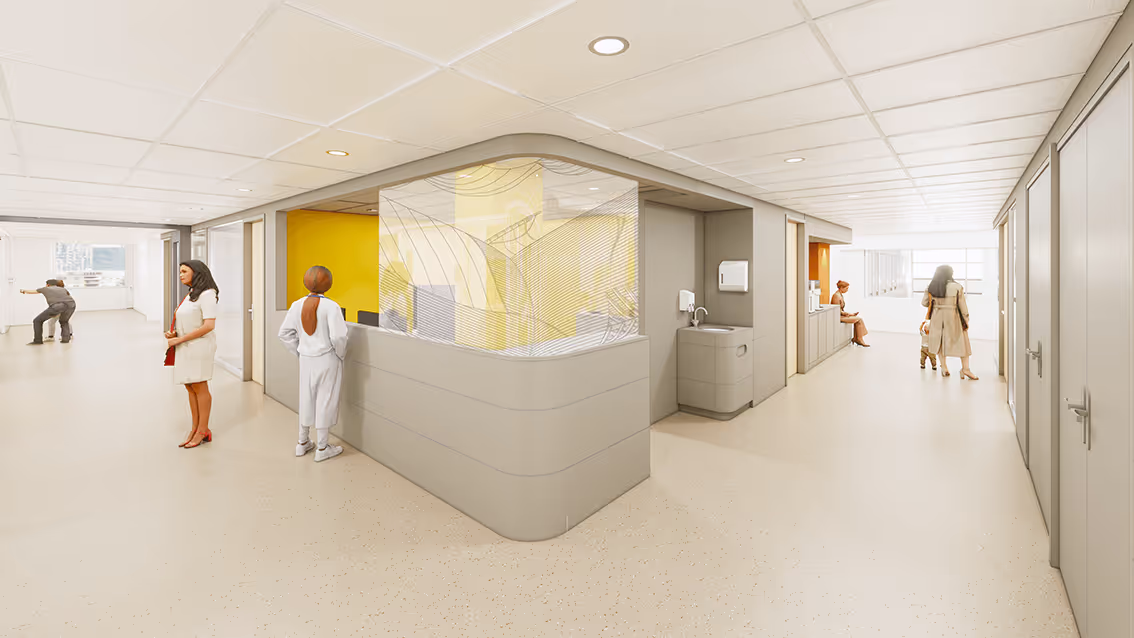
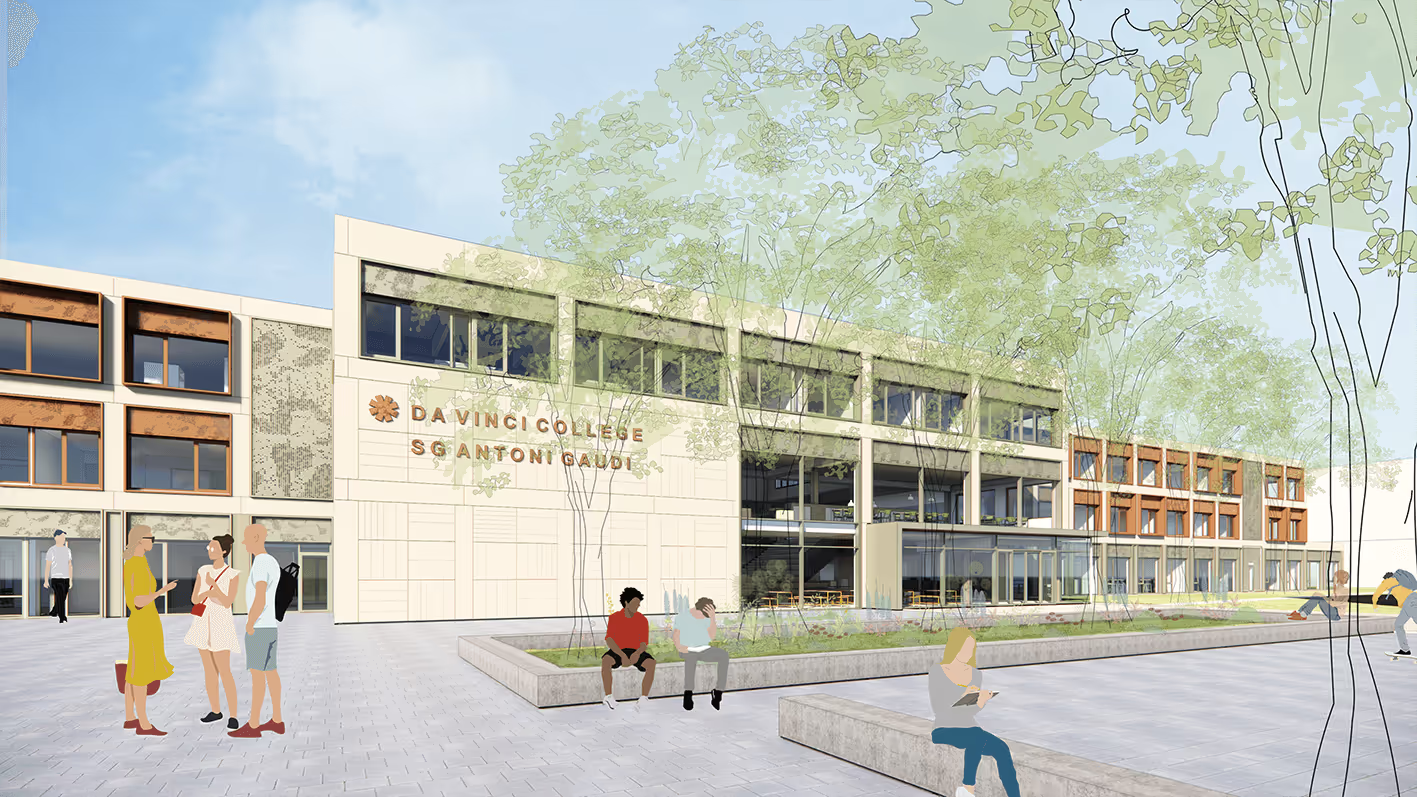
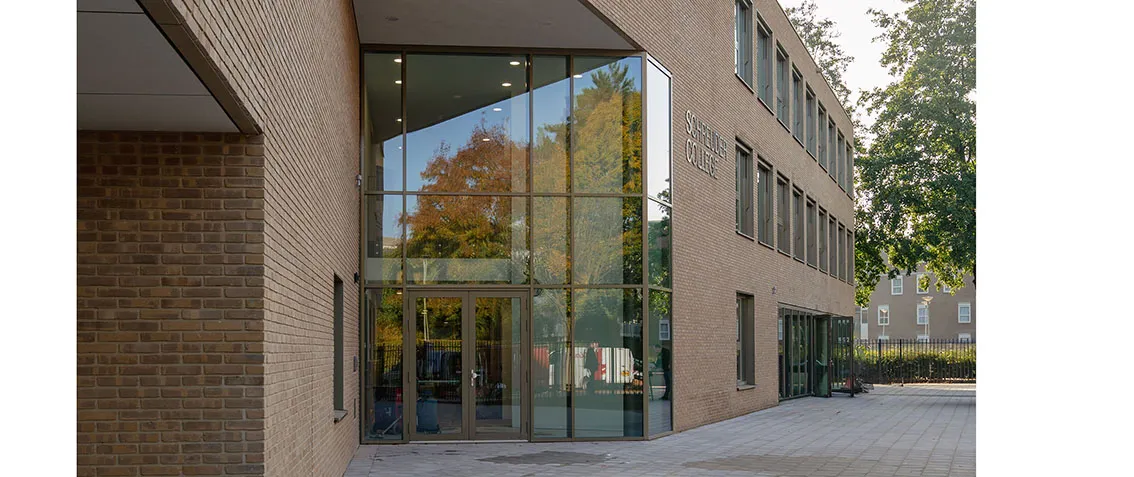
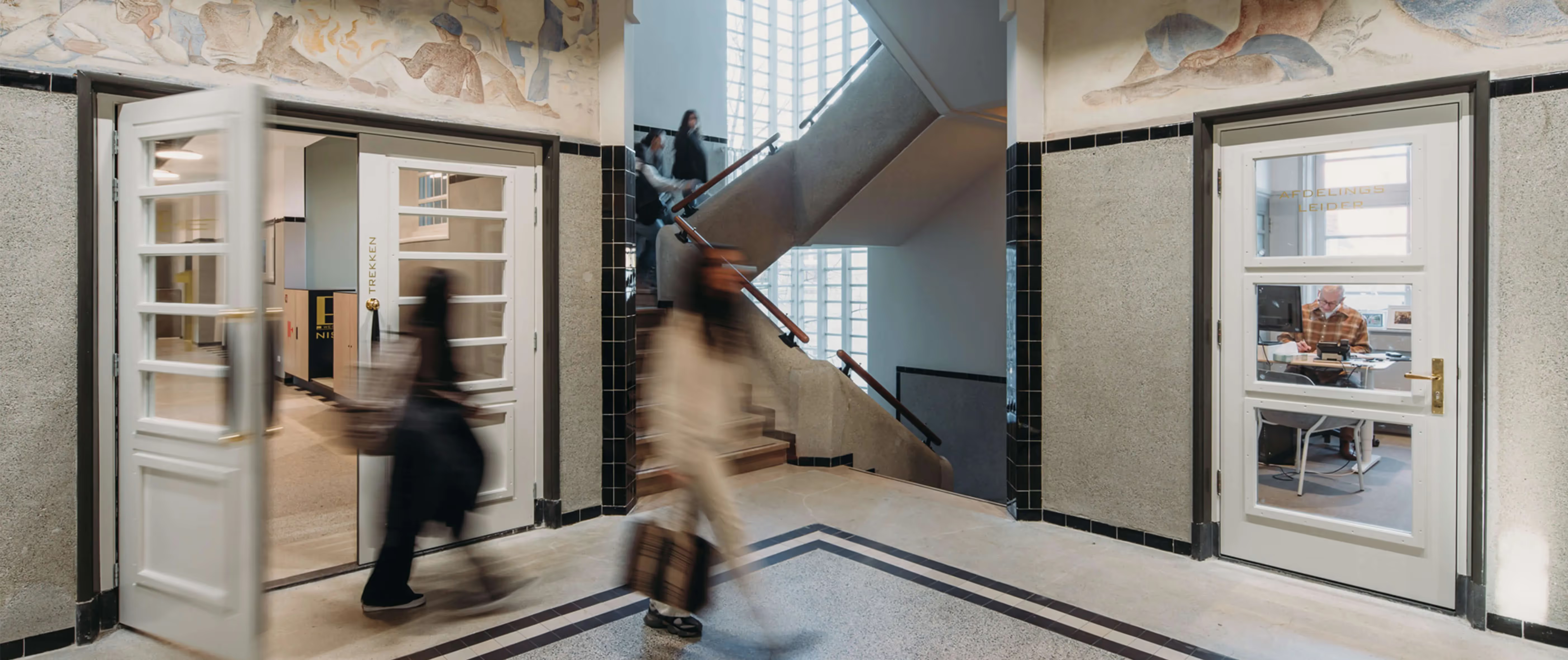
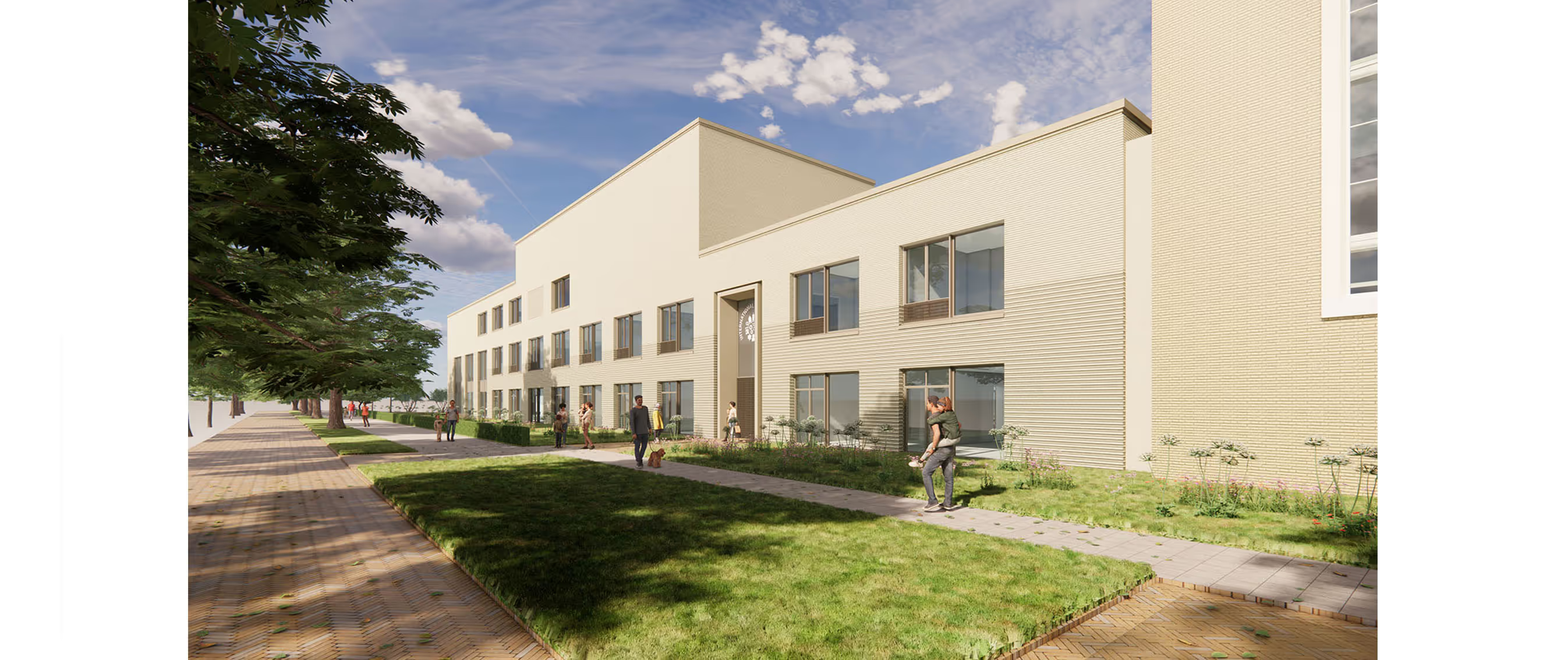

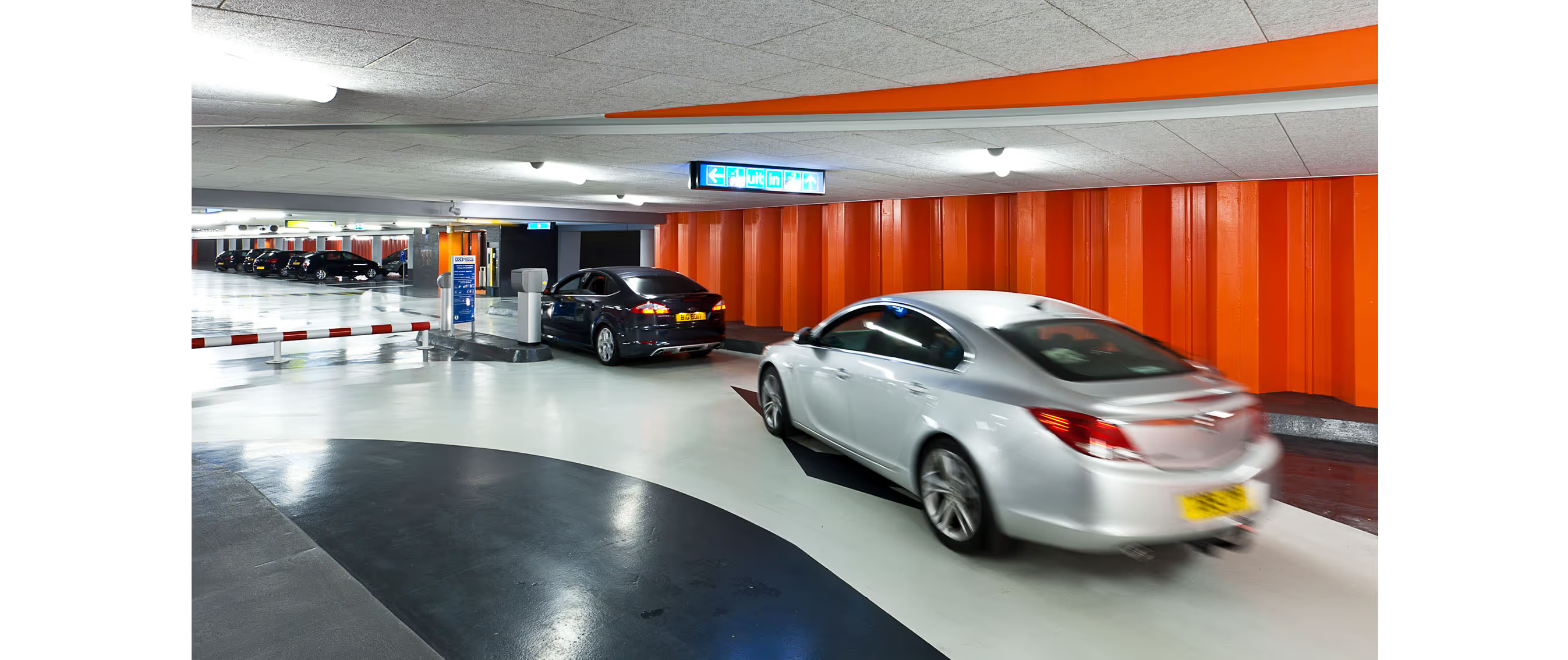
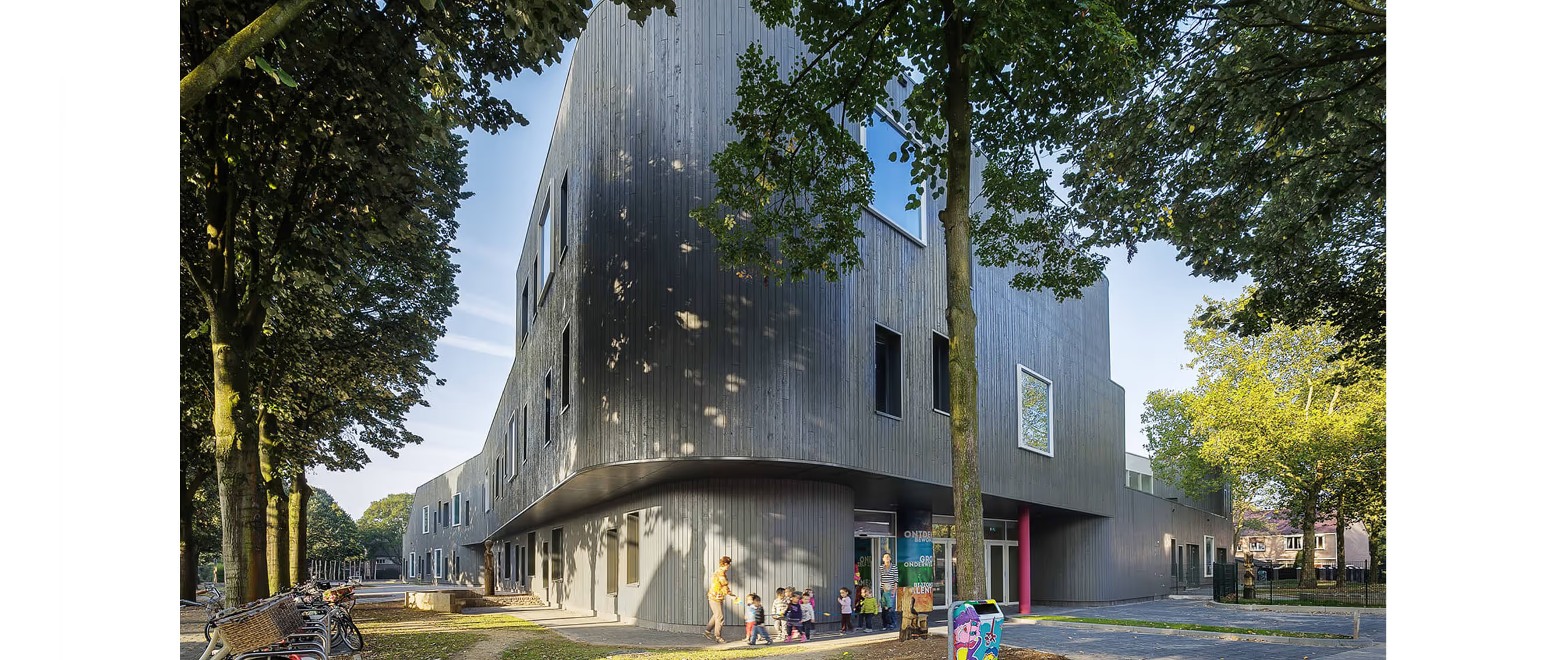
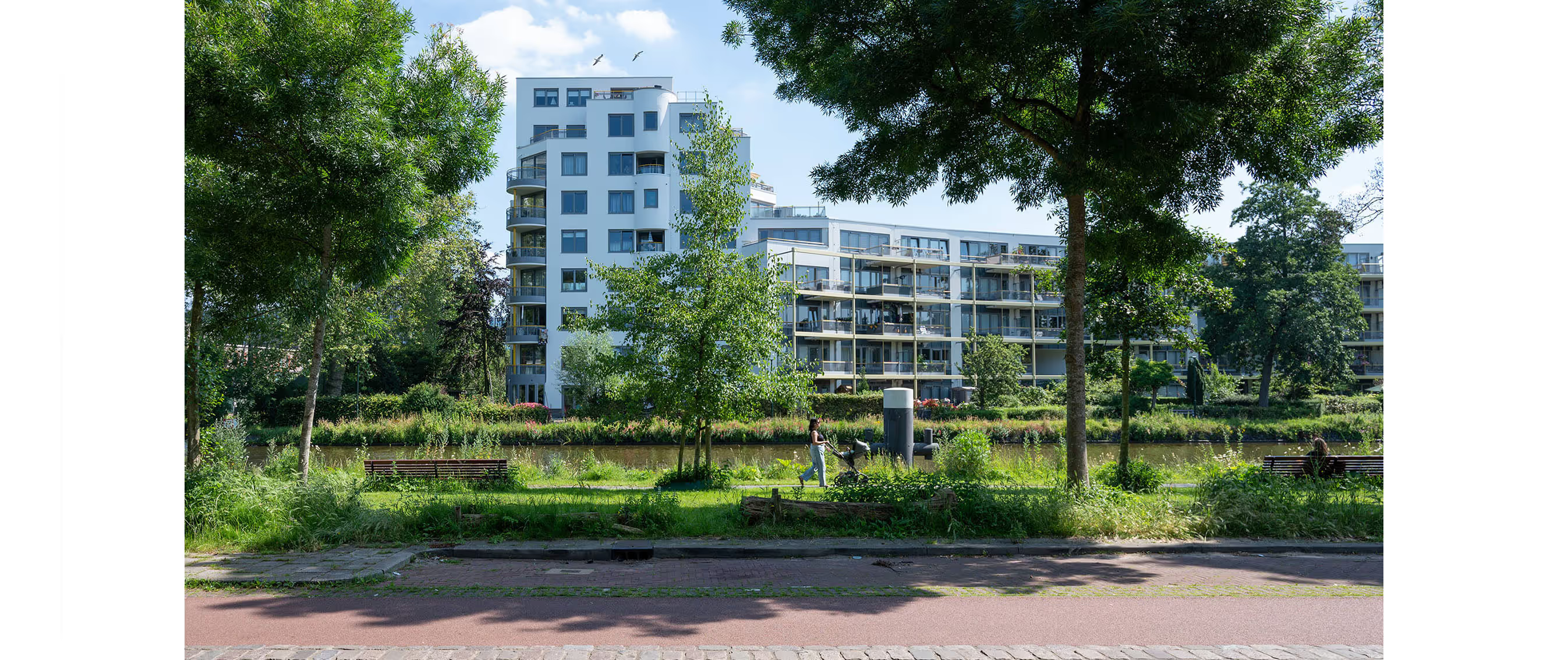
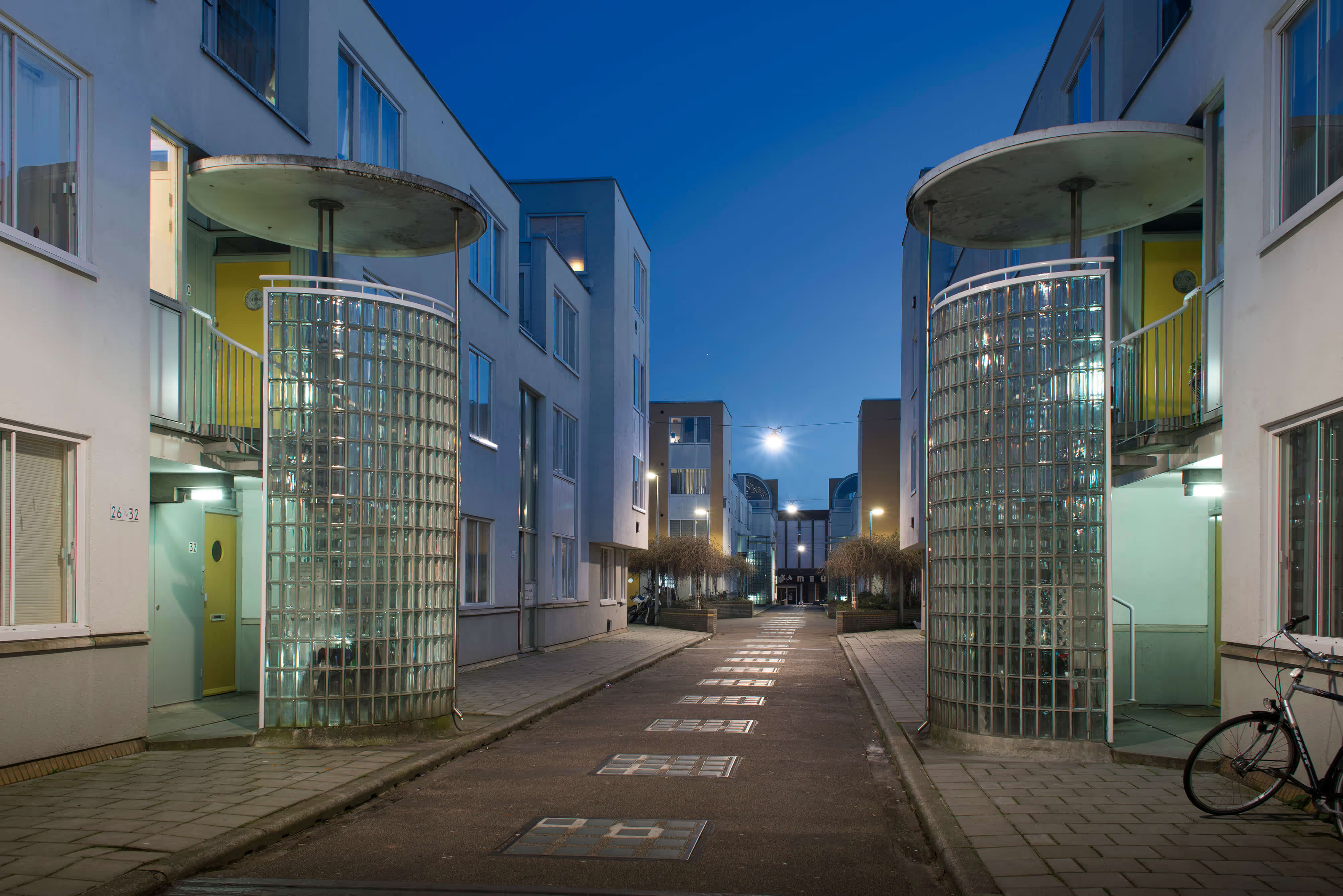
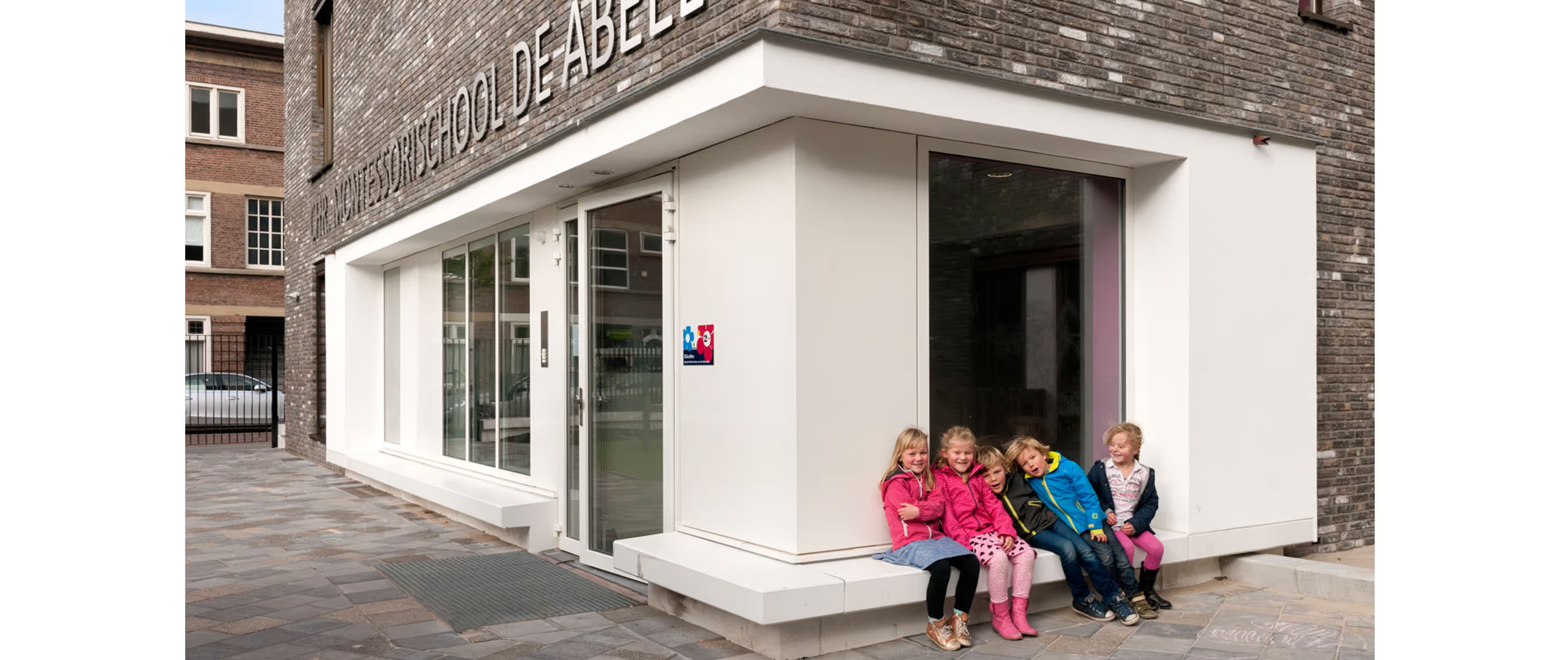
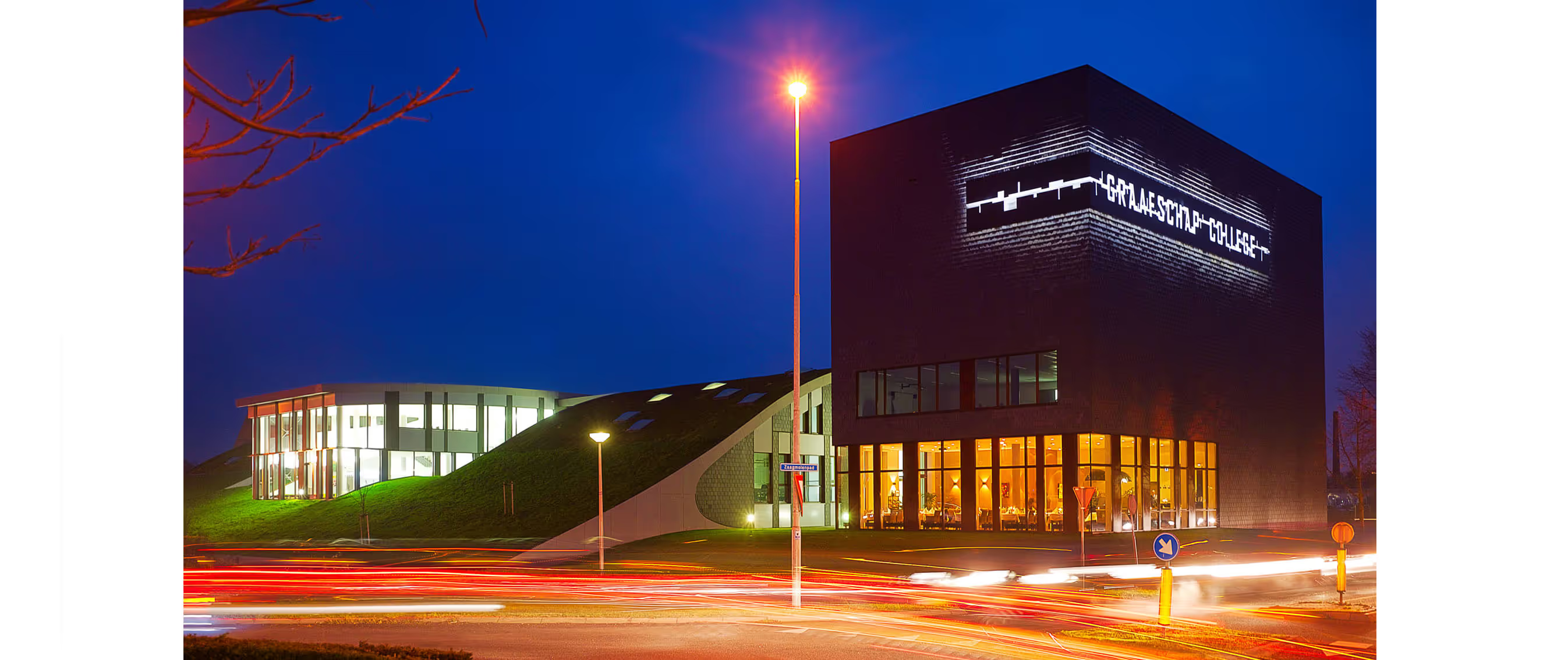
.jpg)

